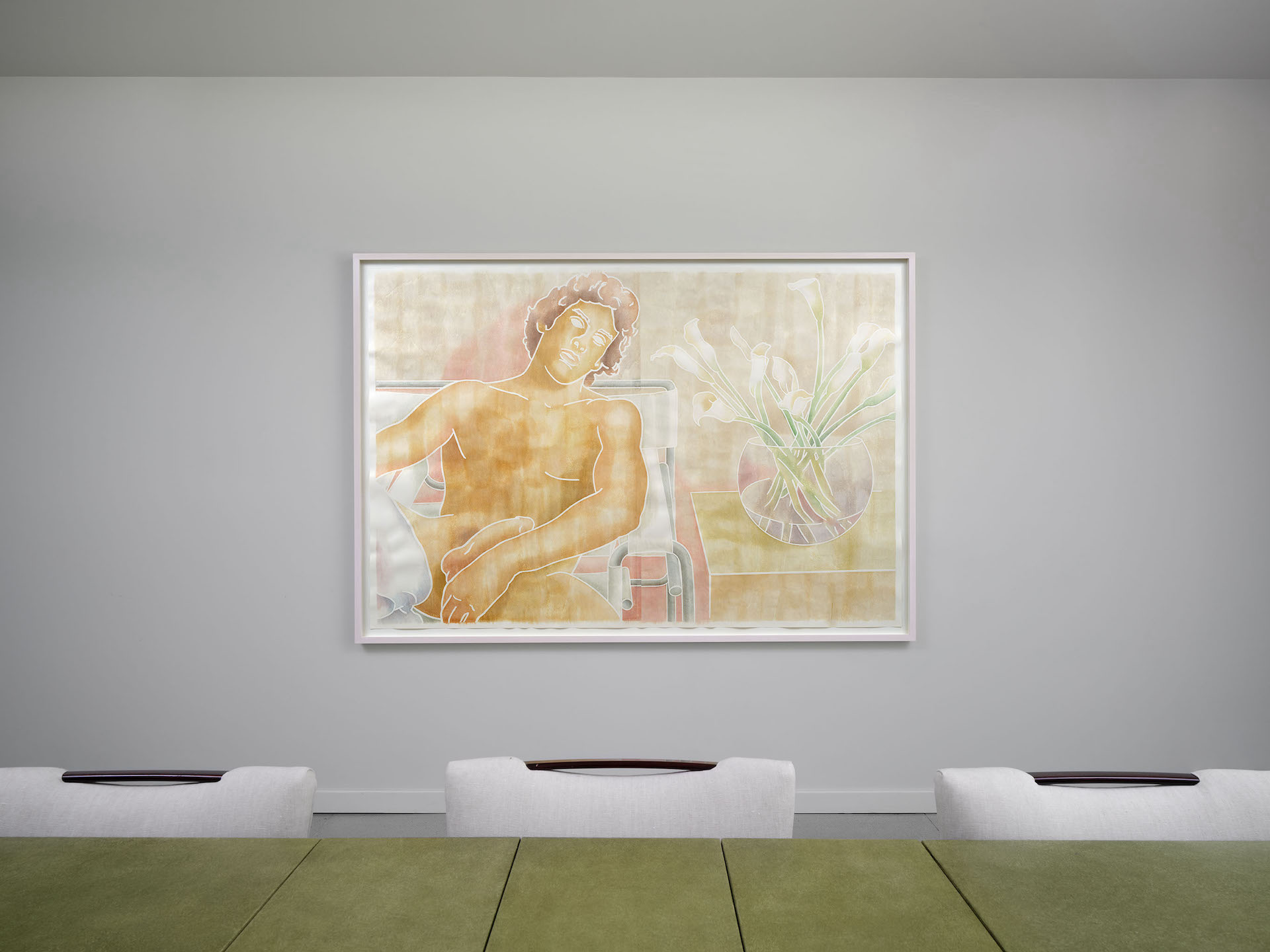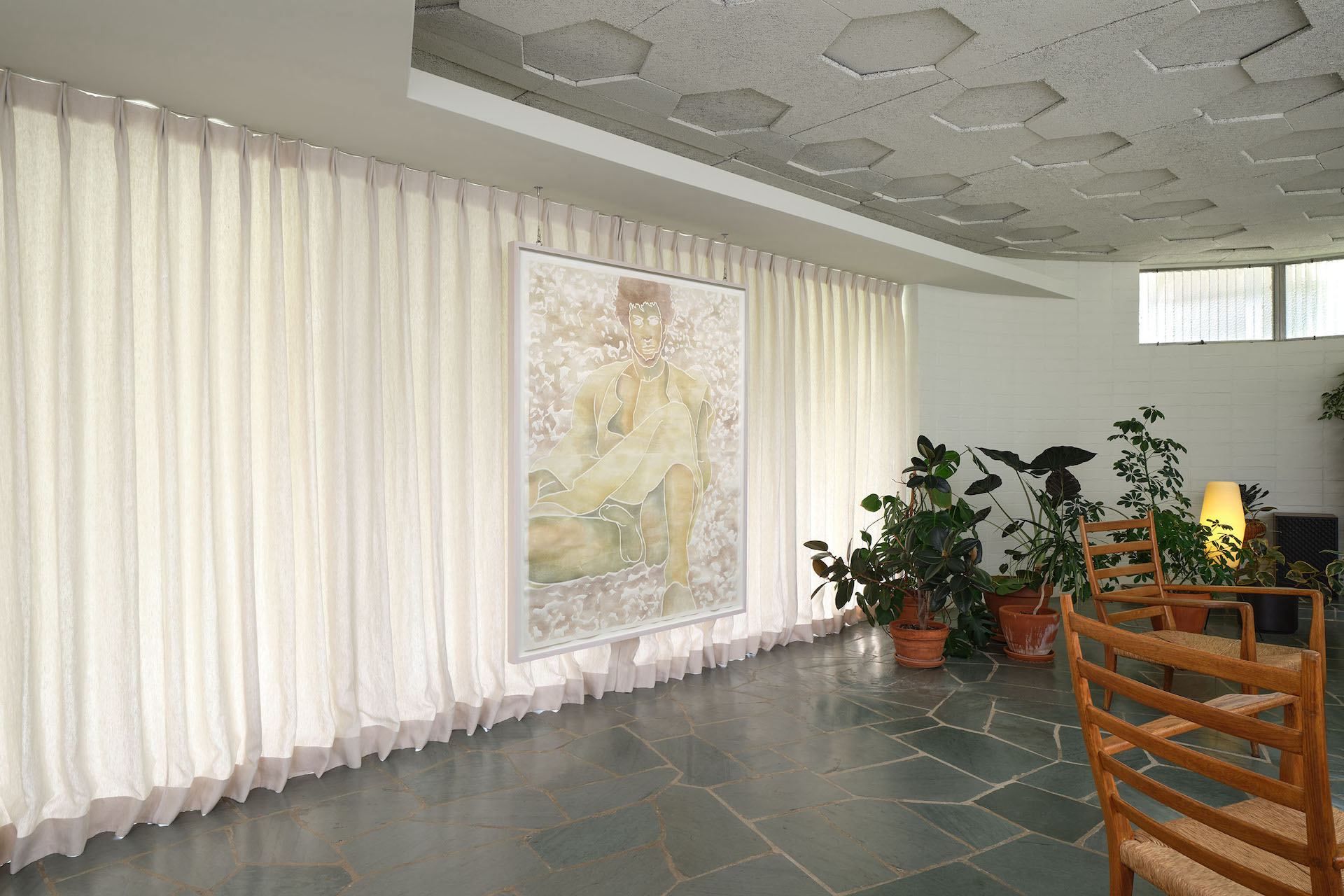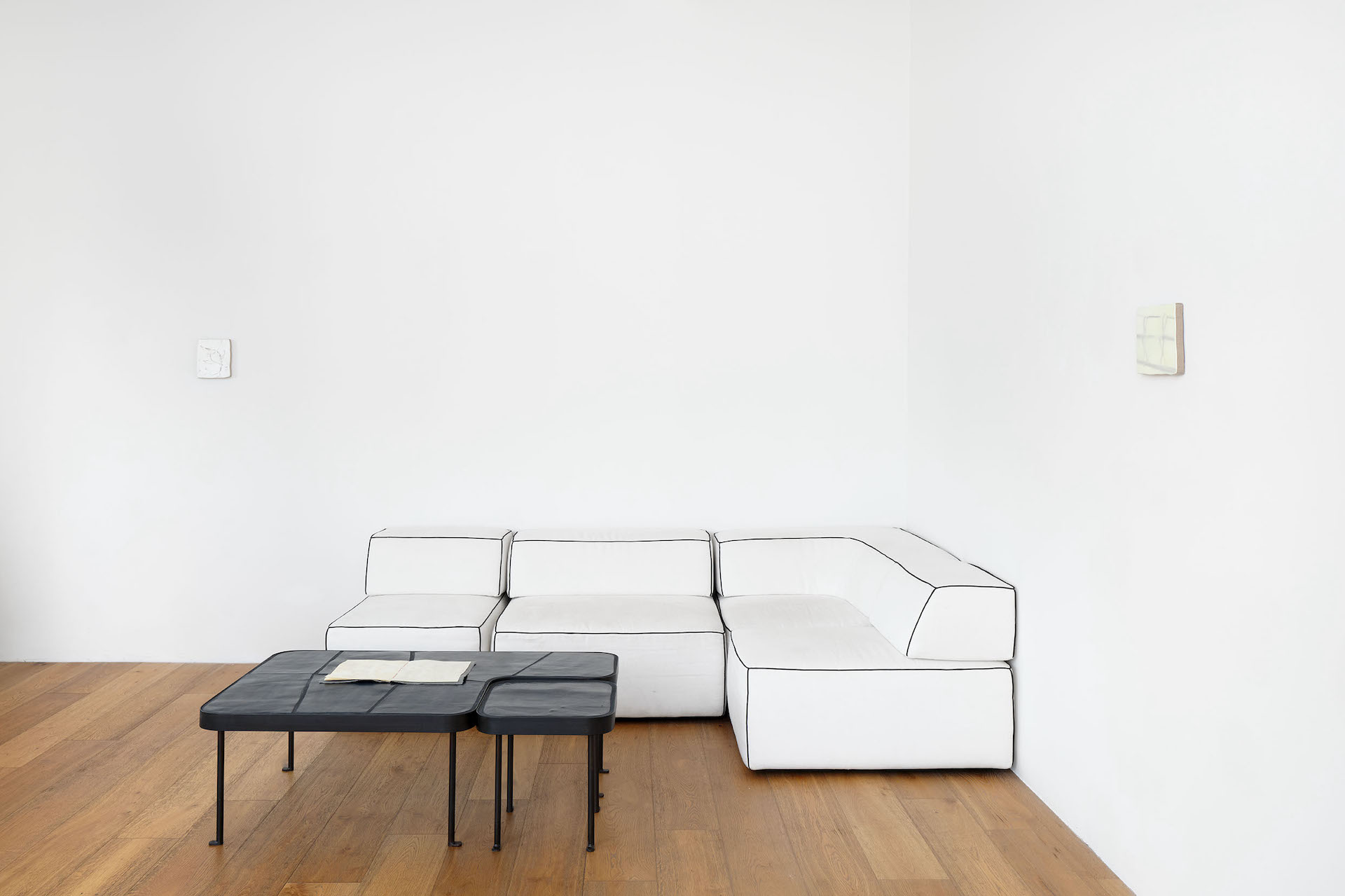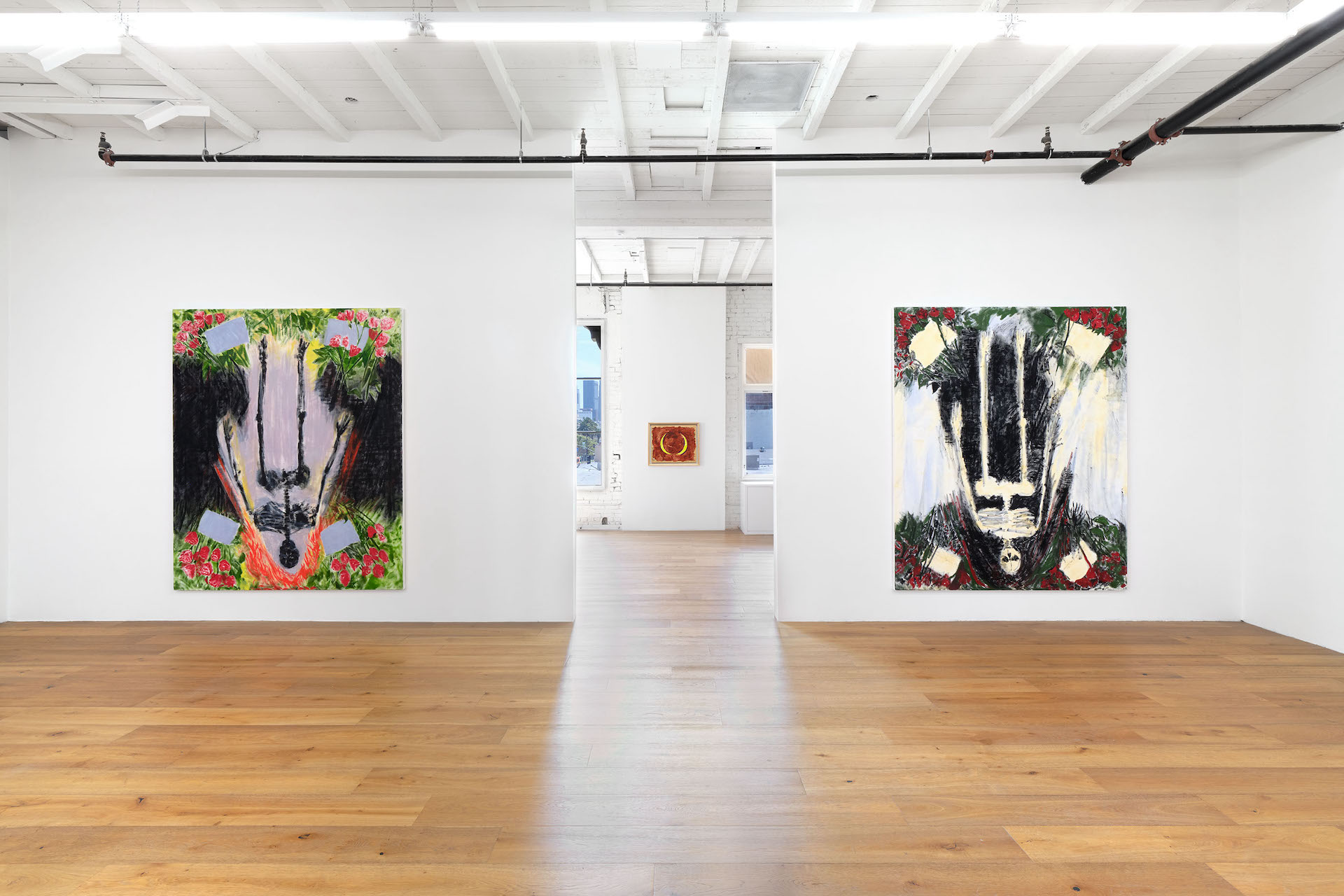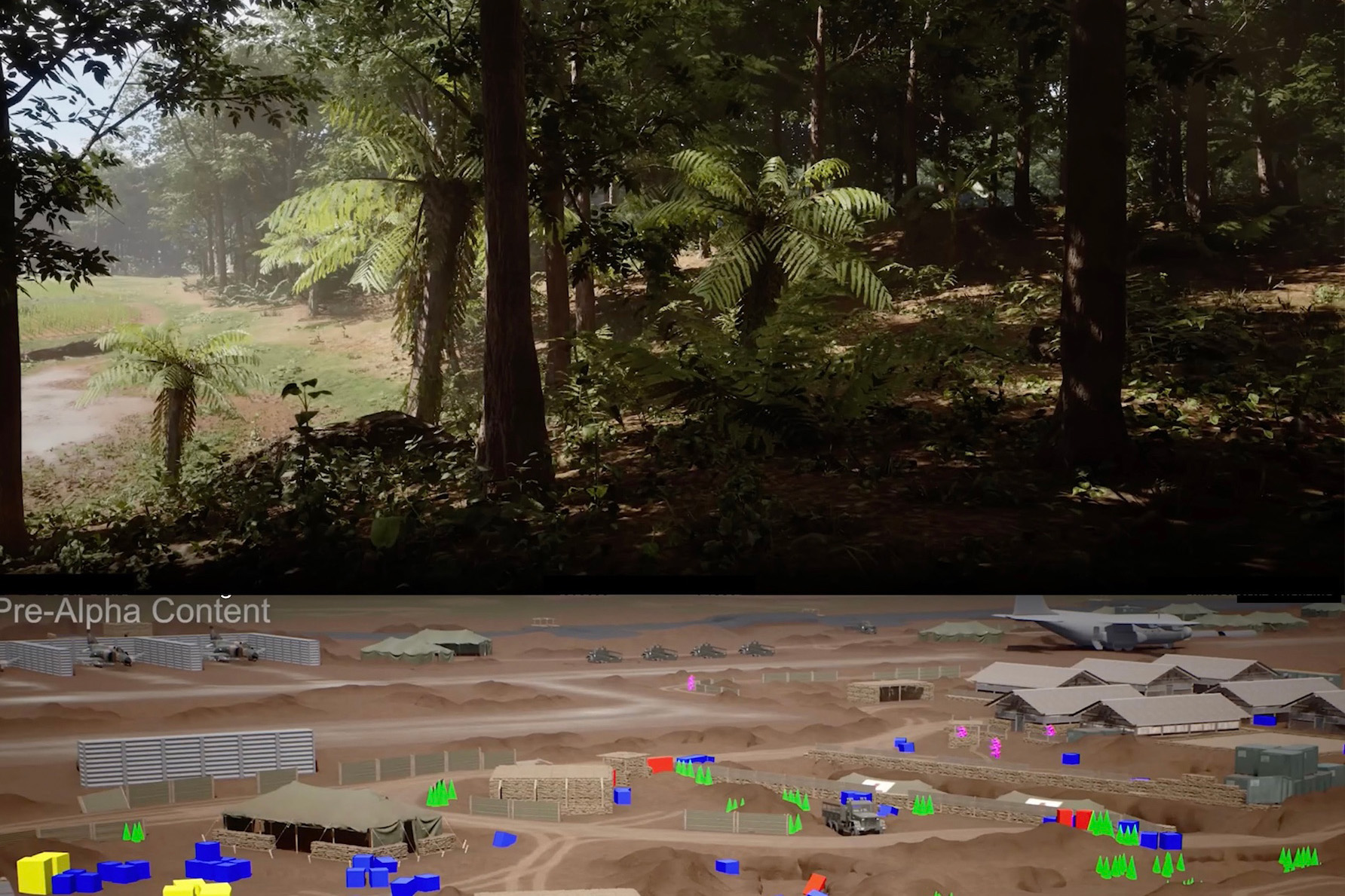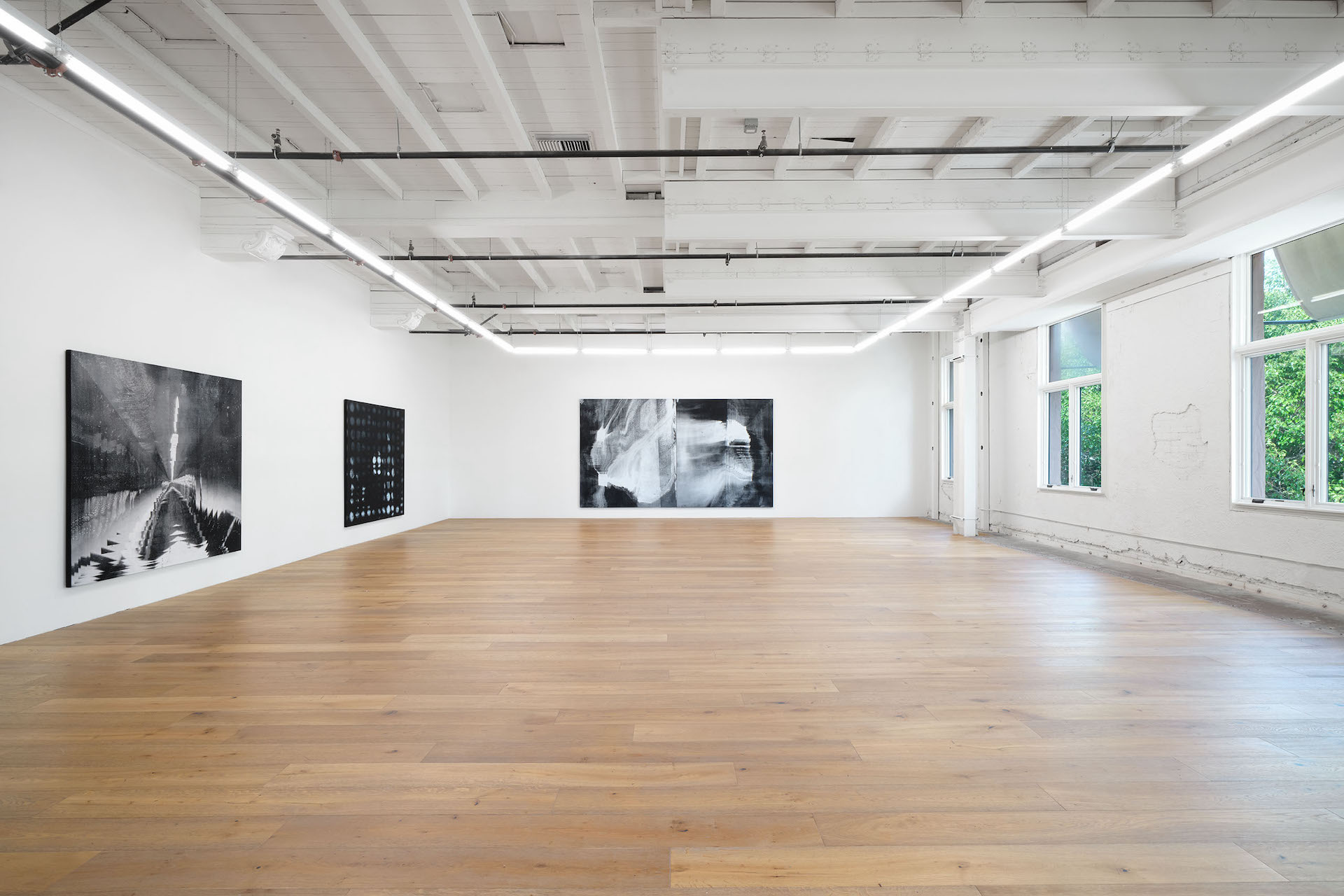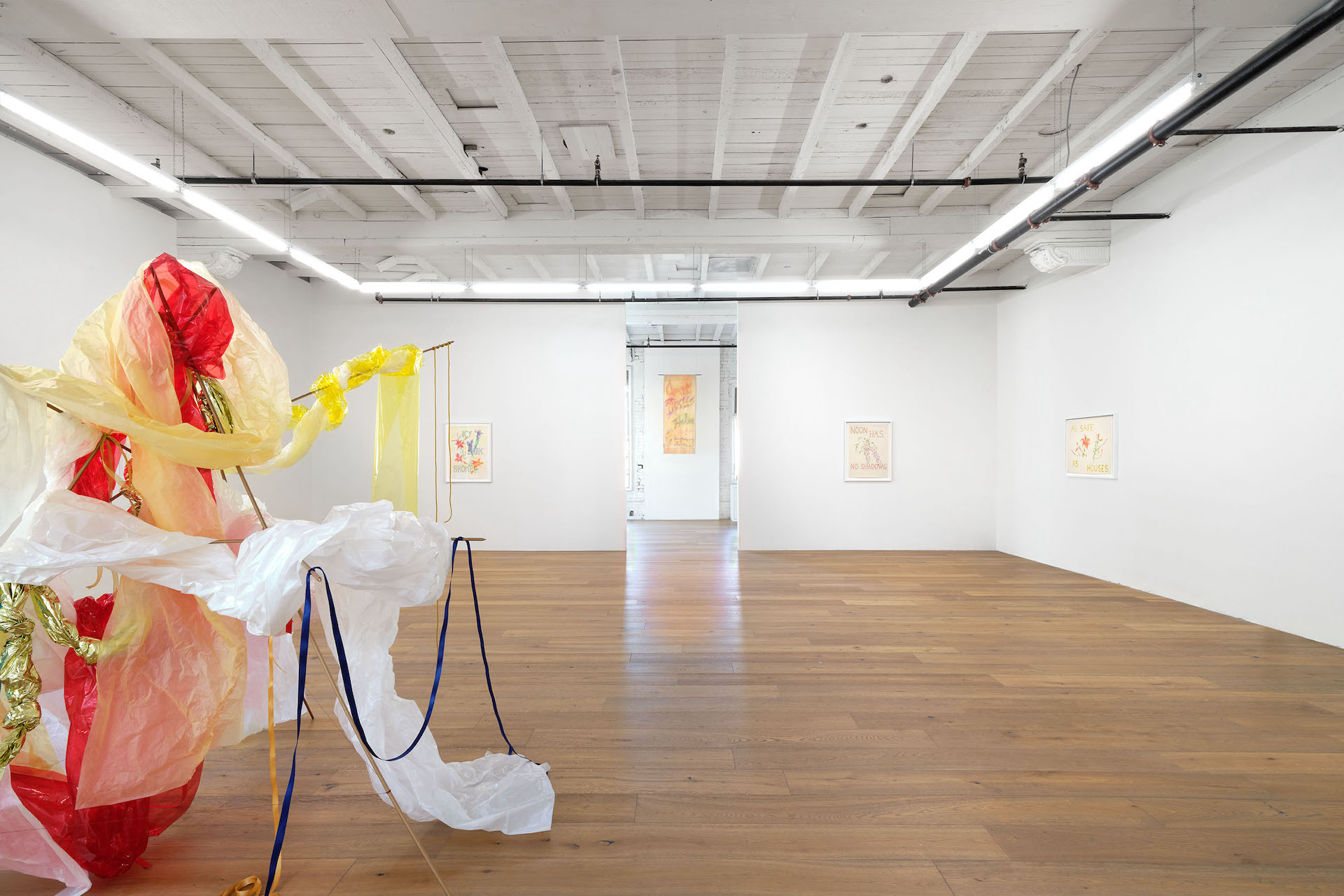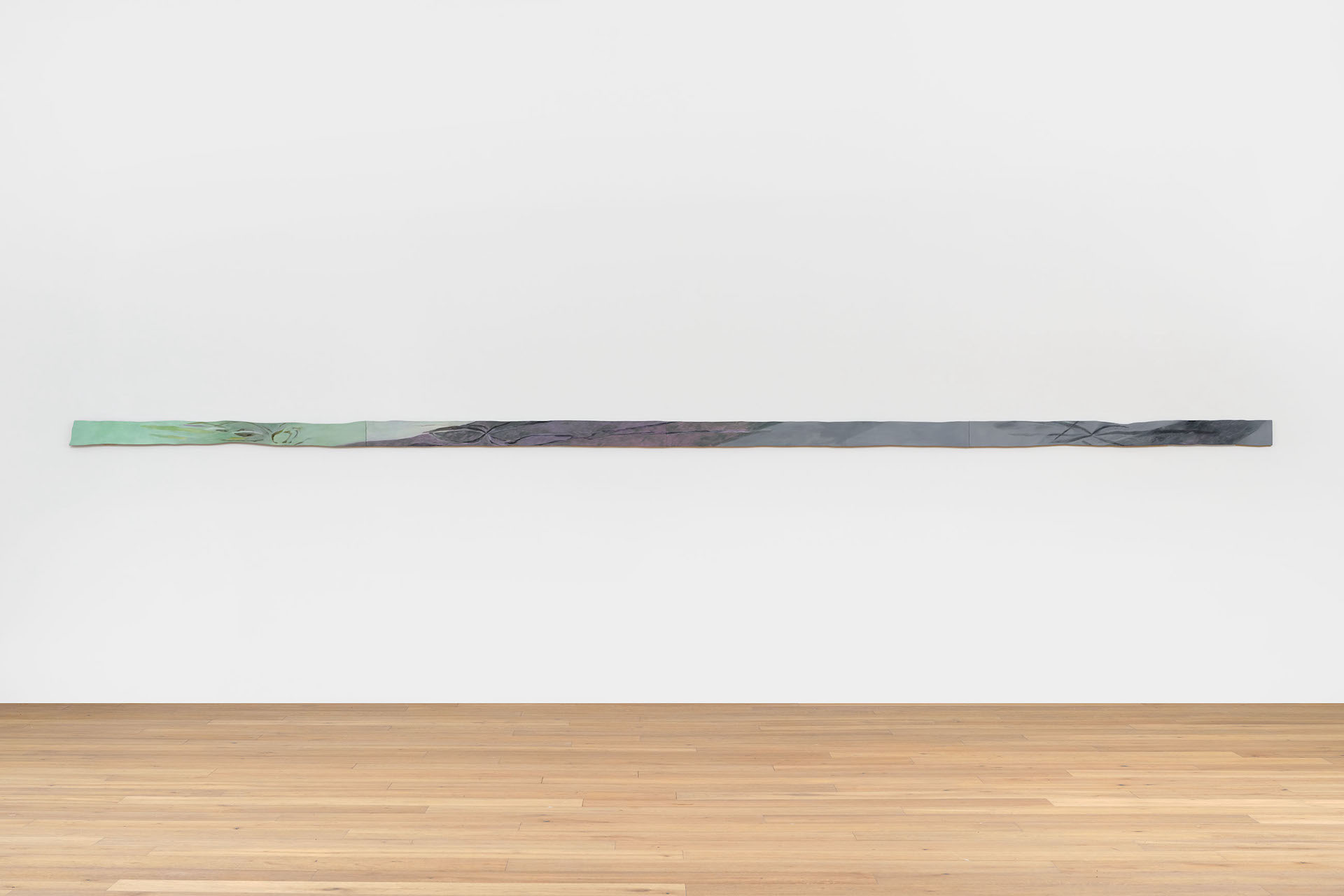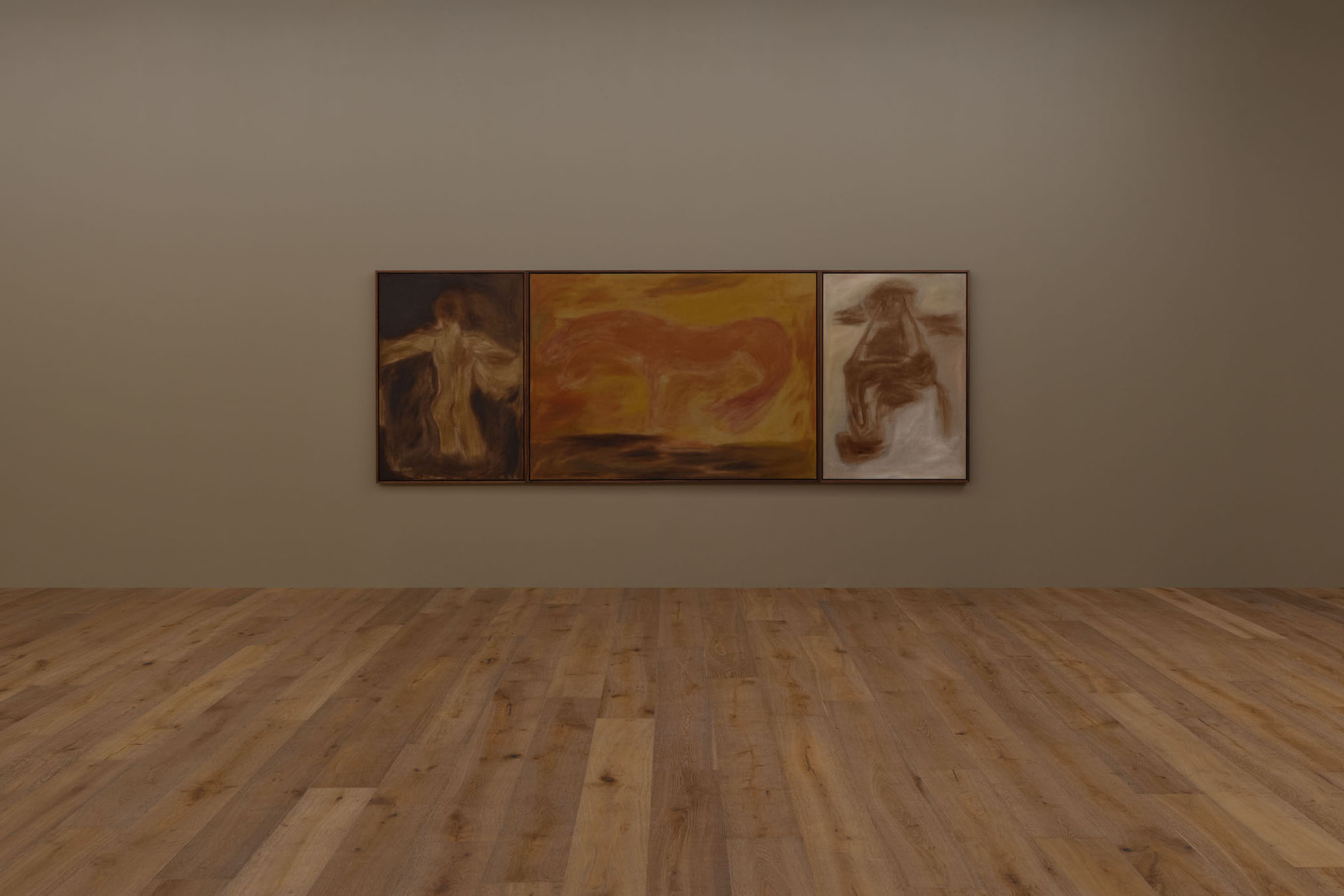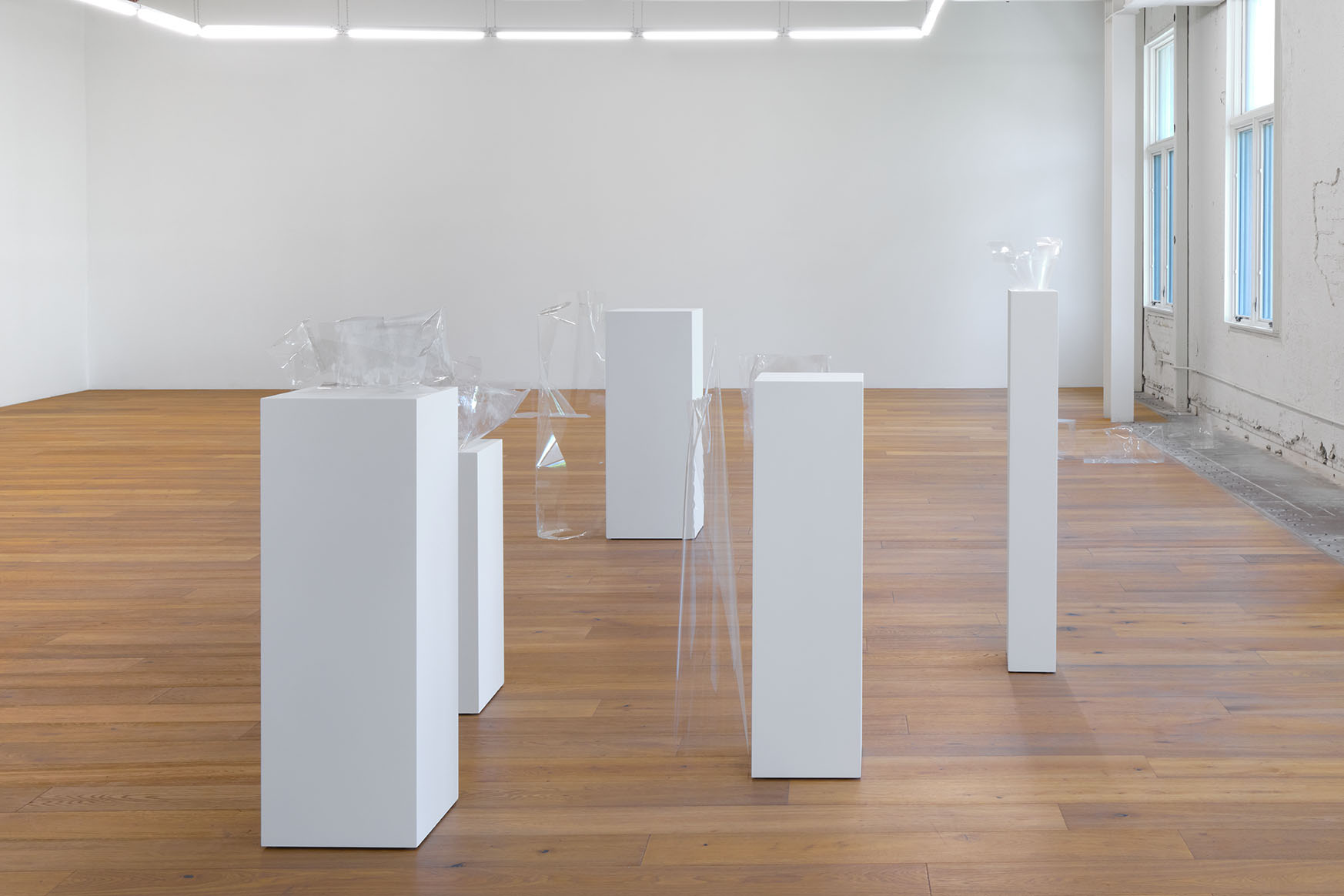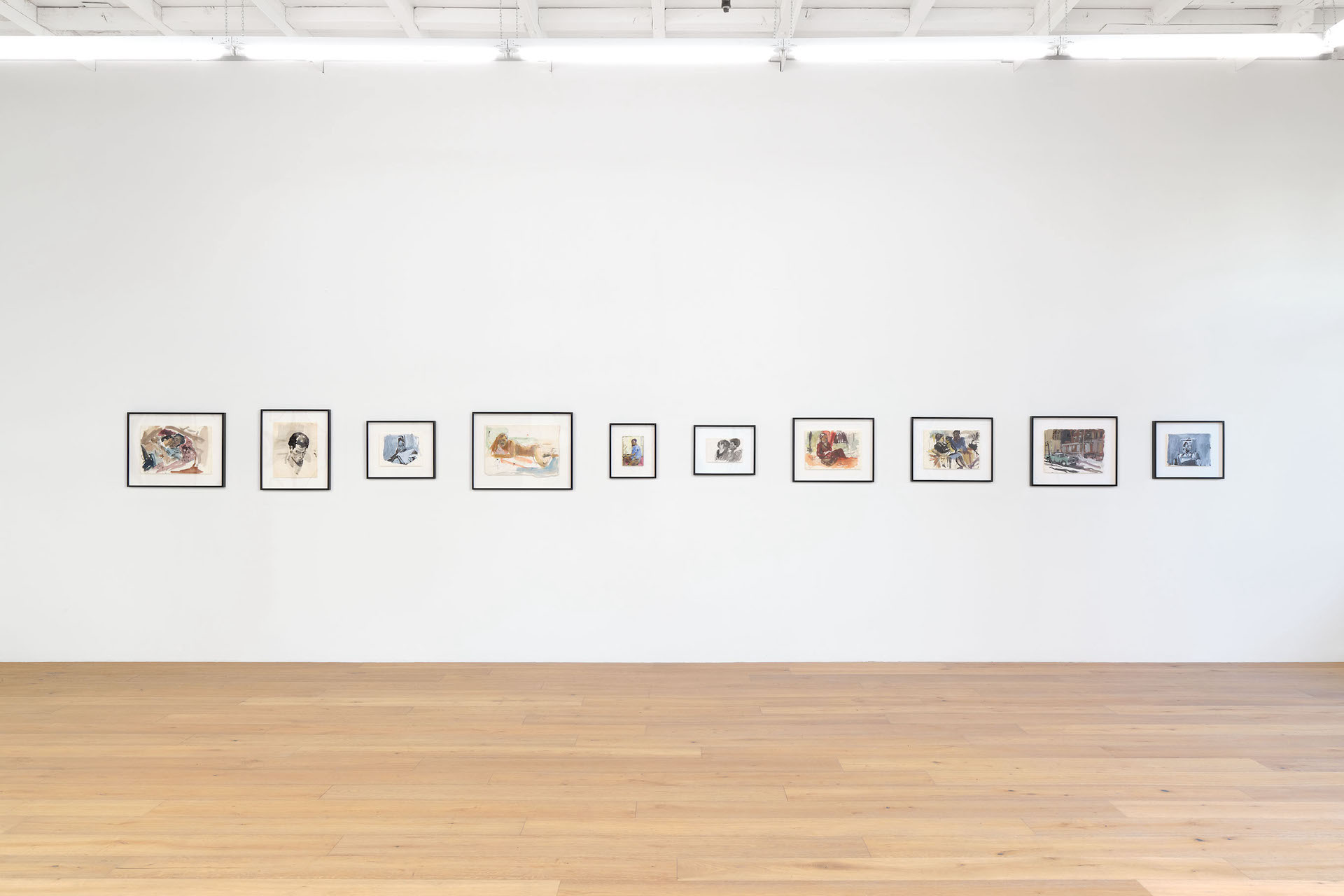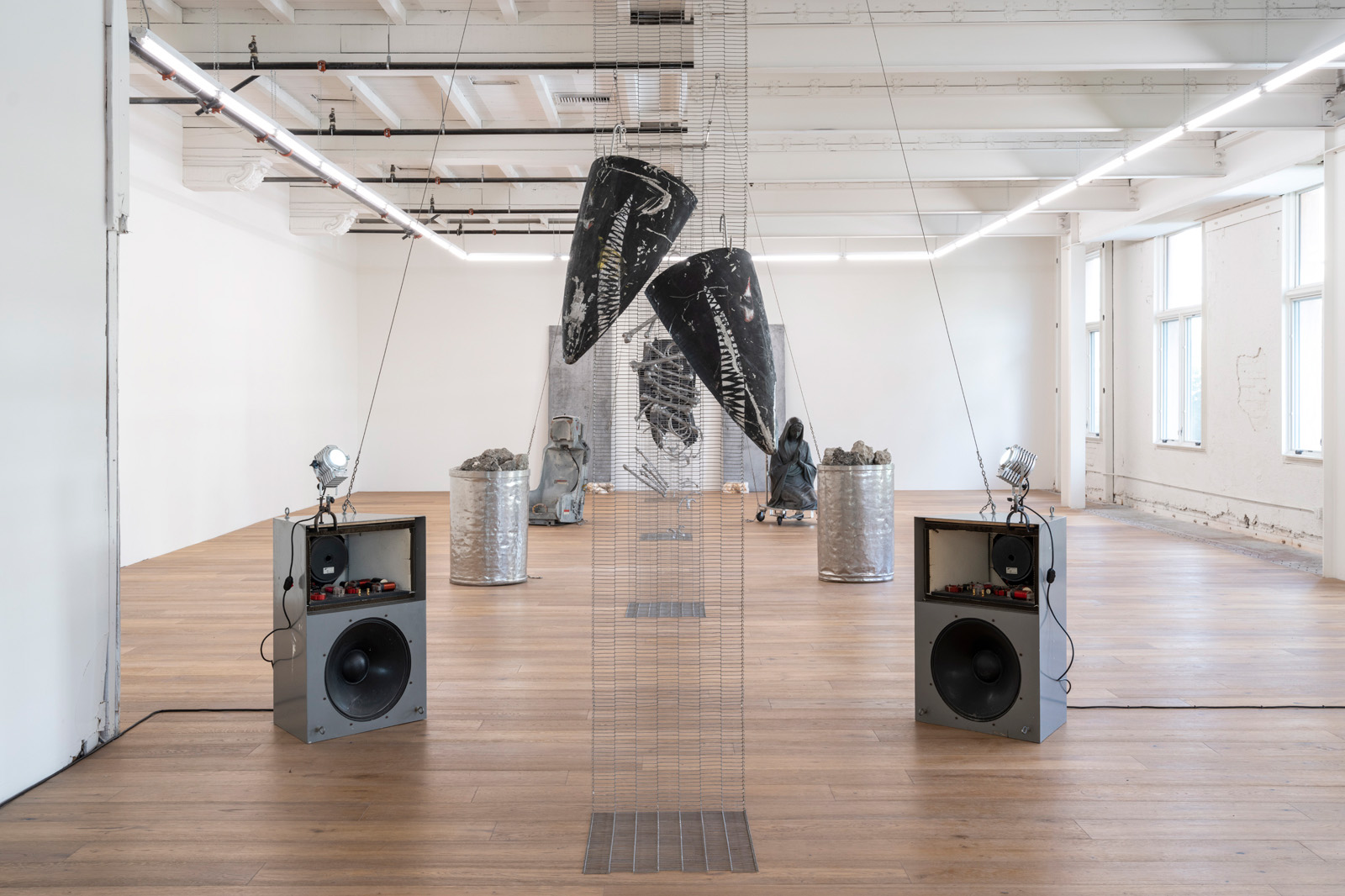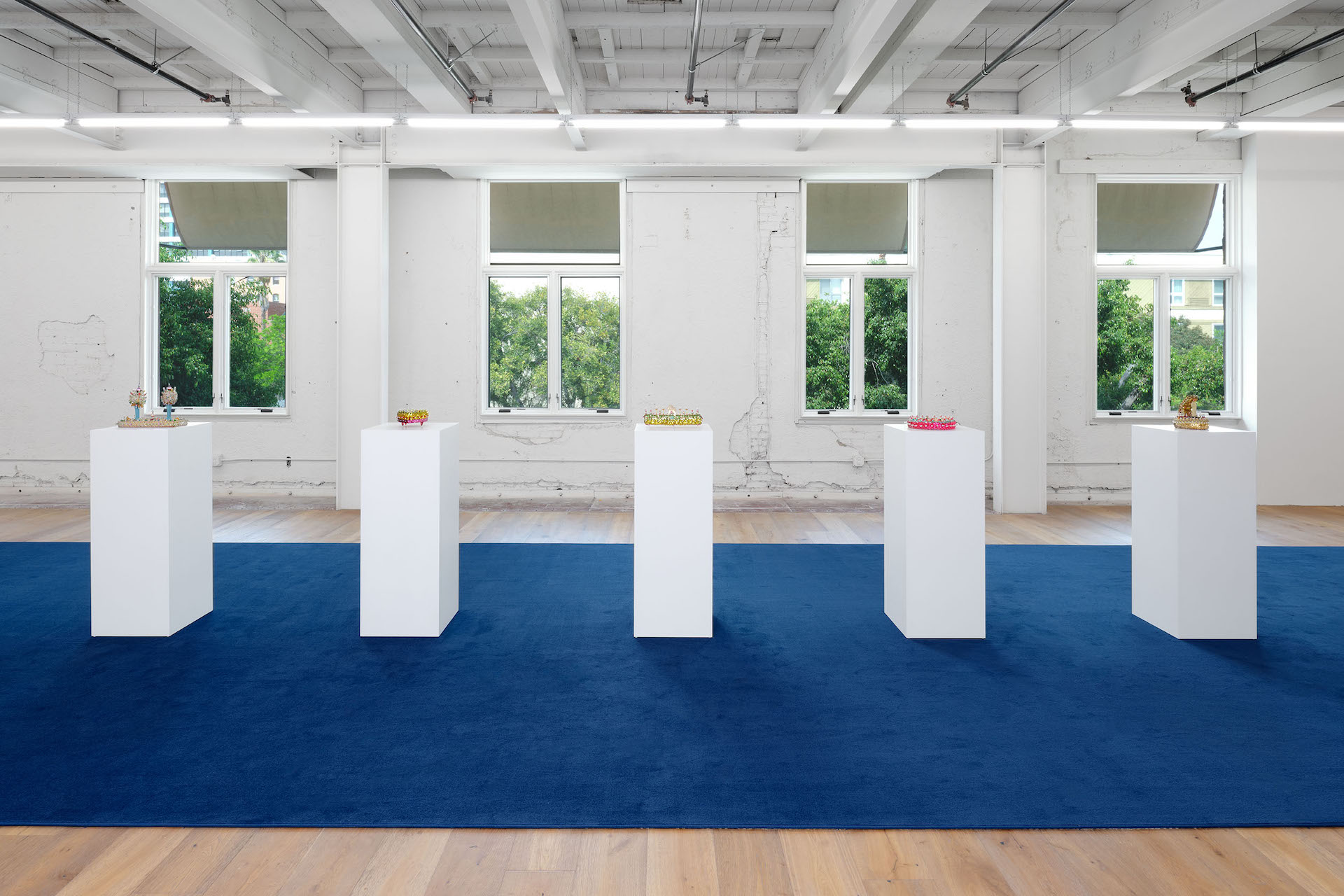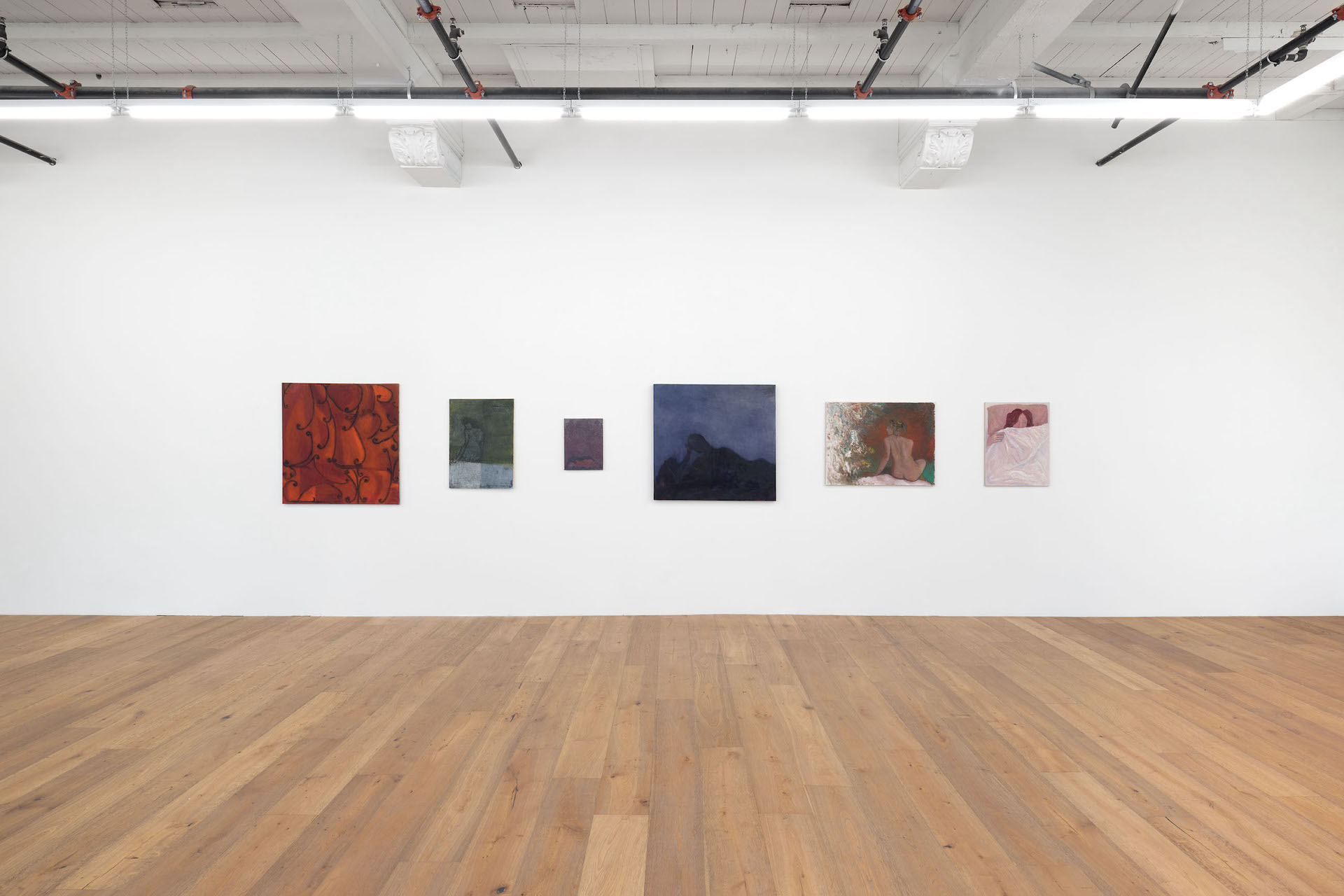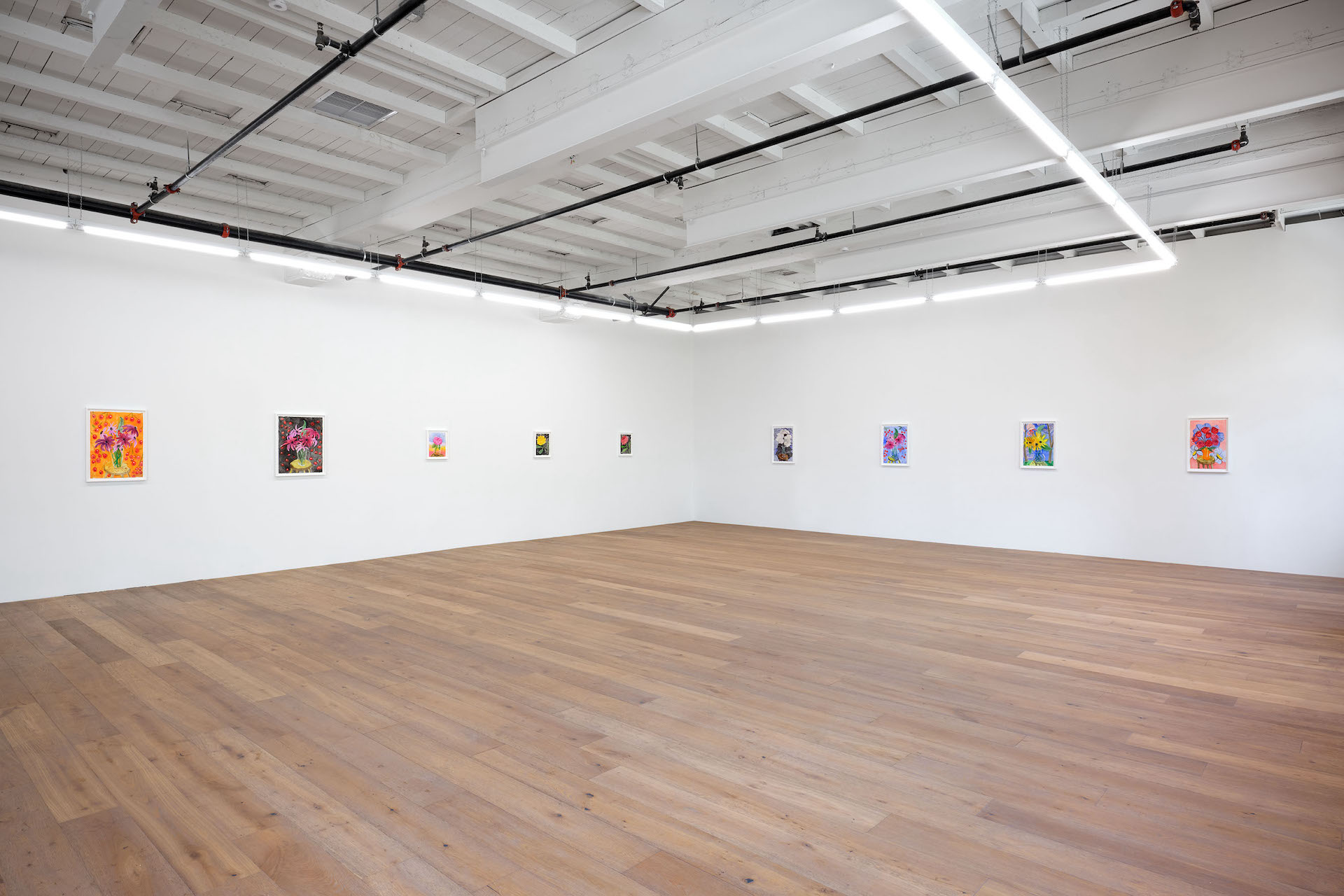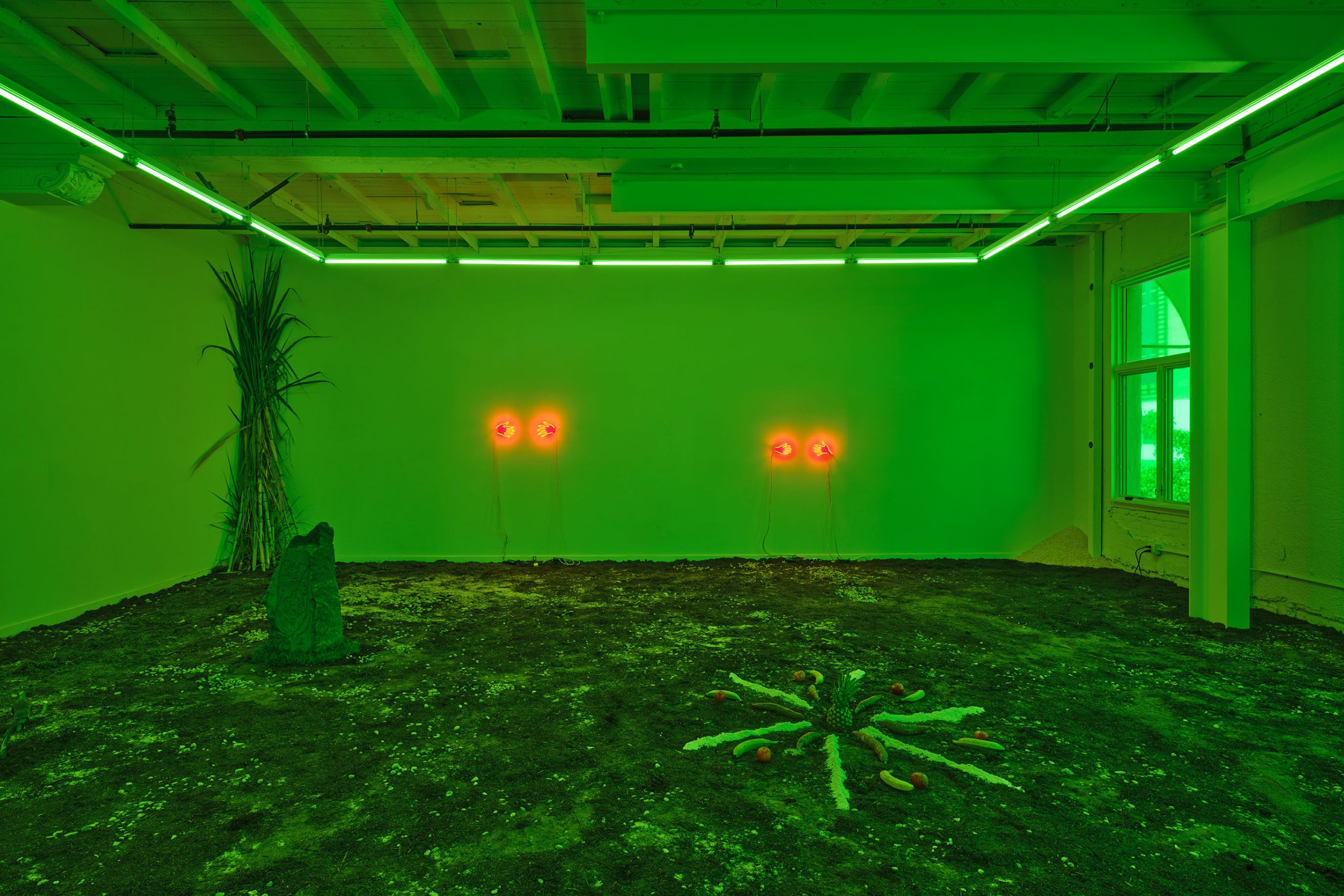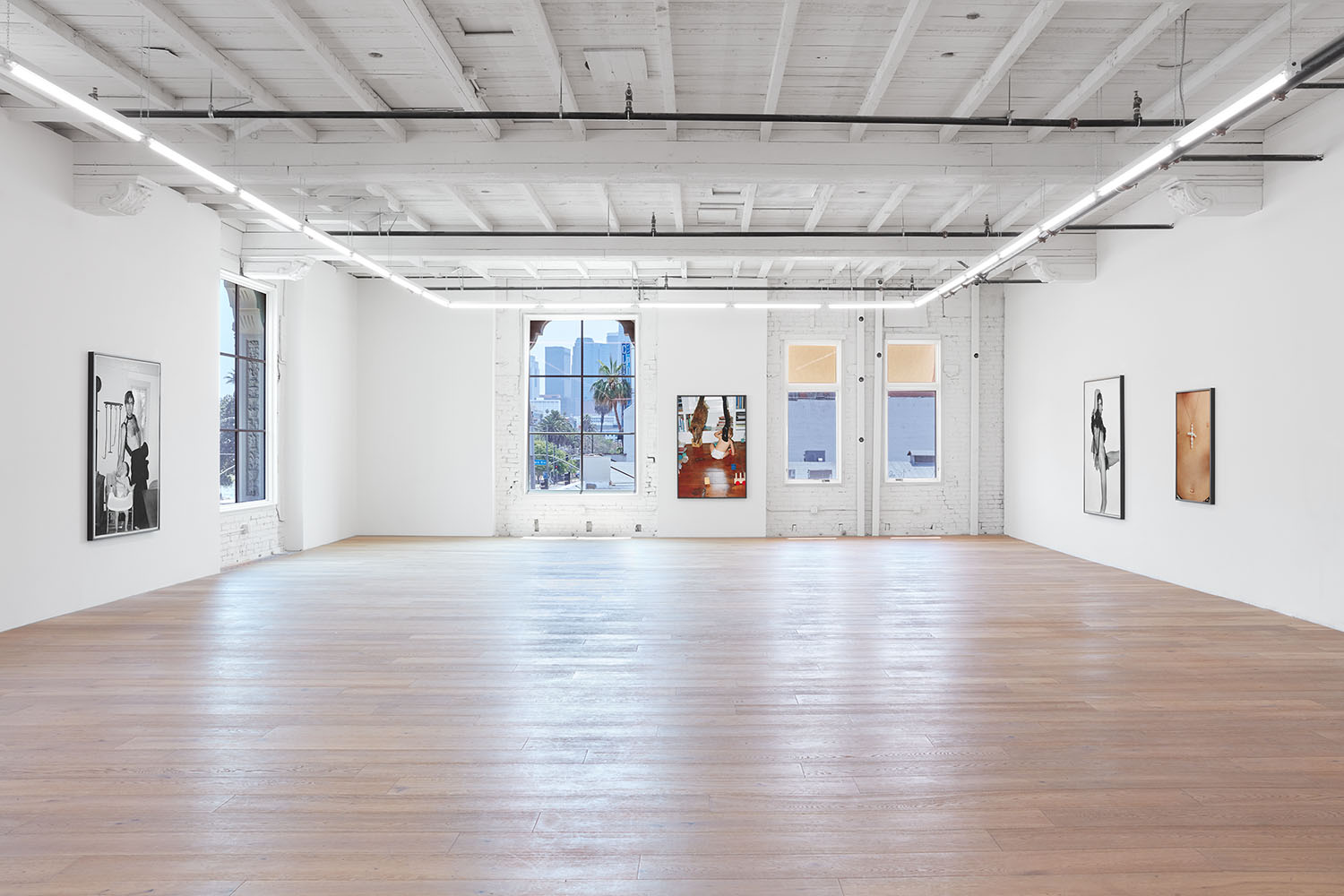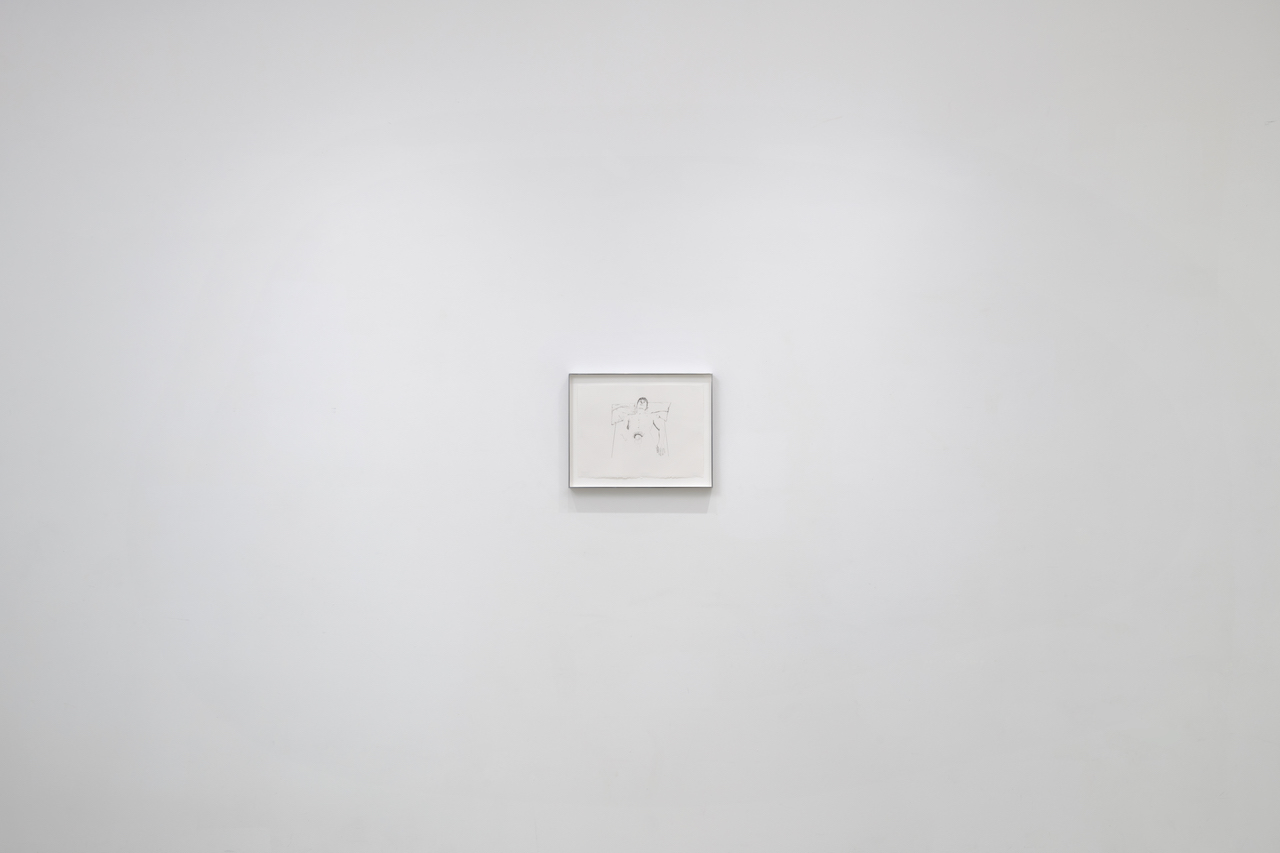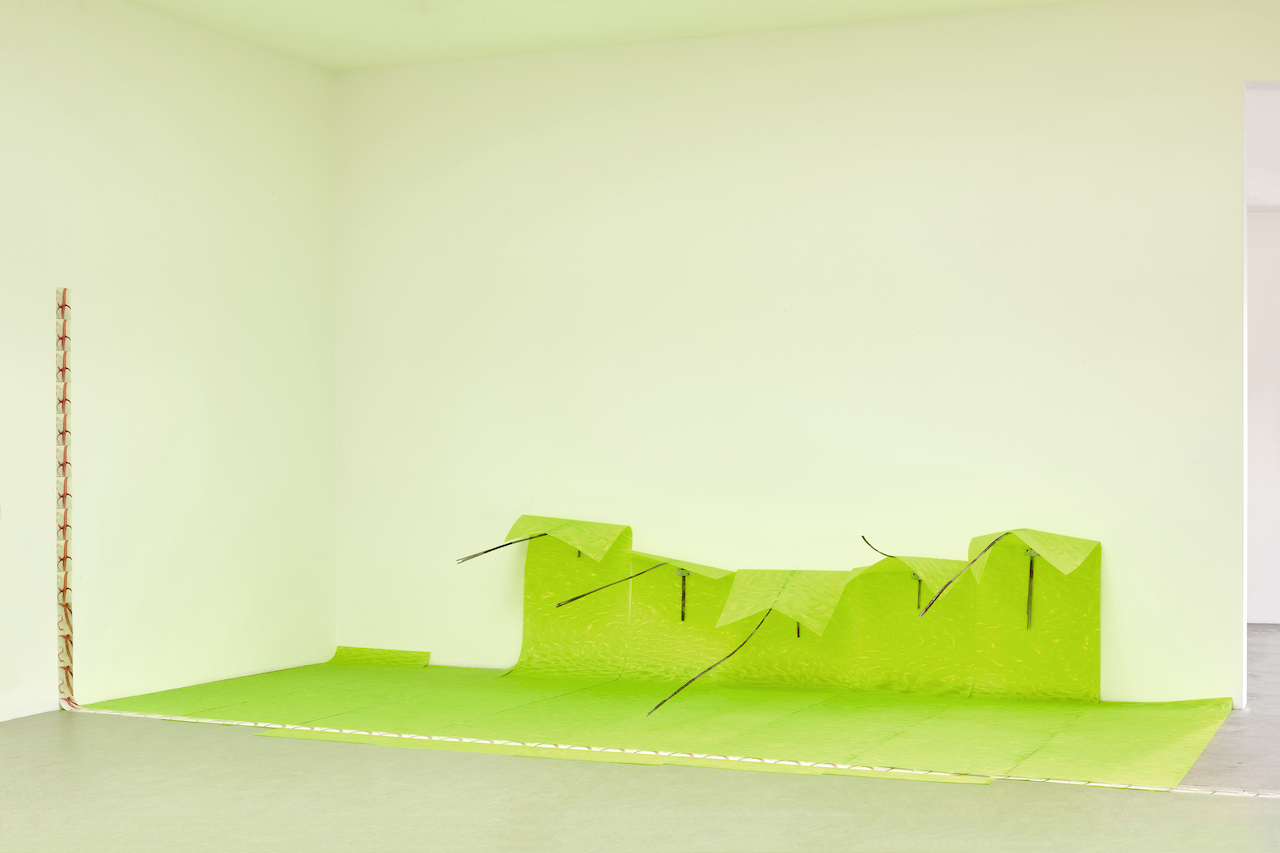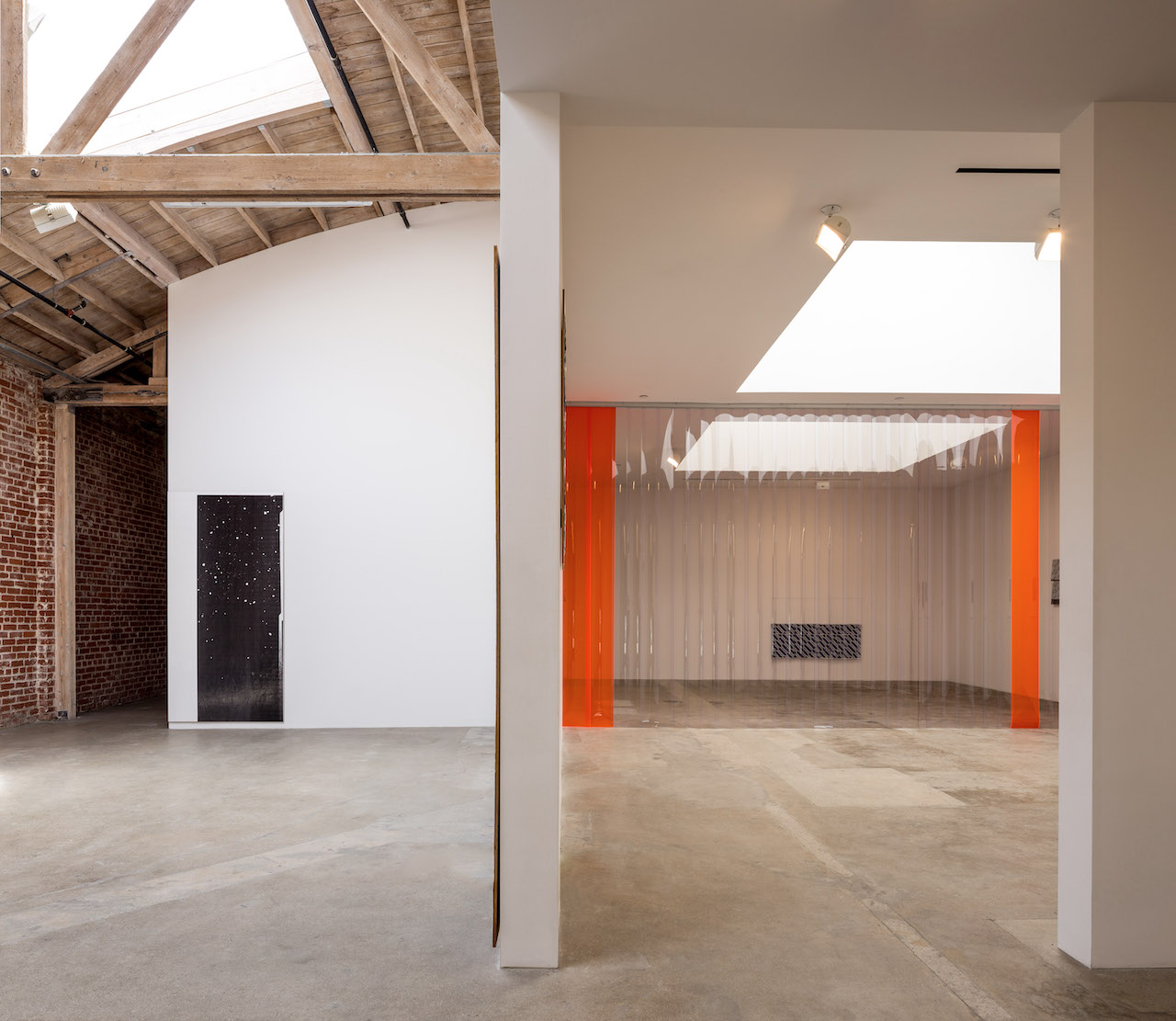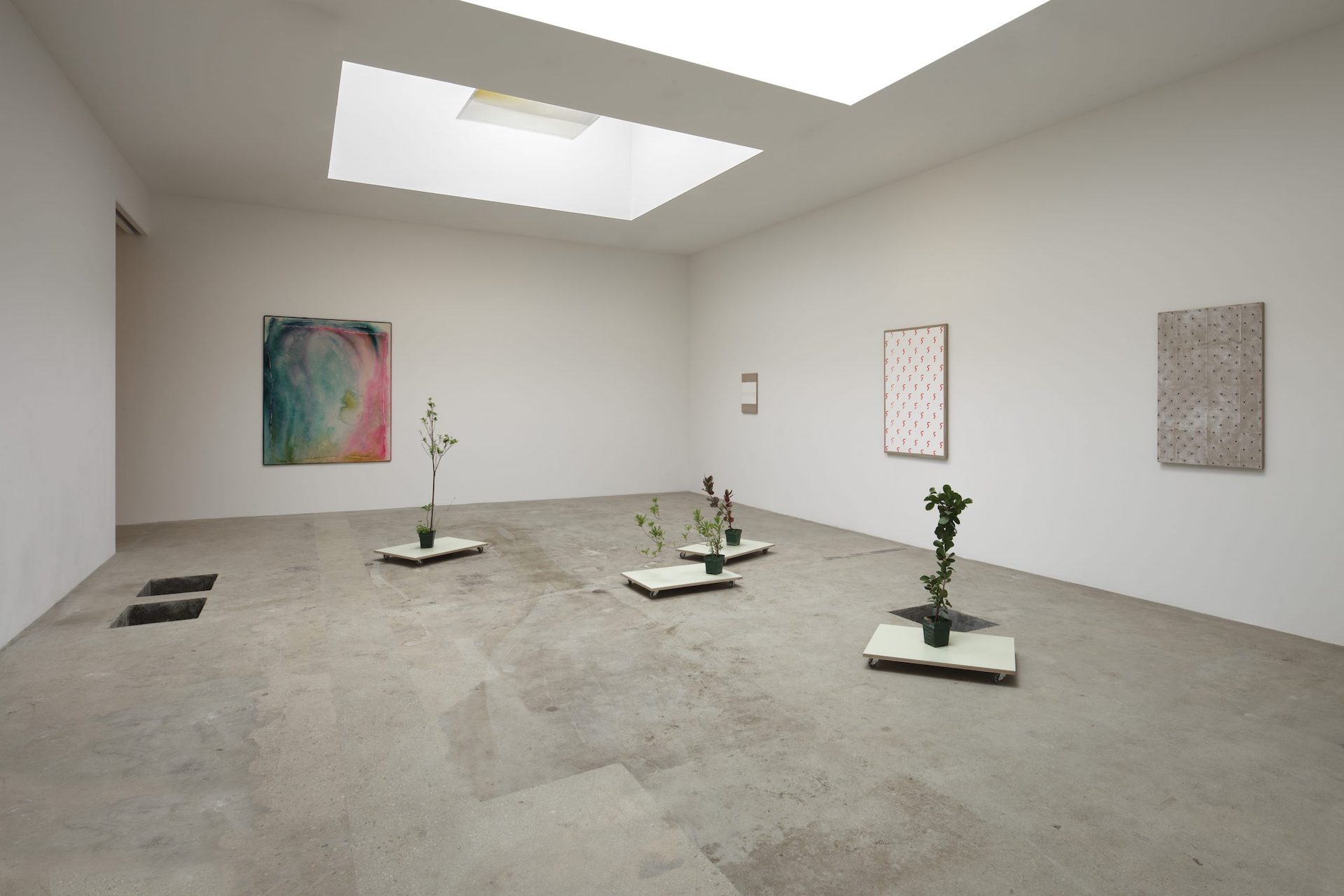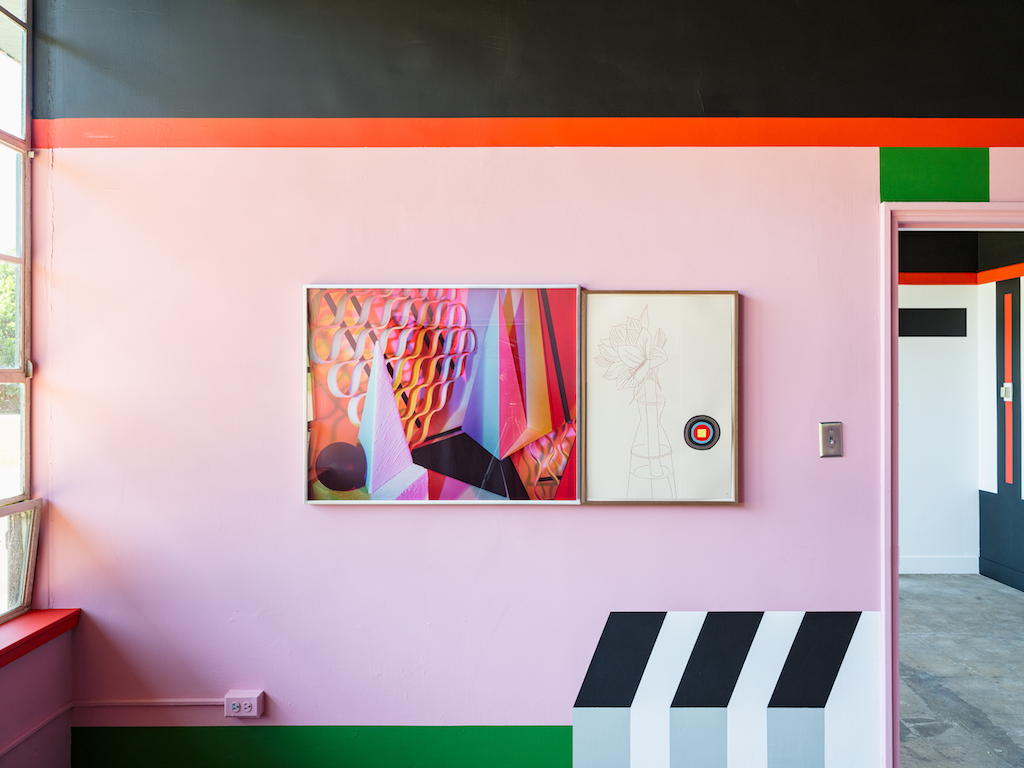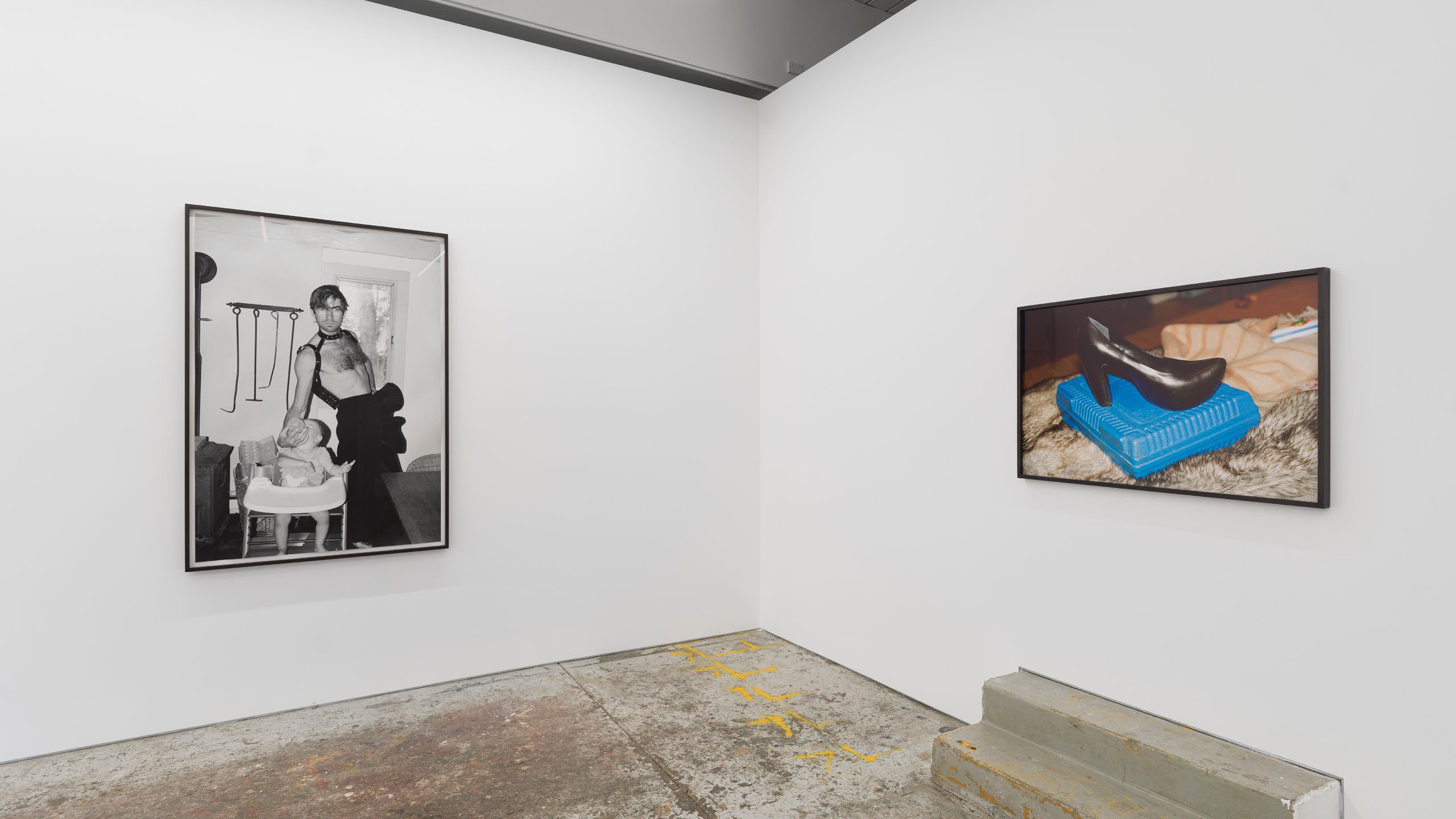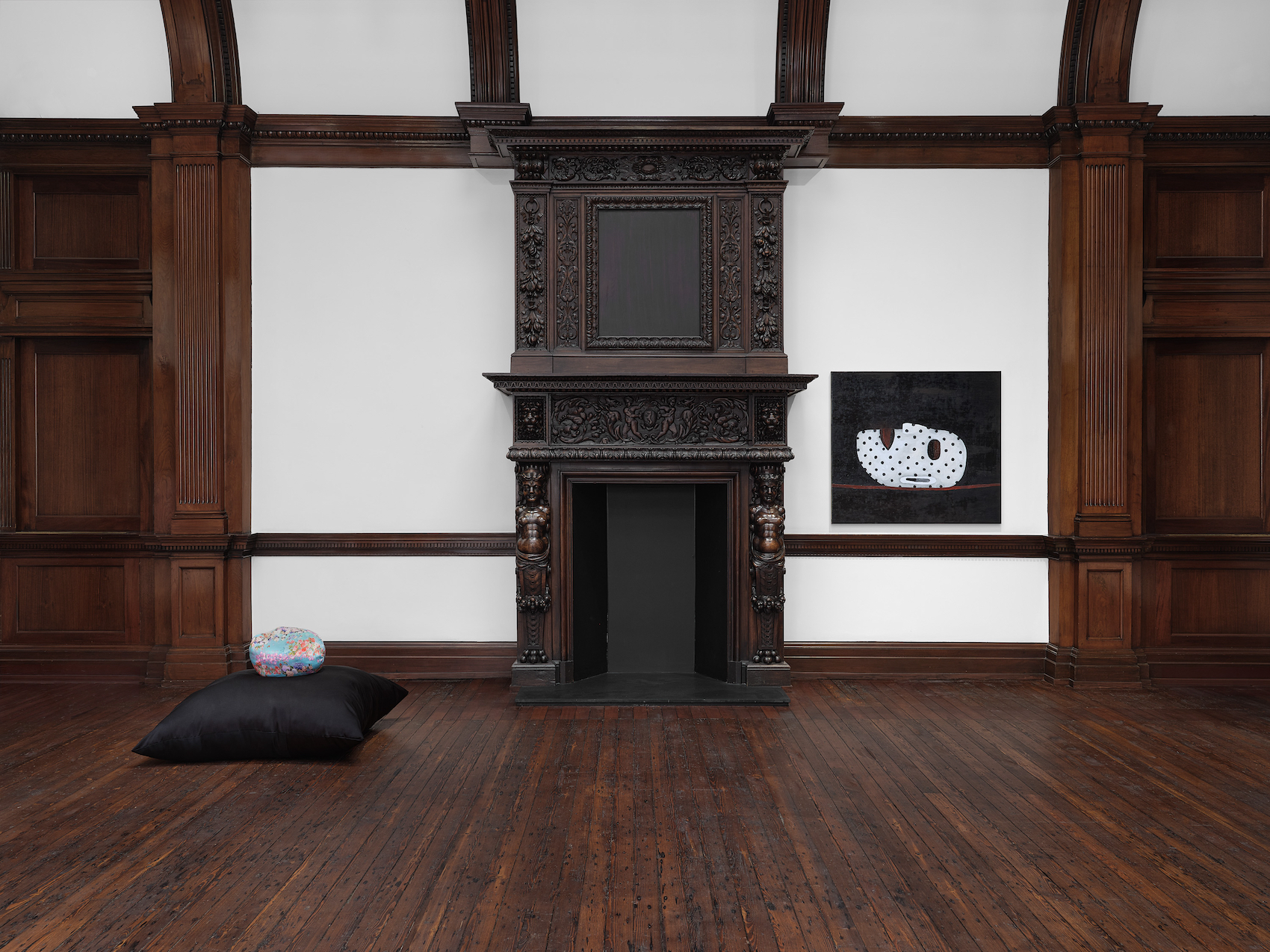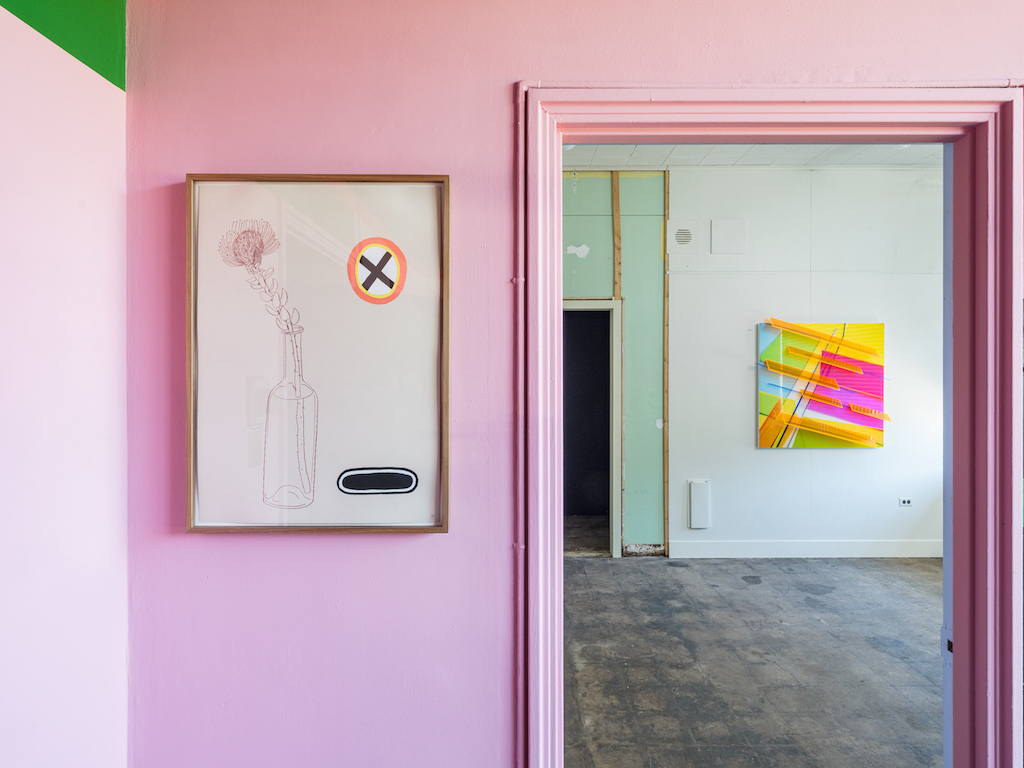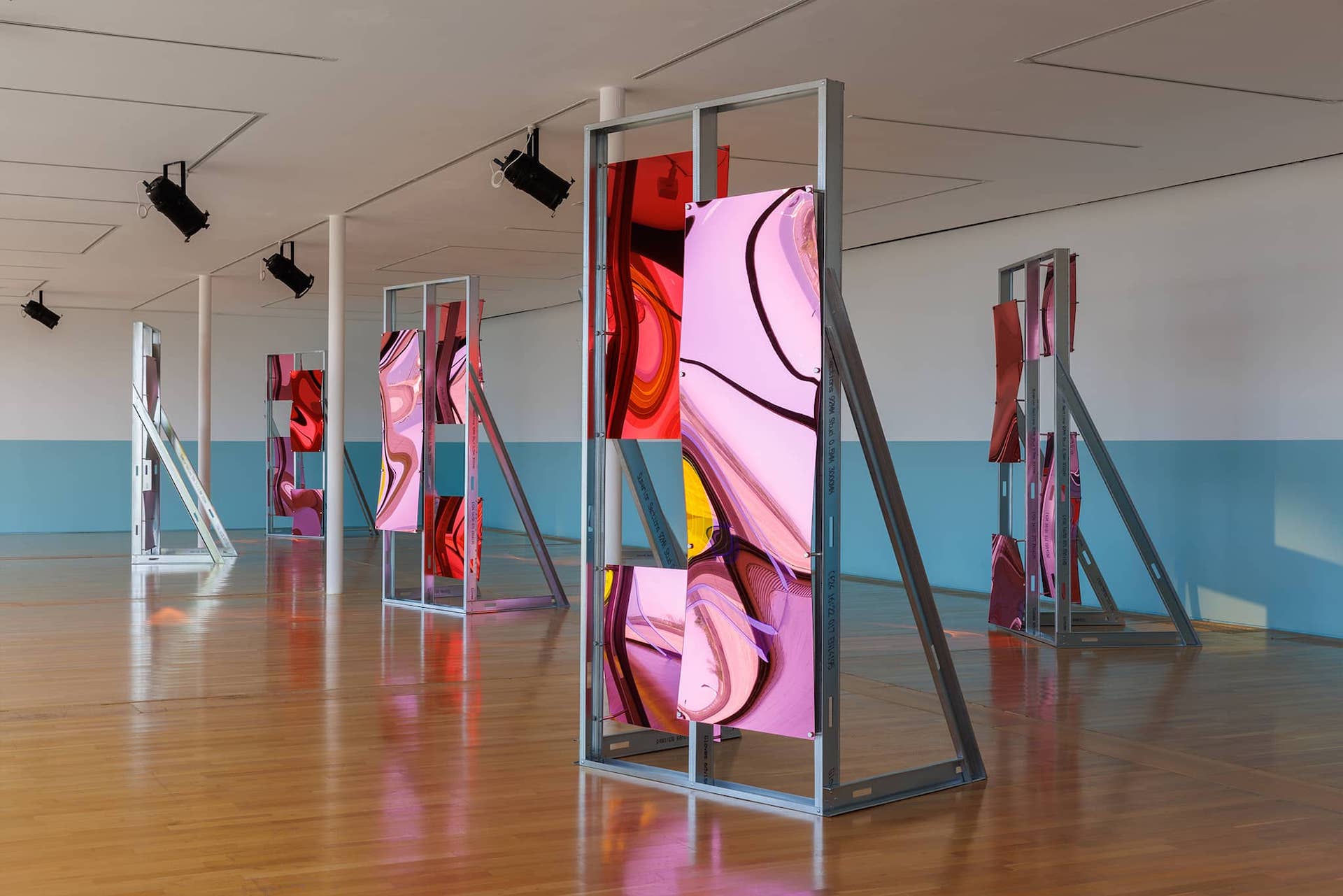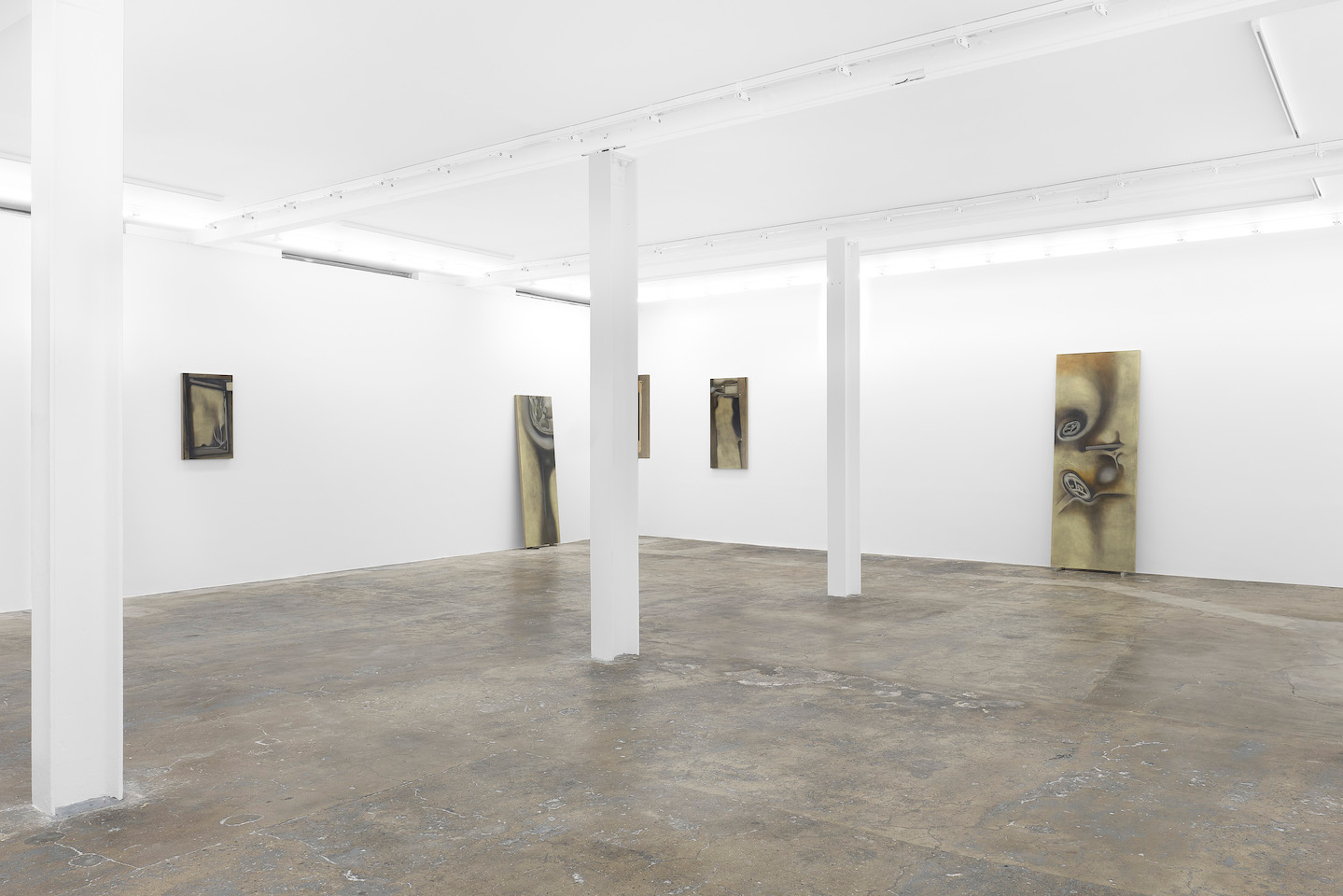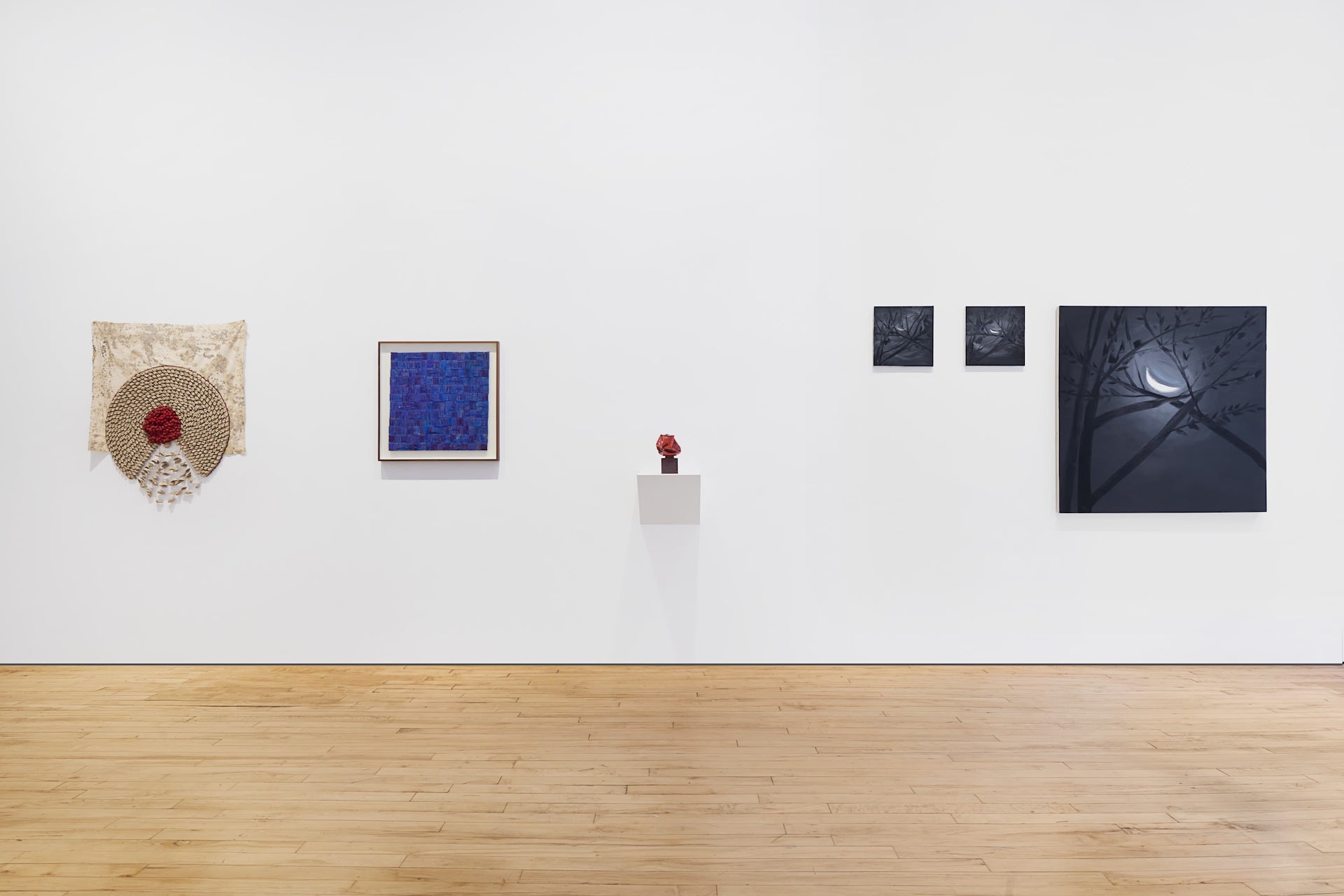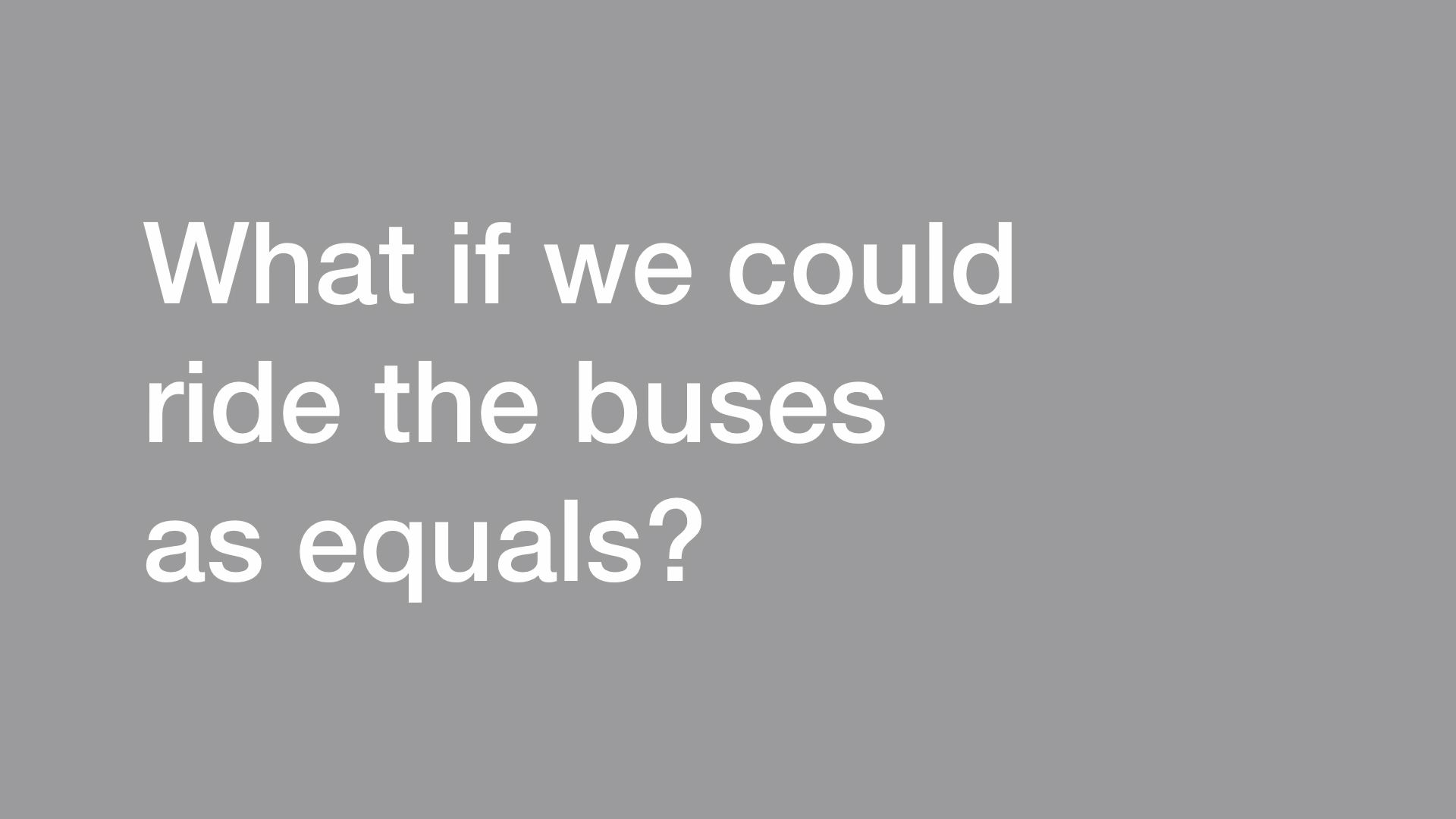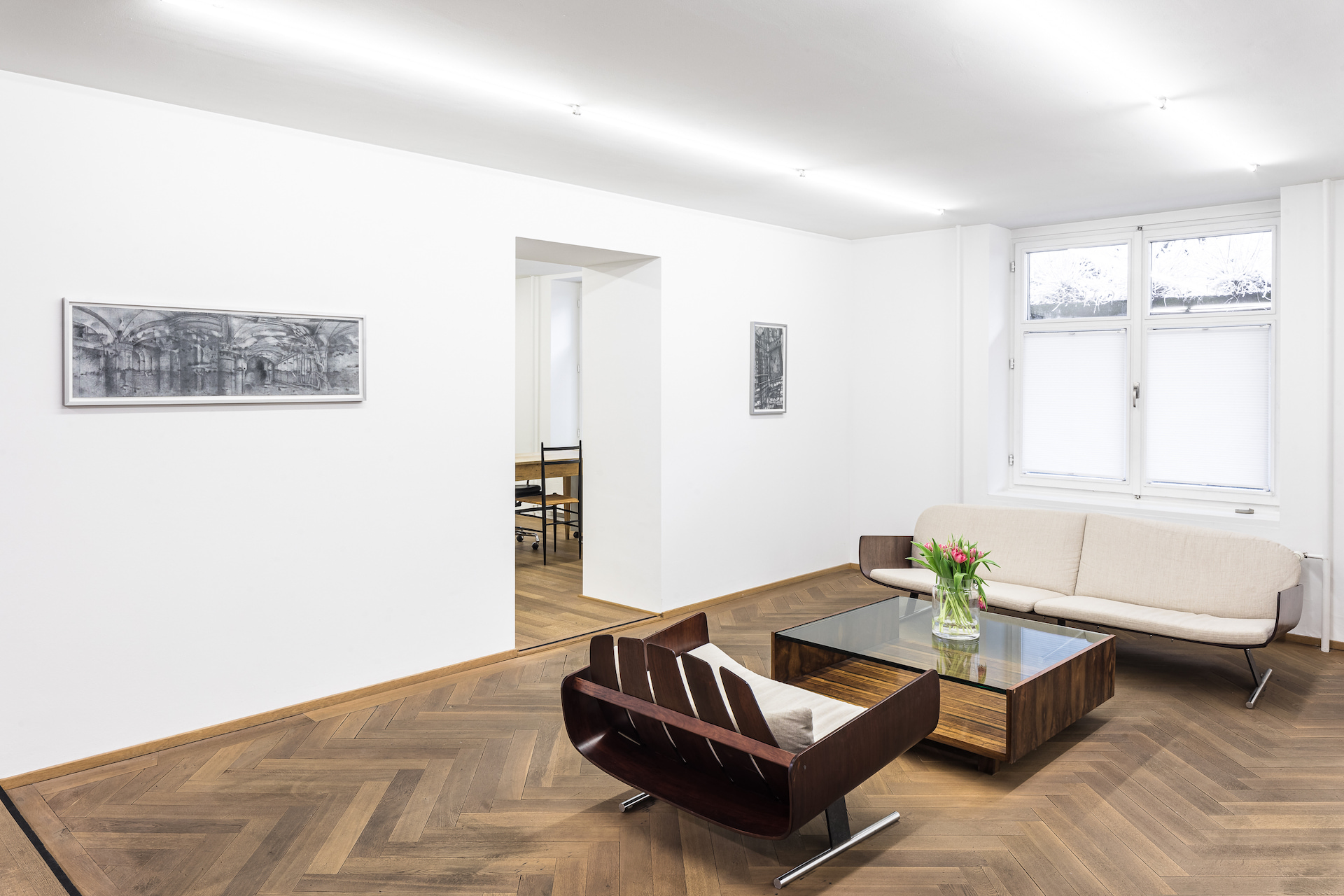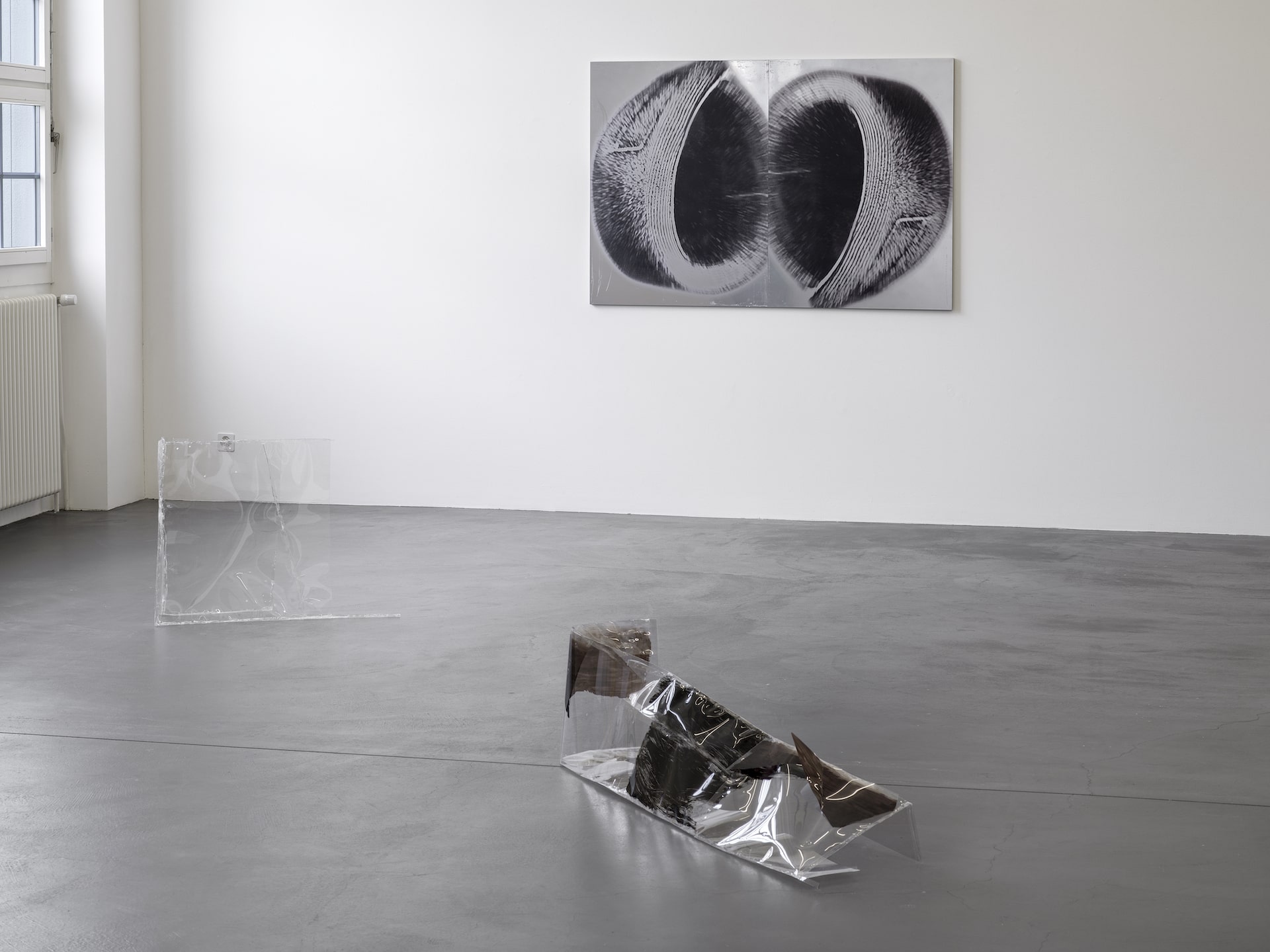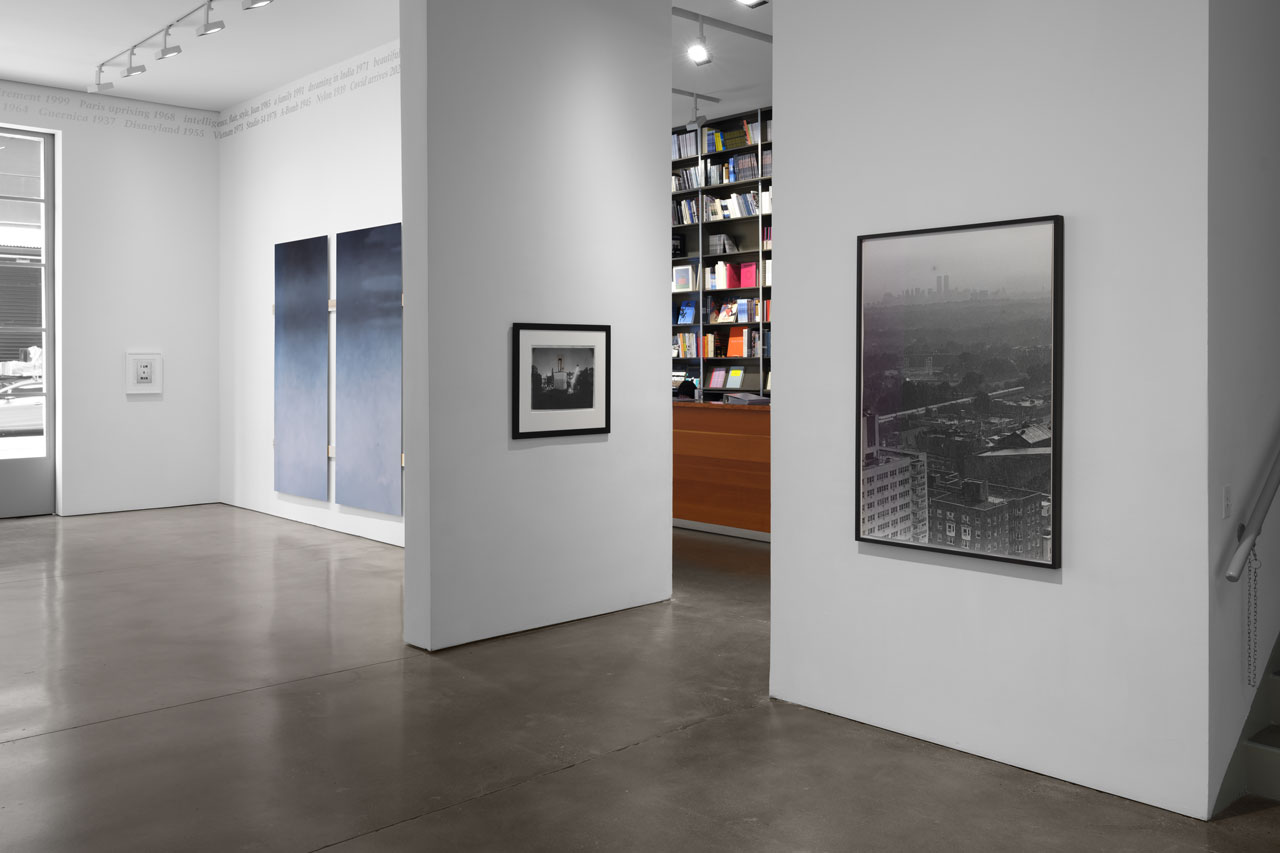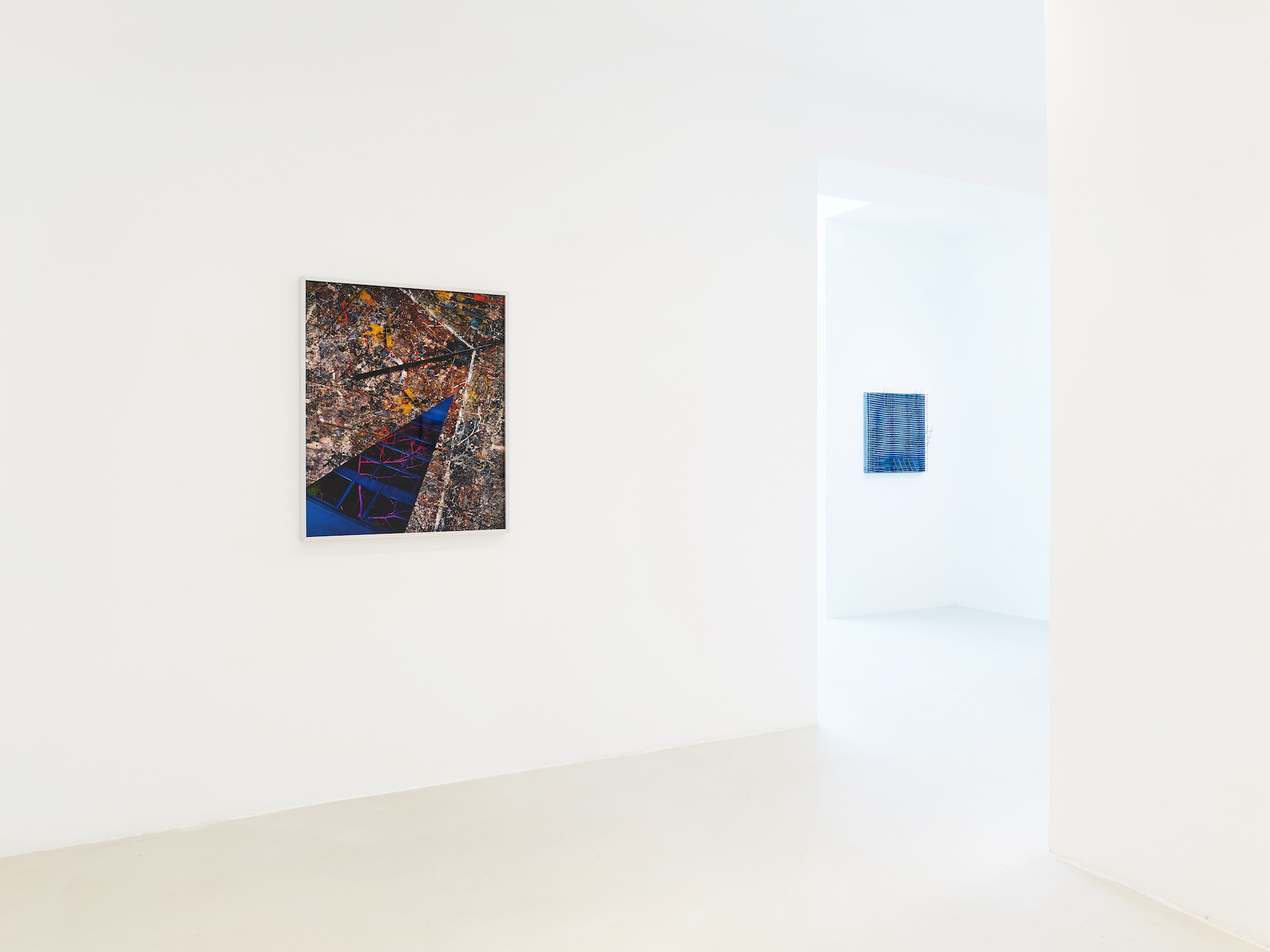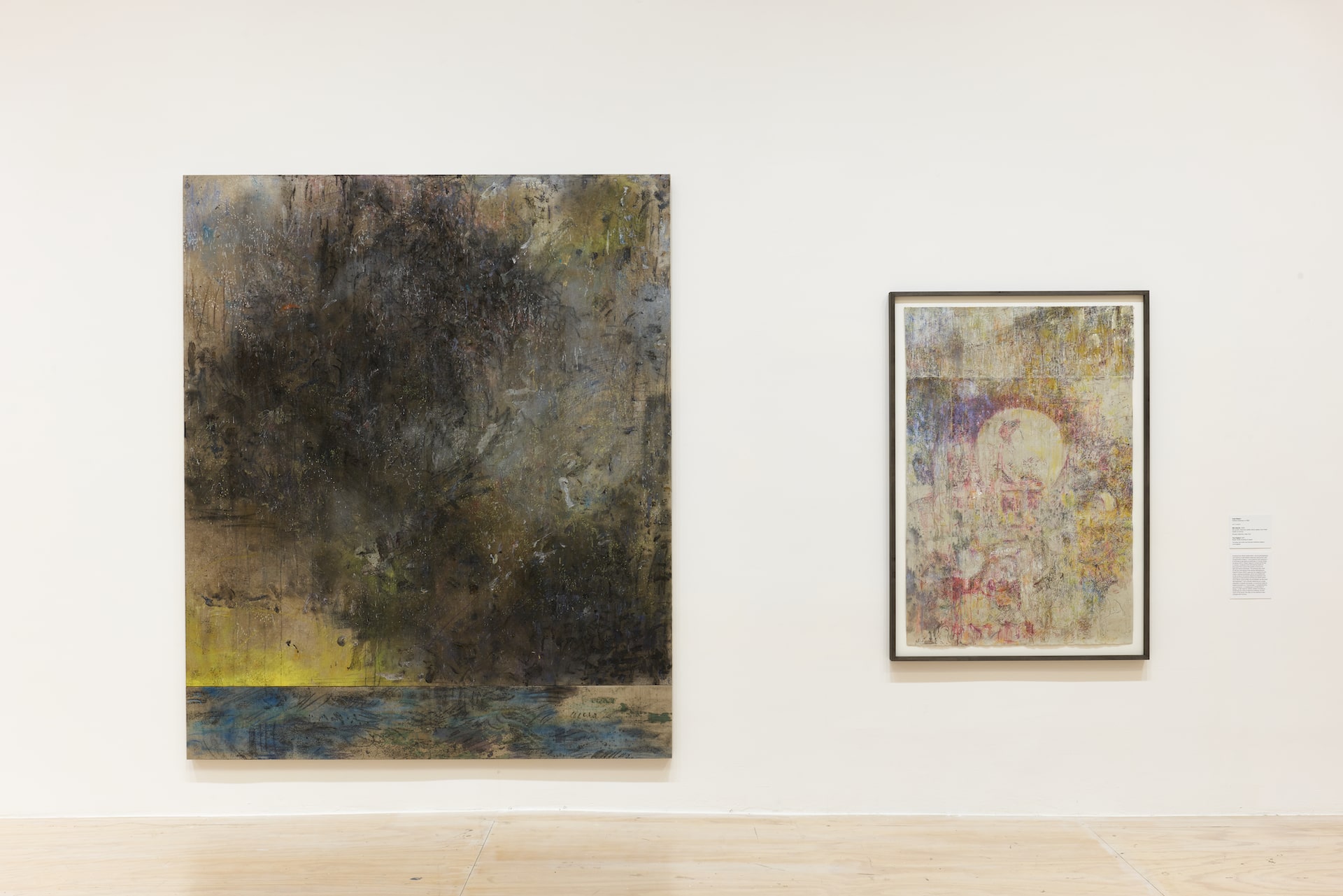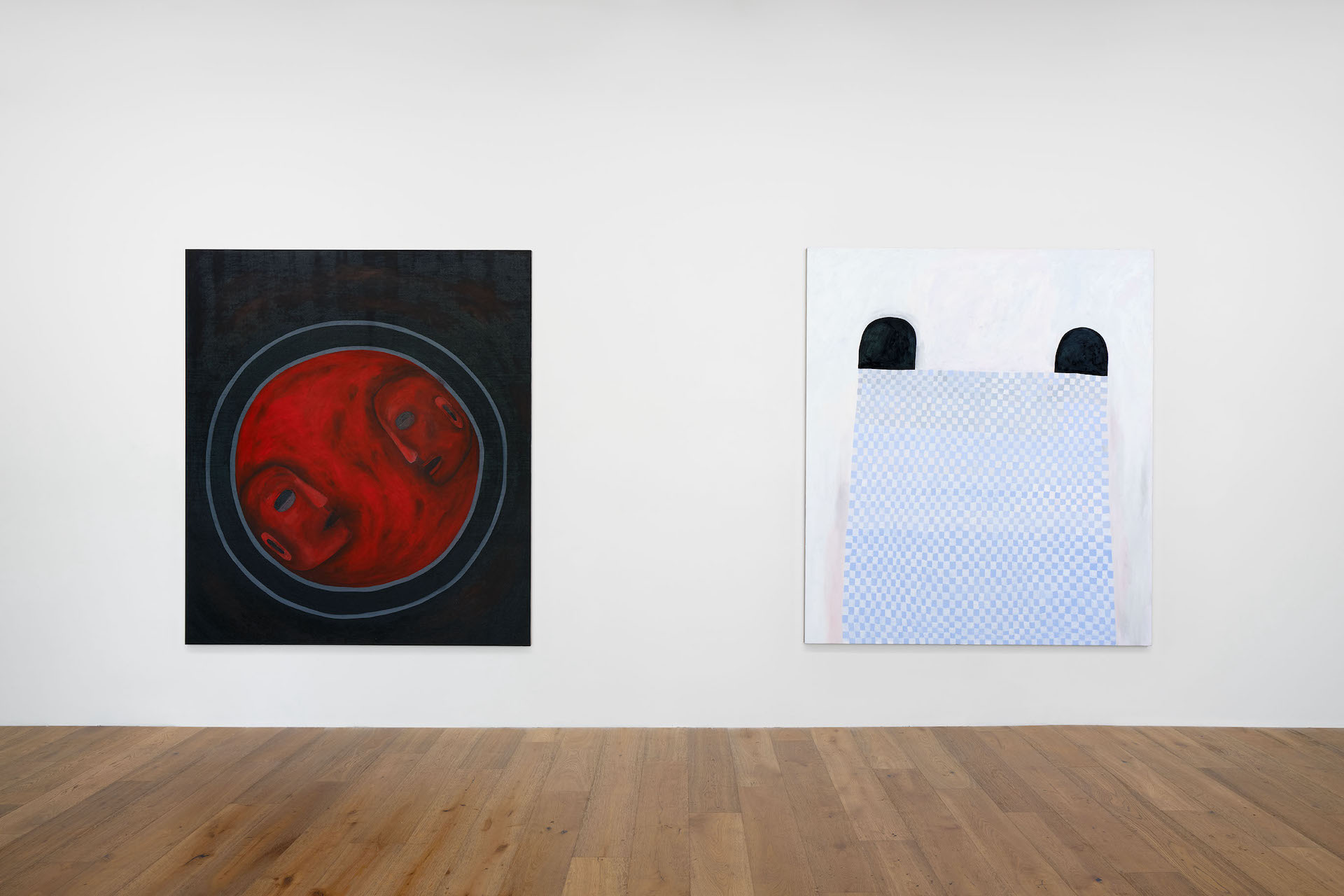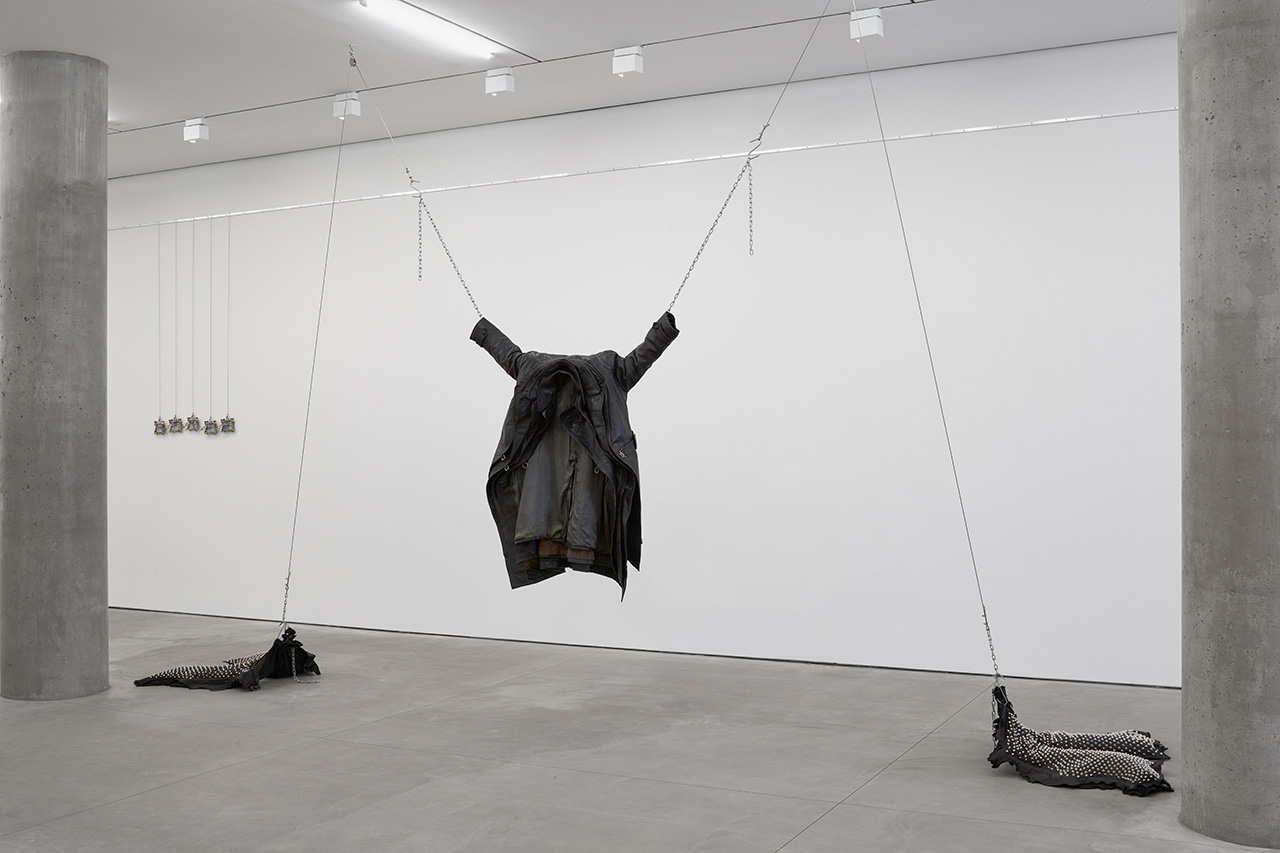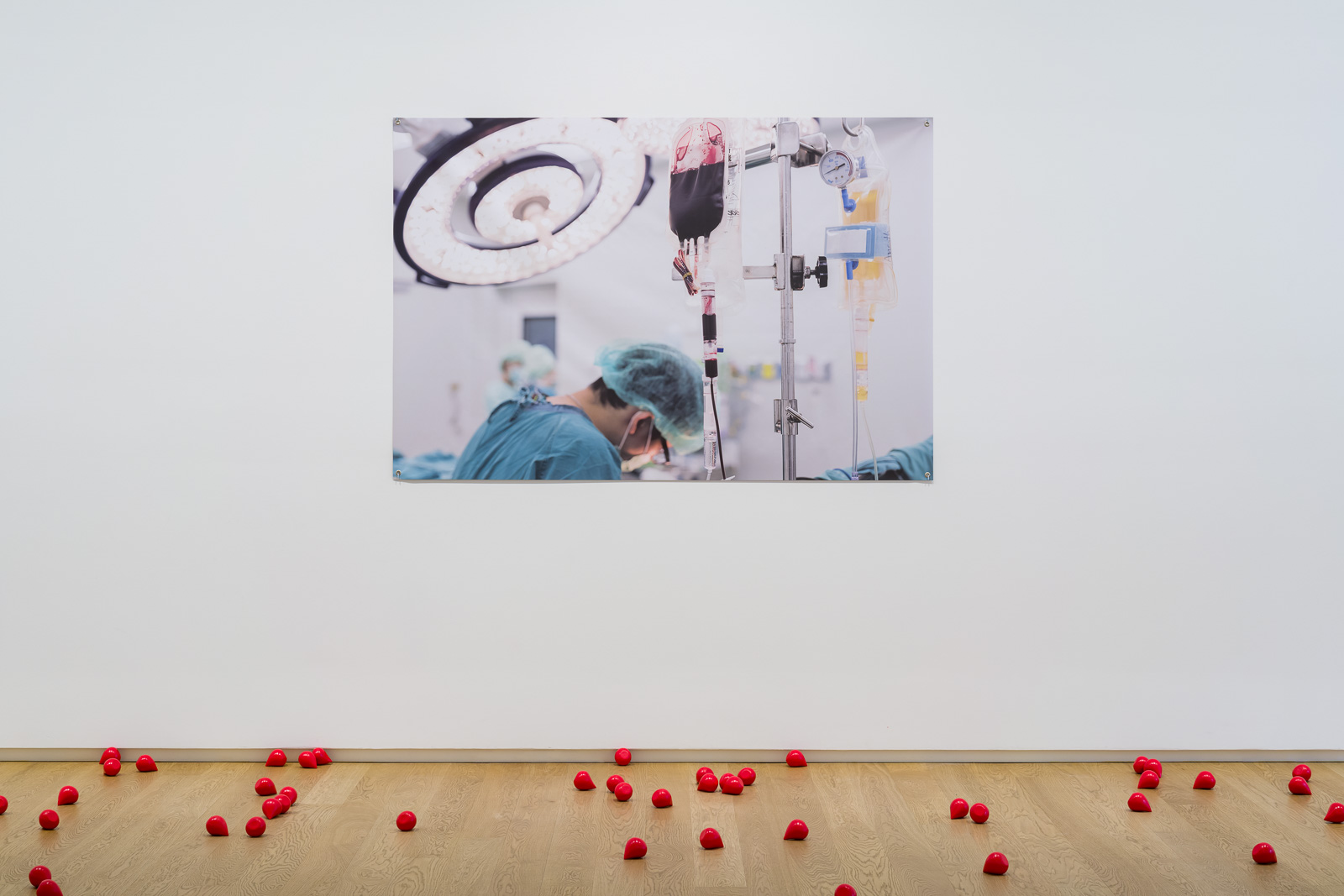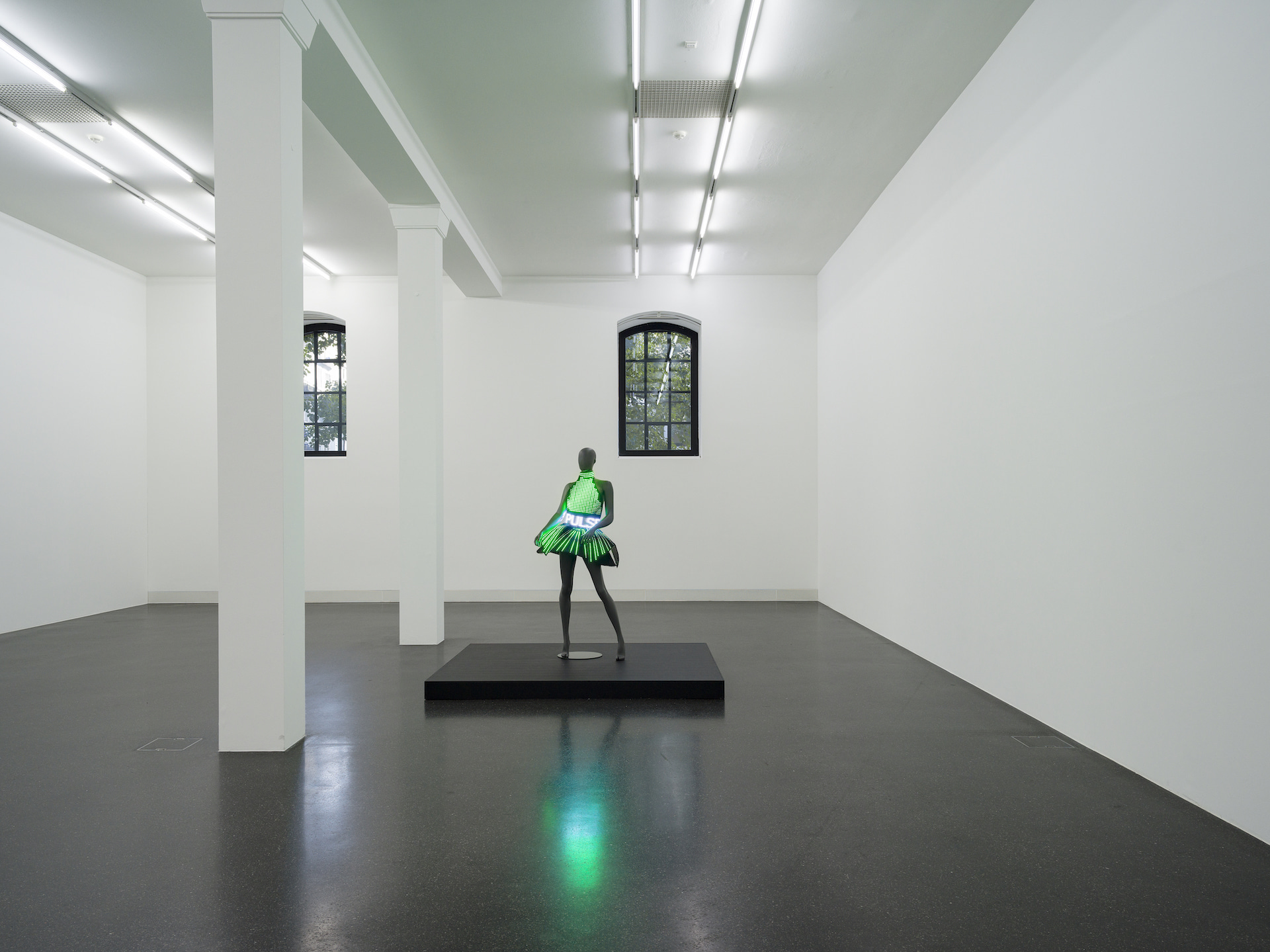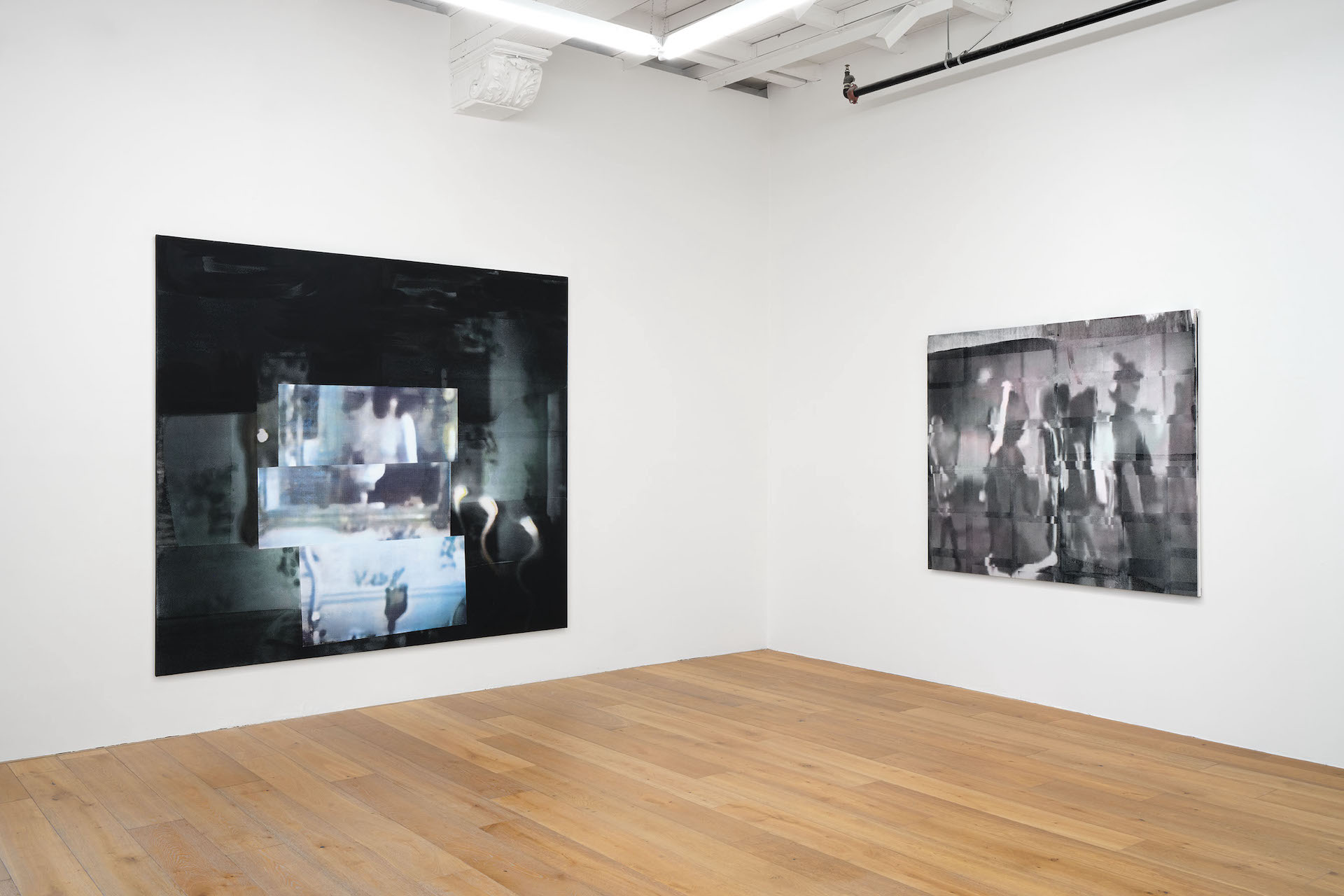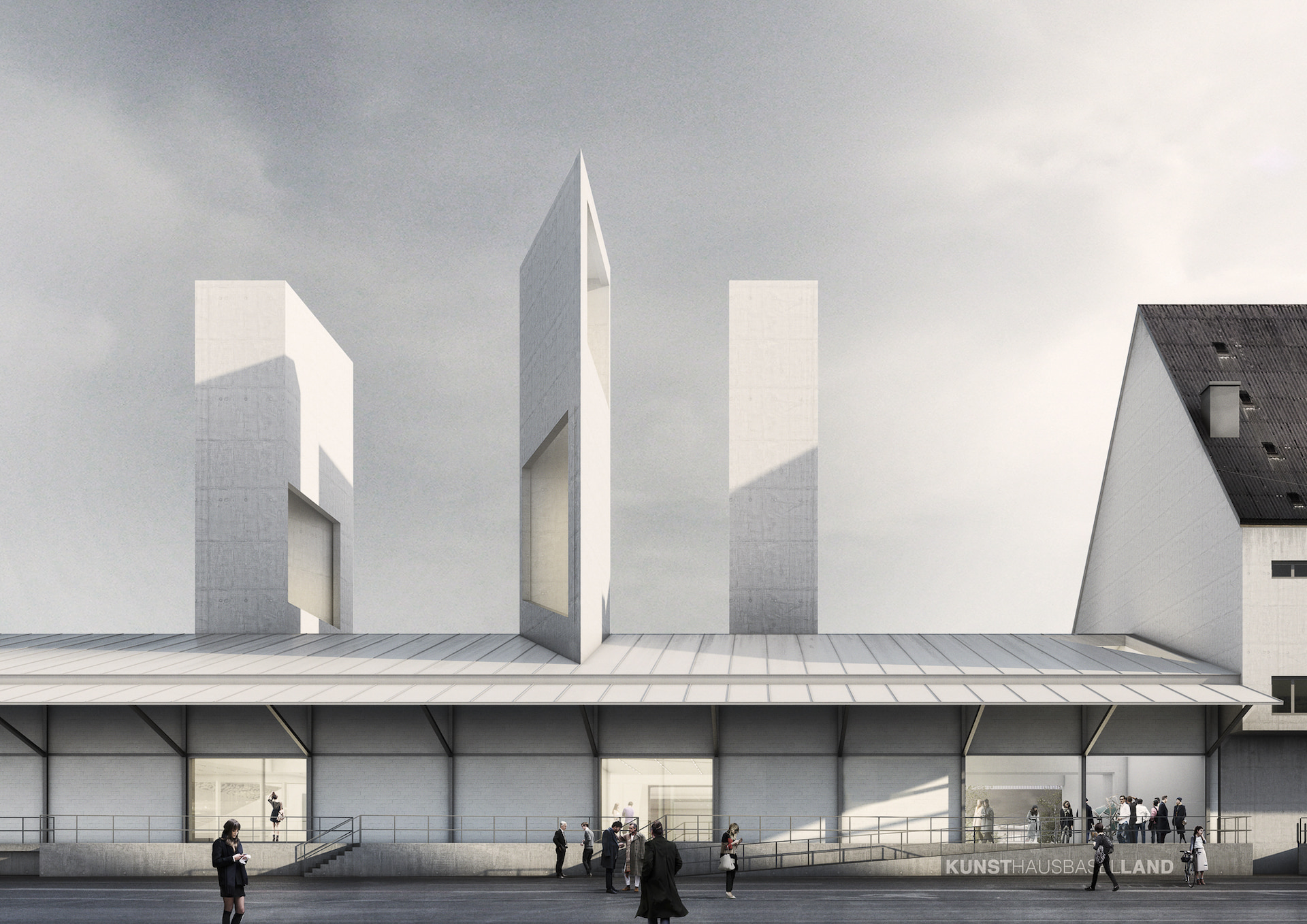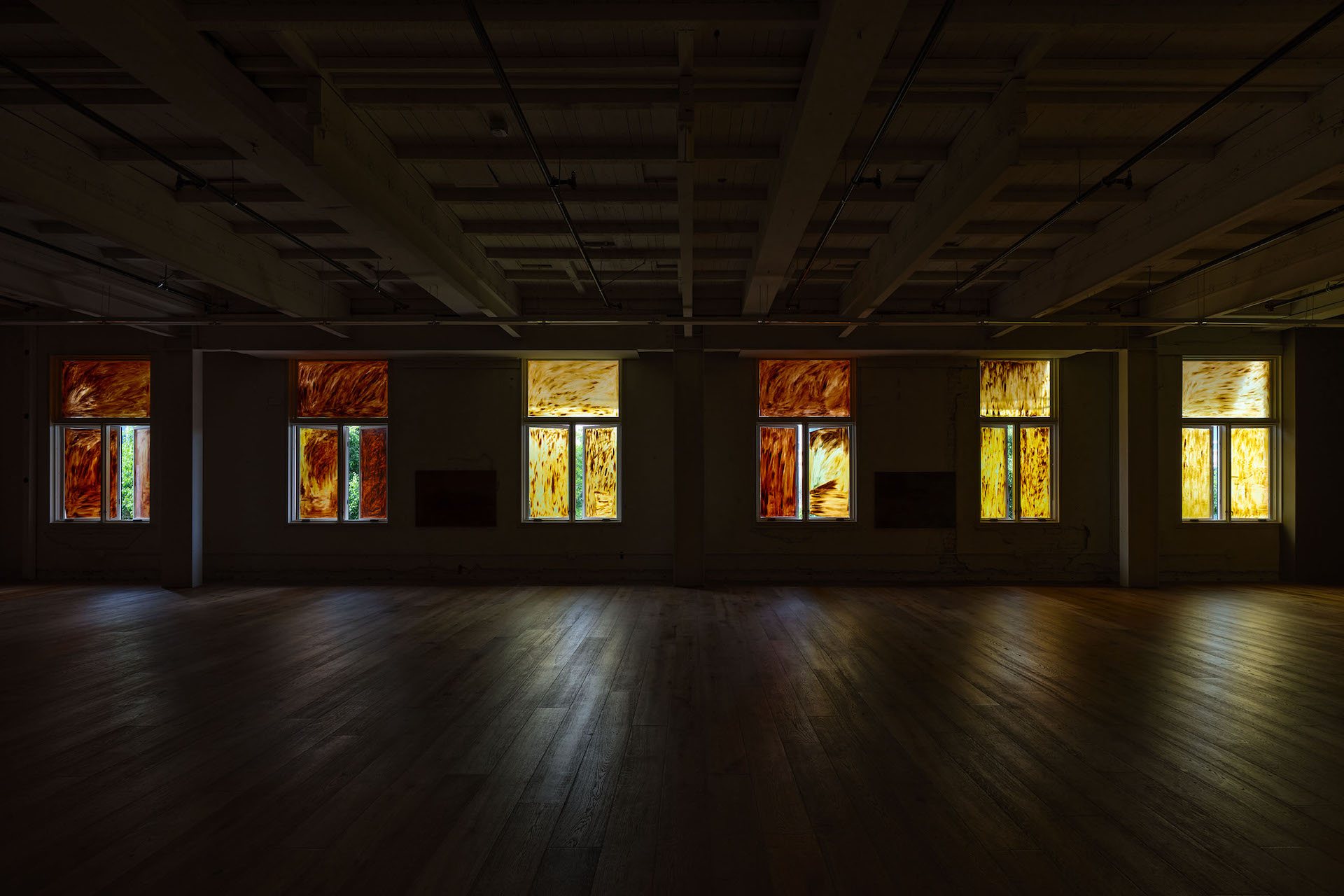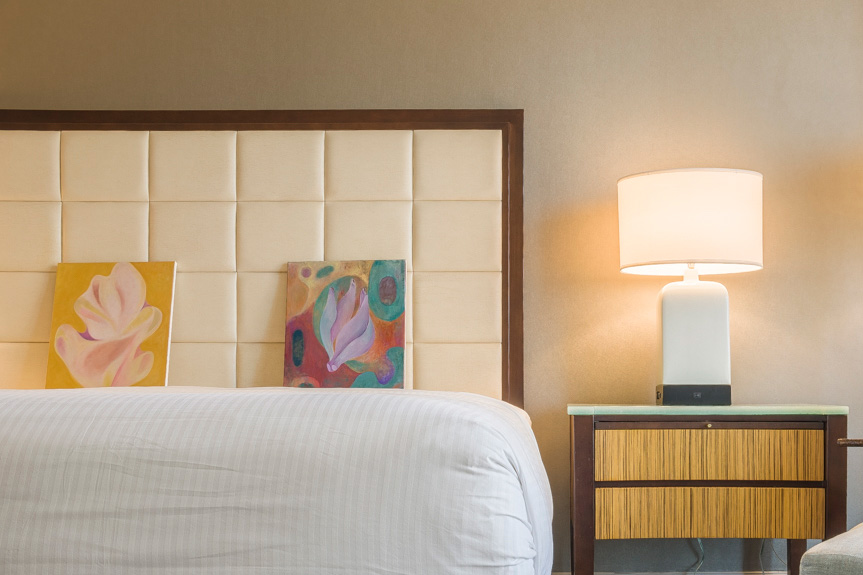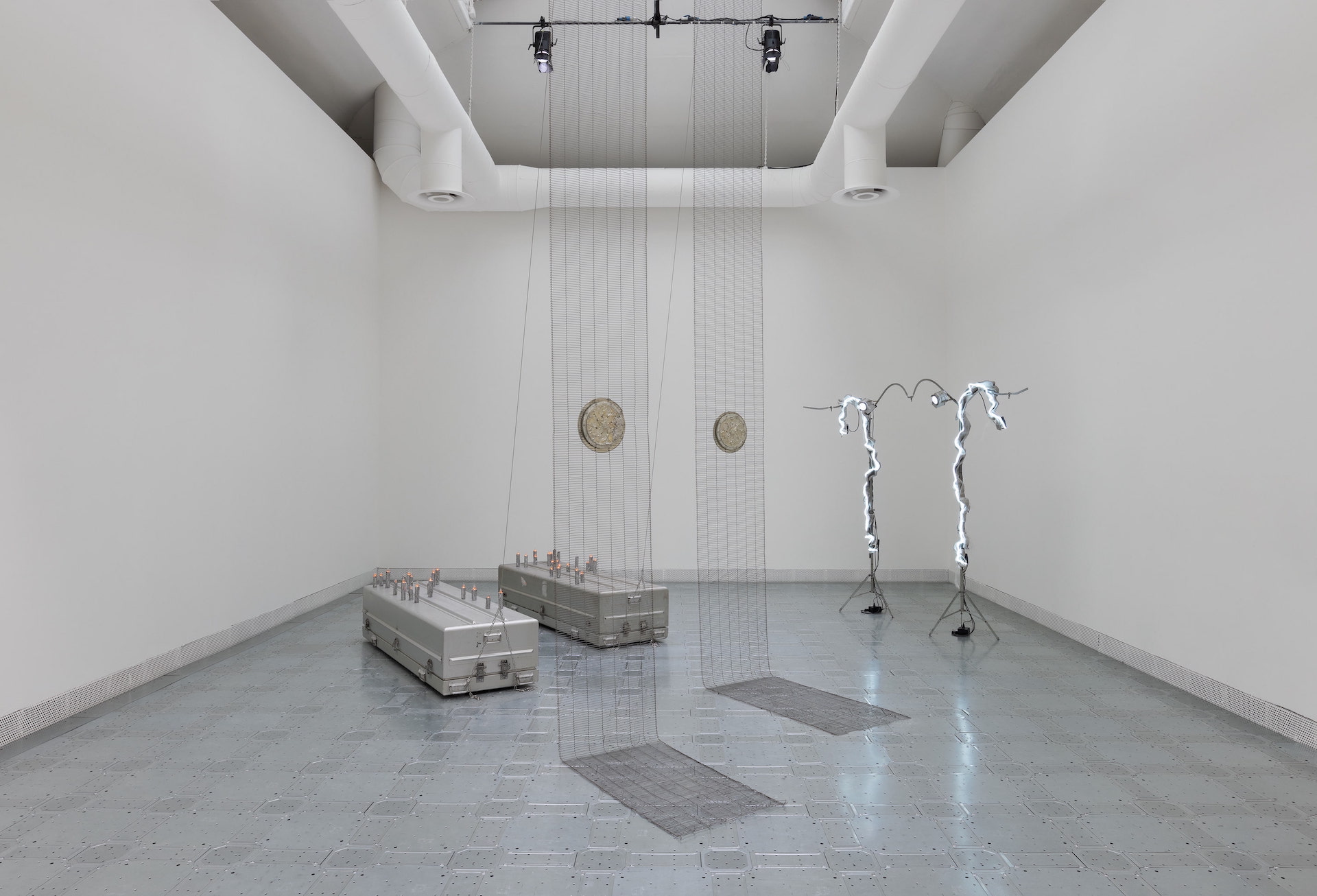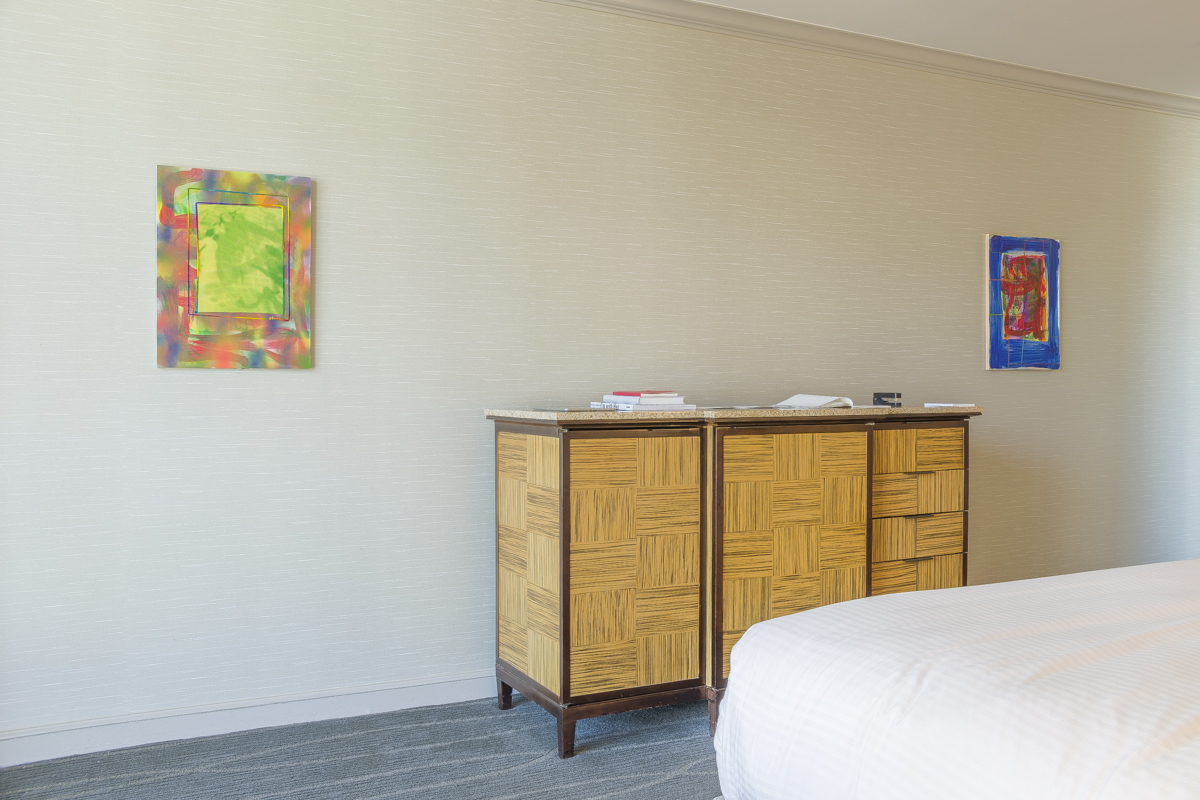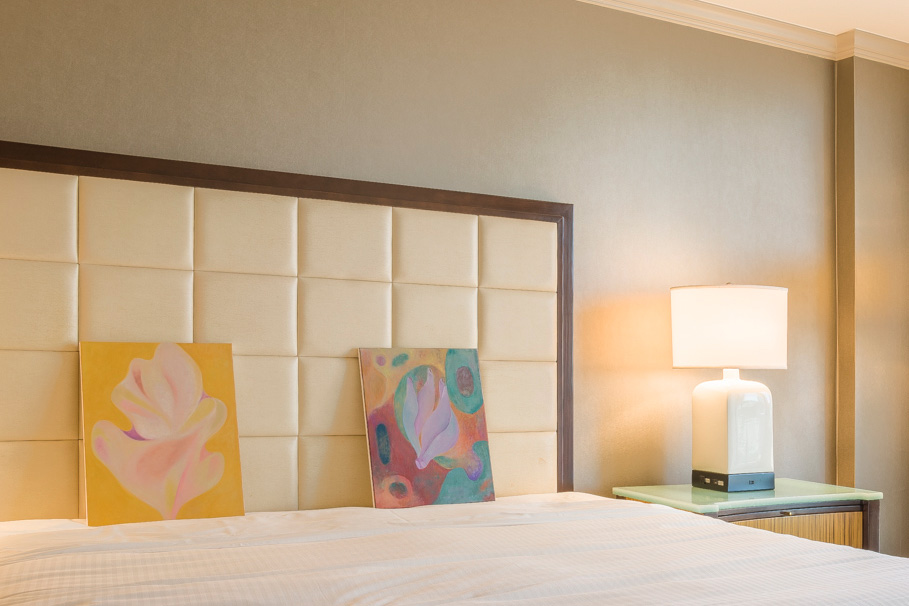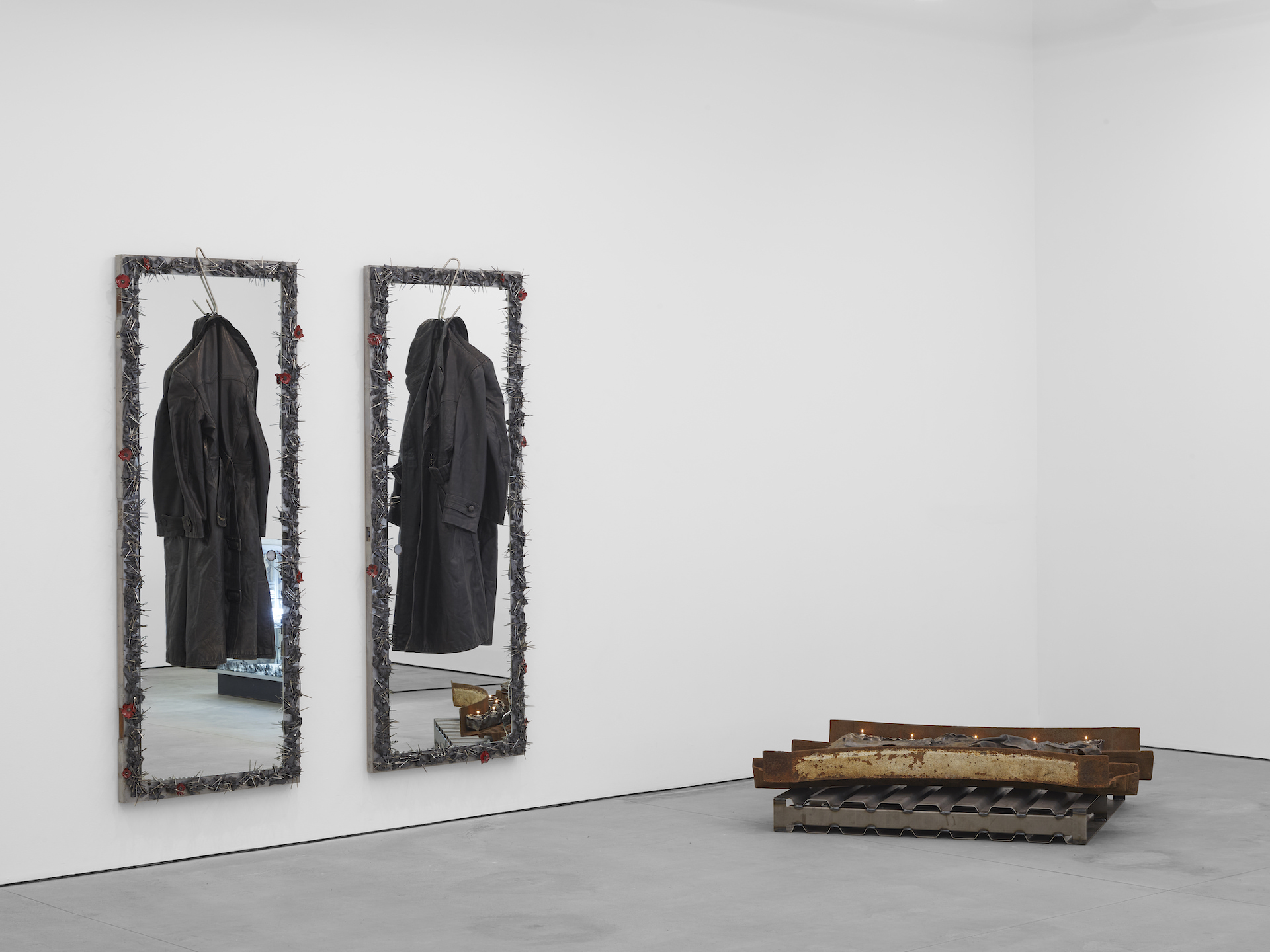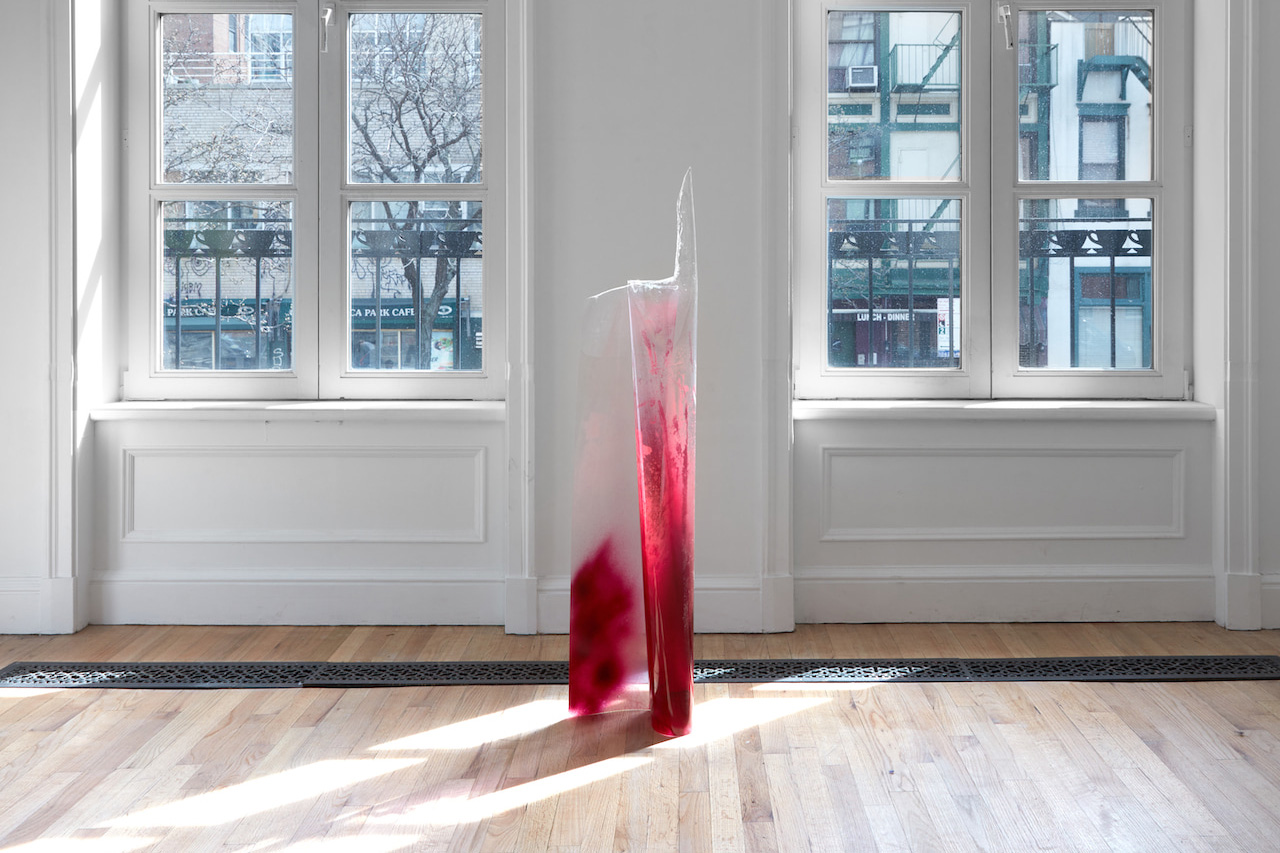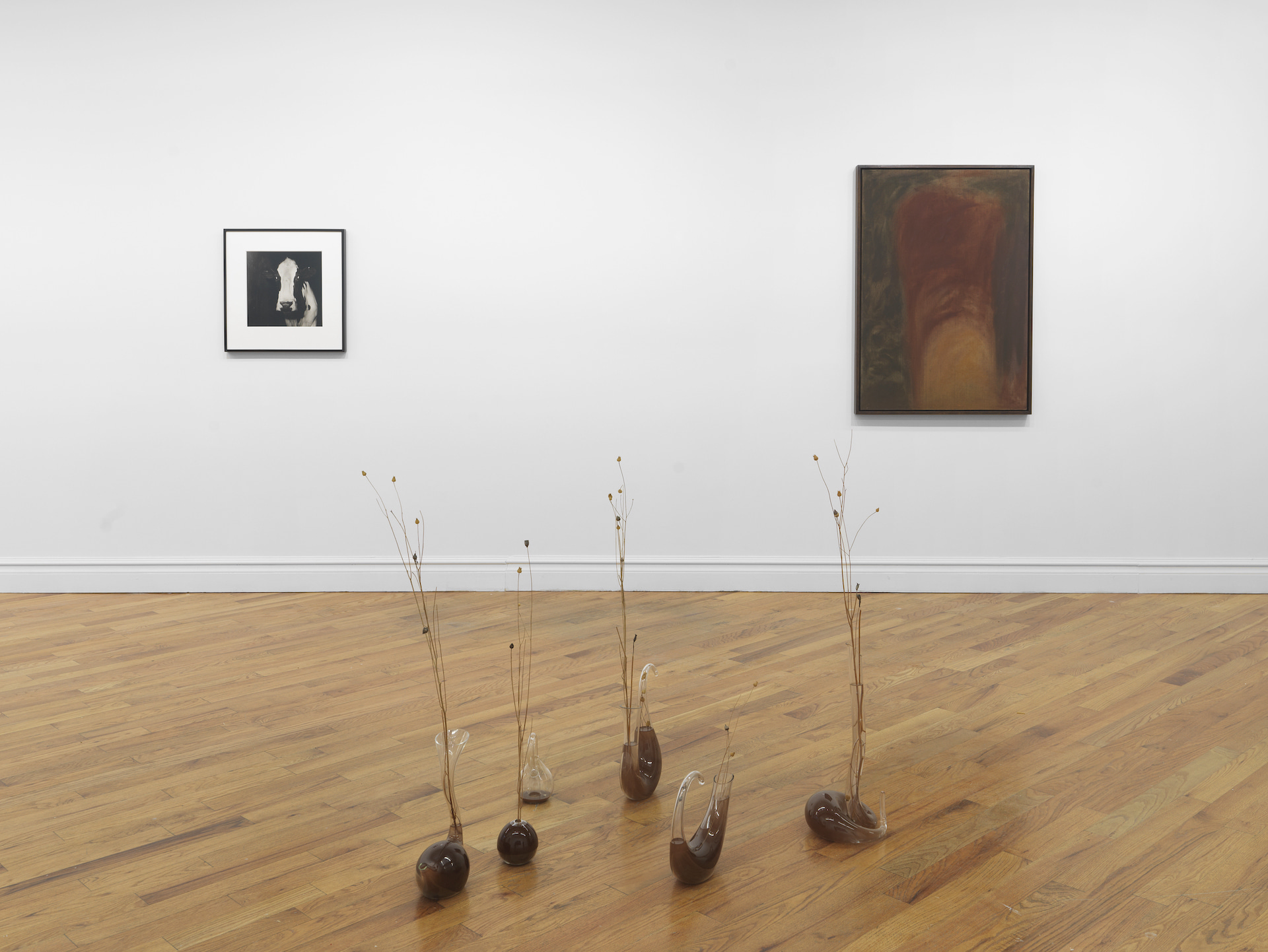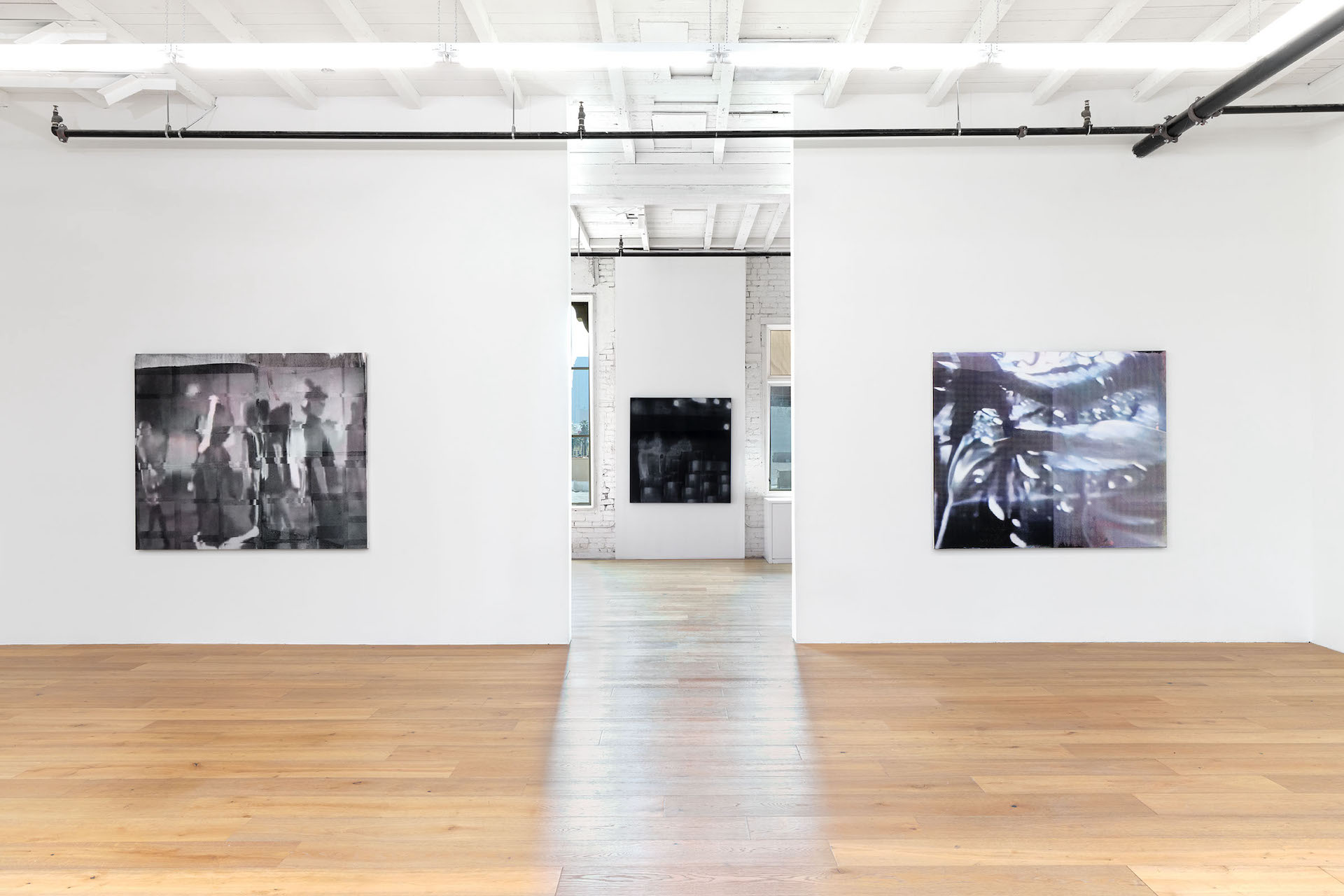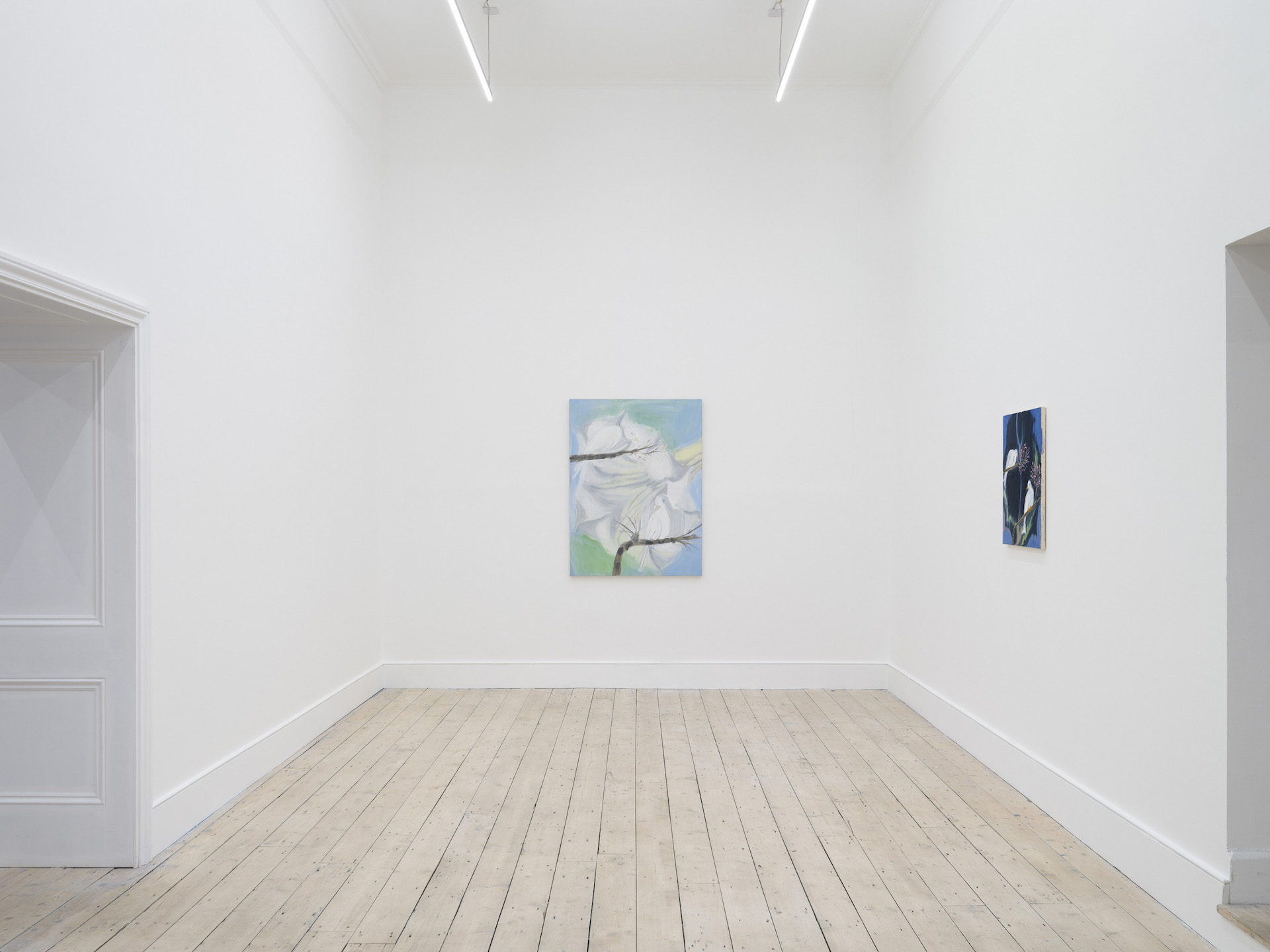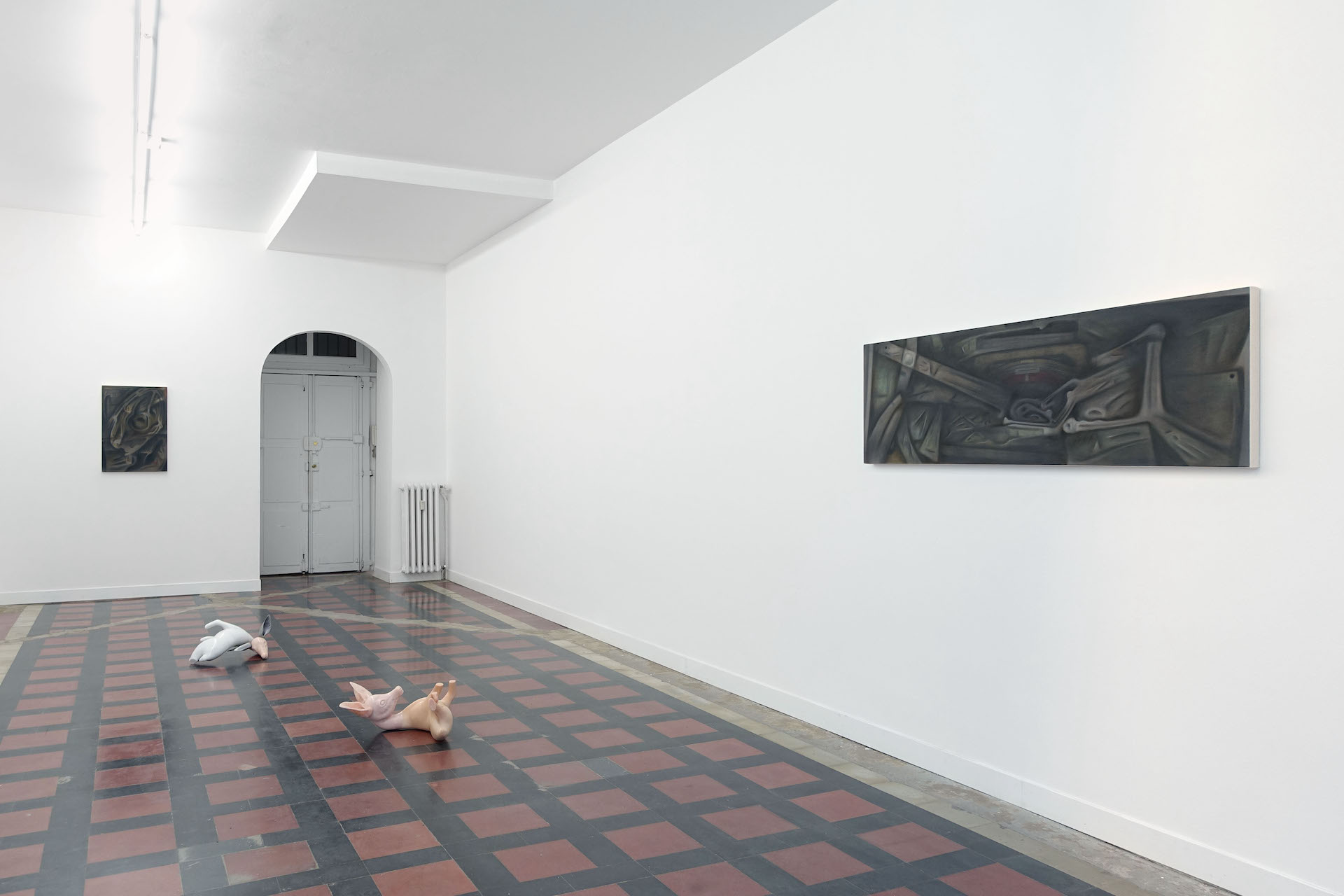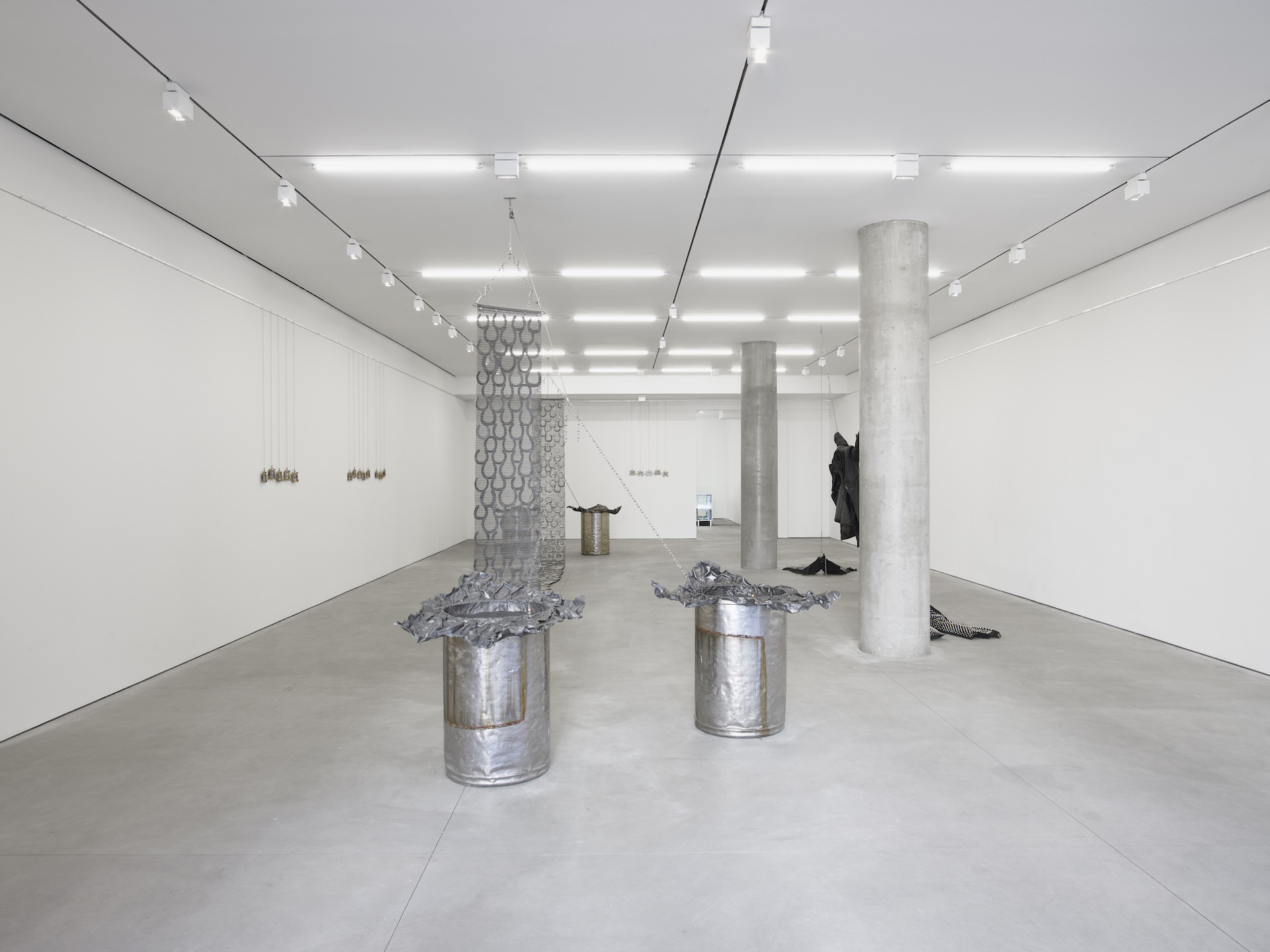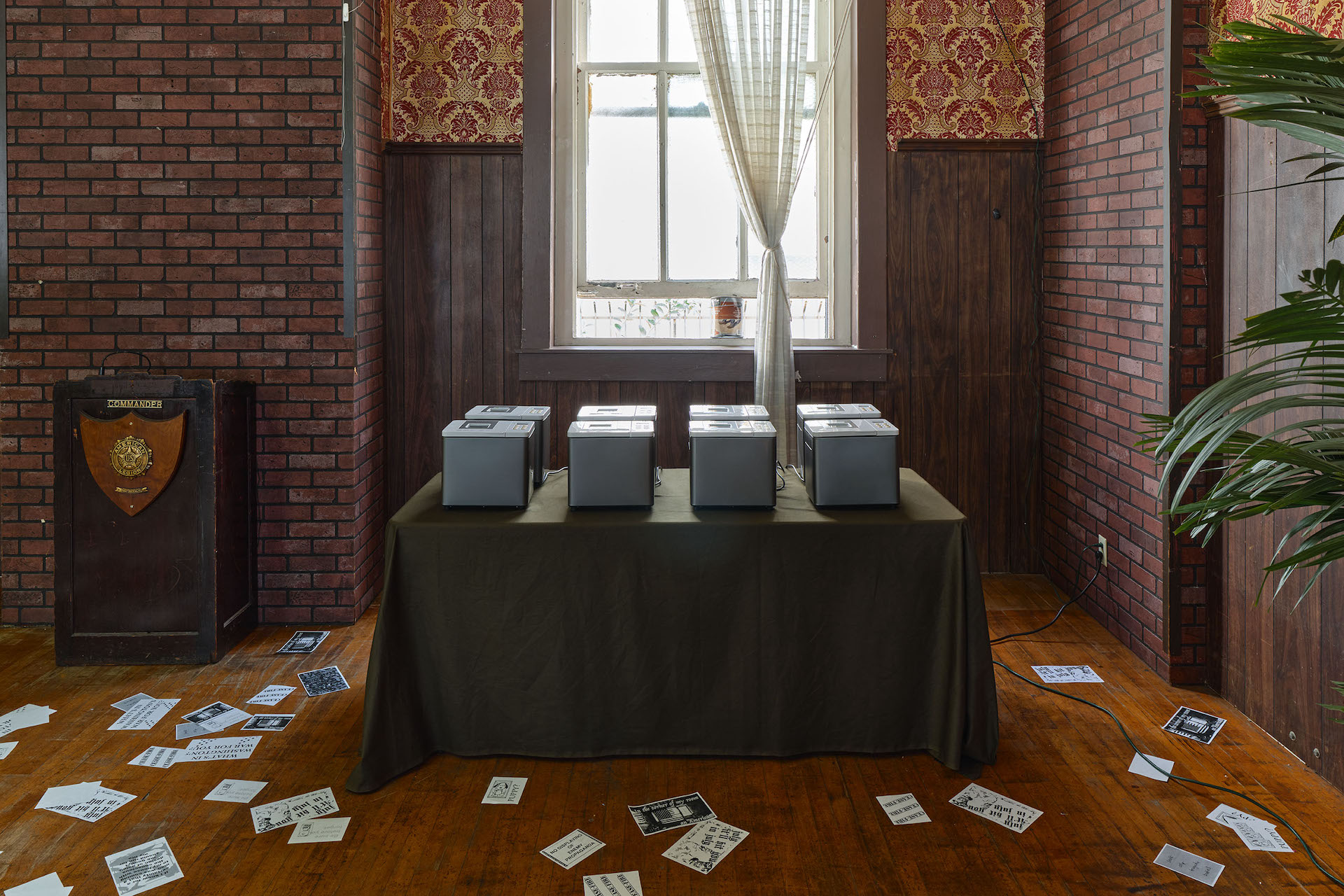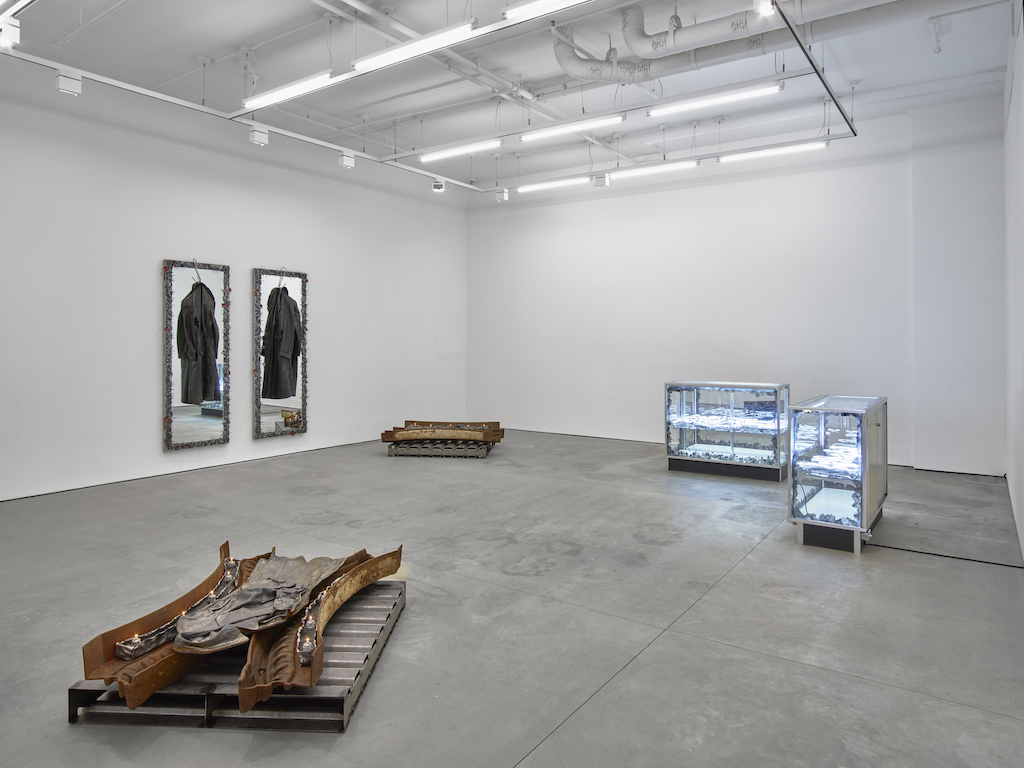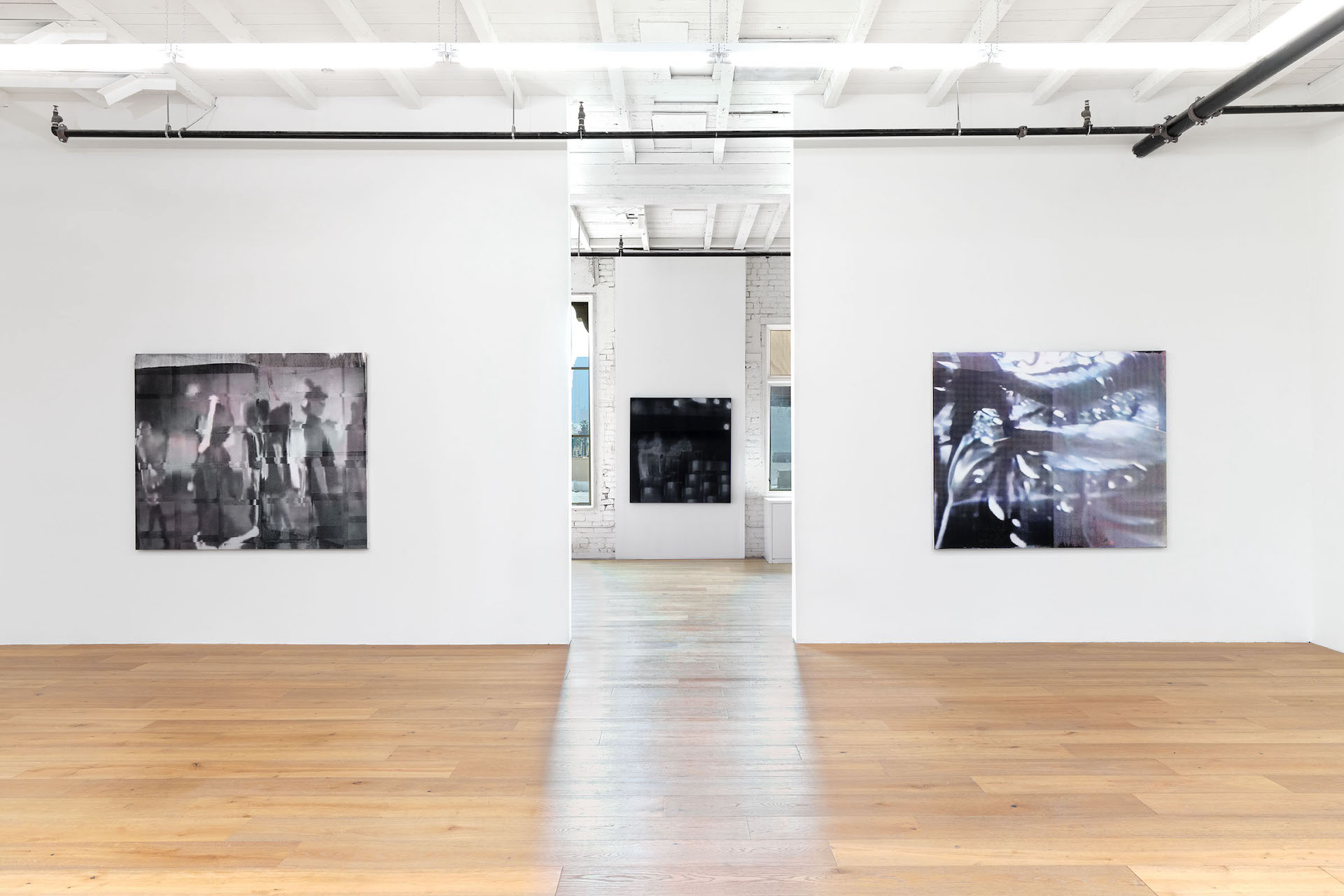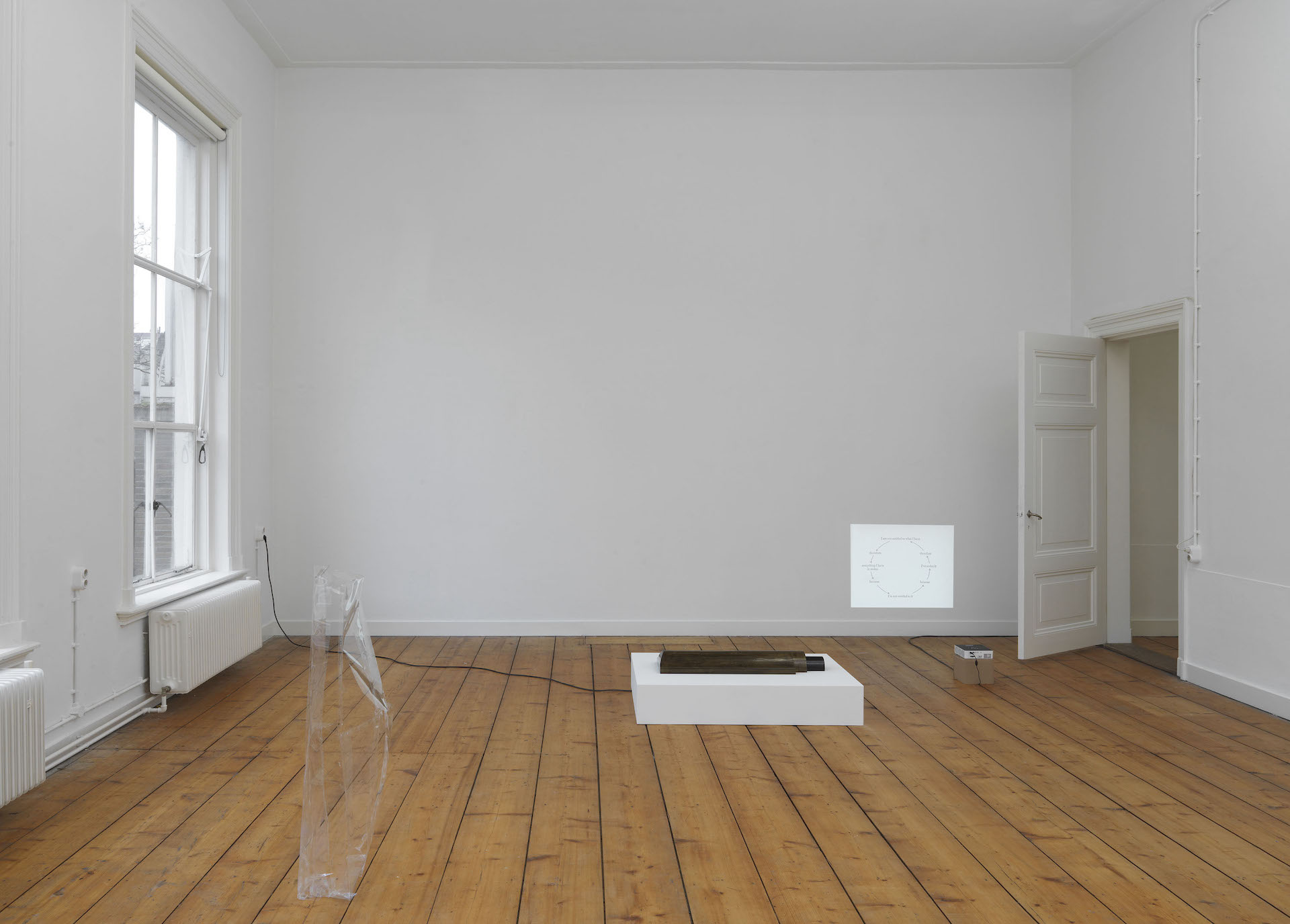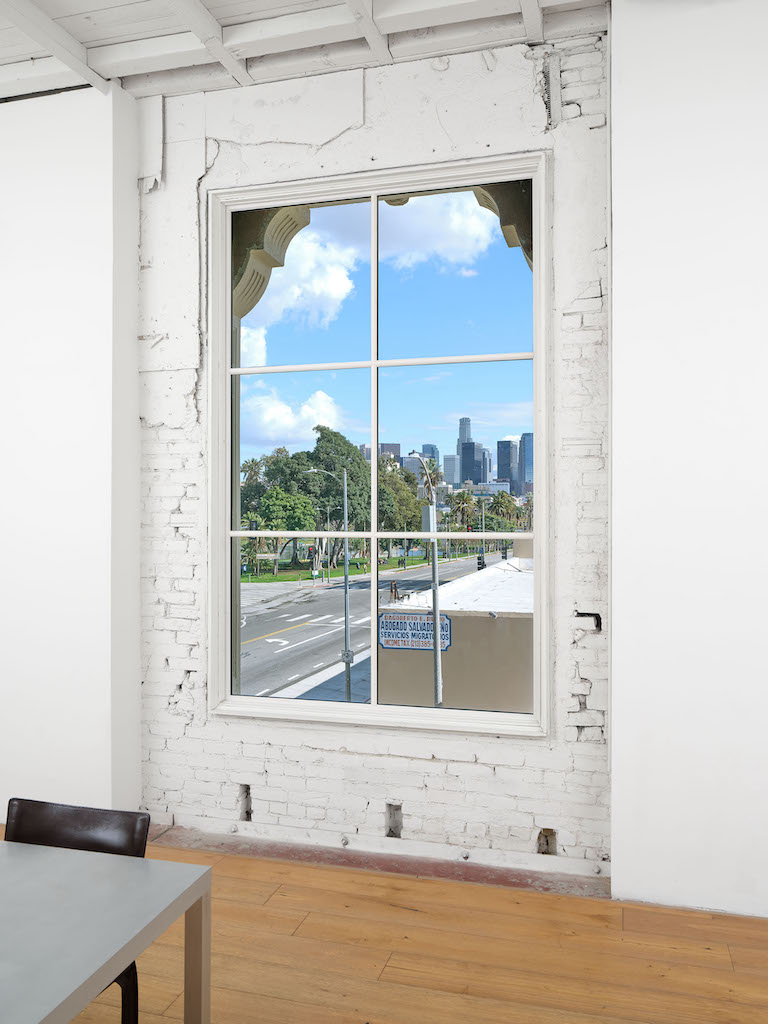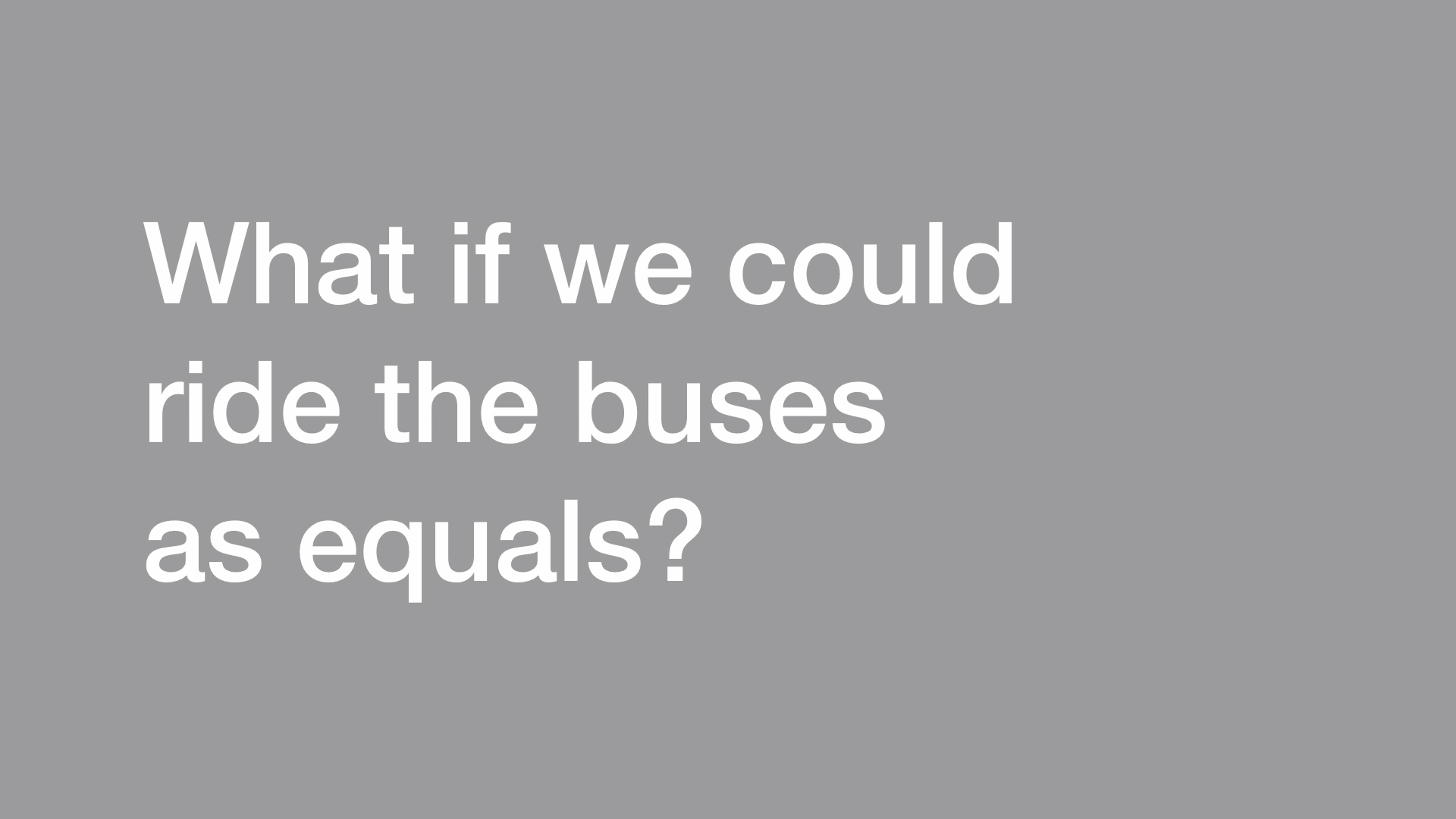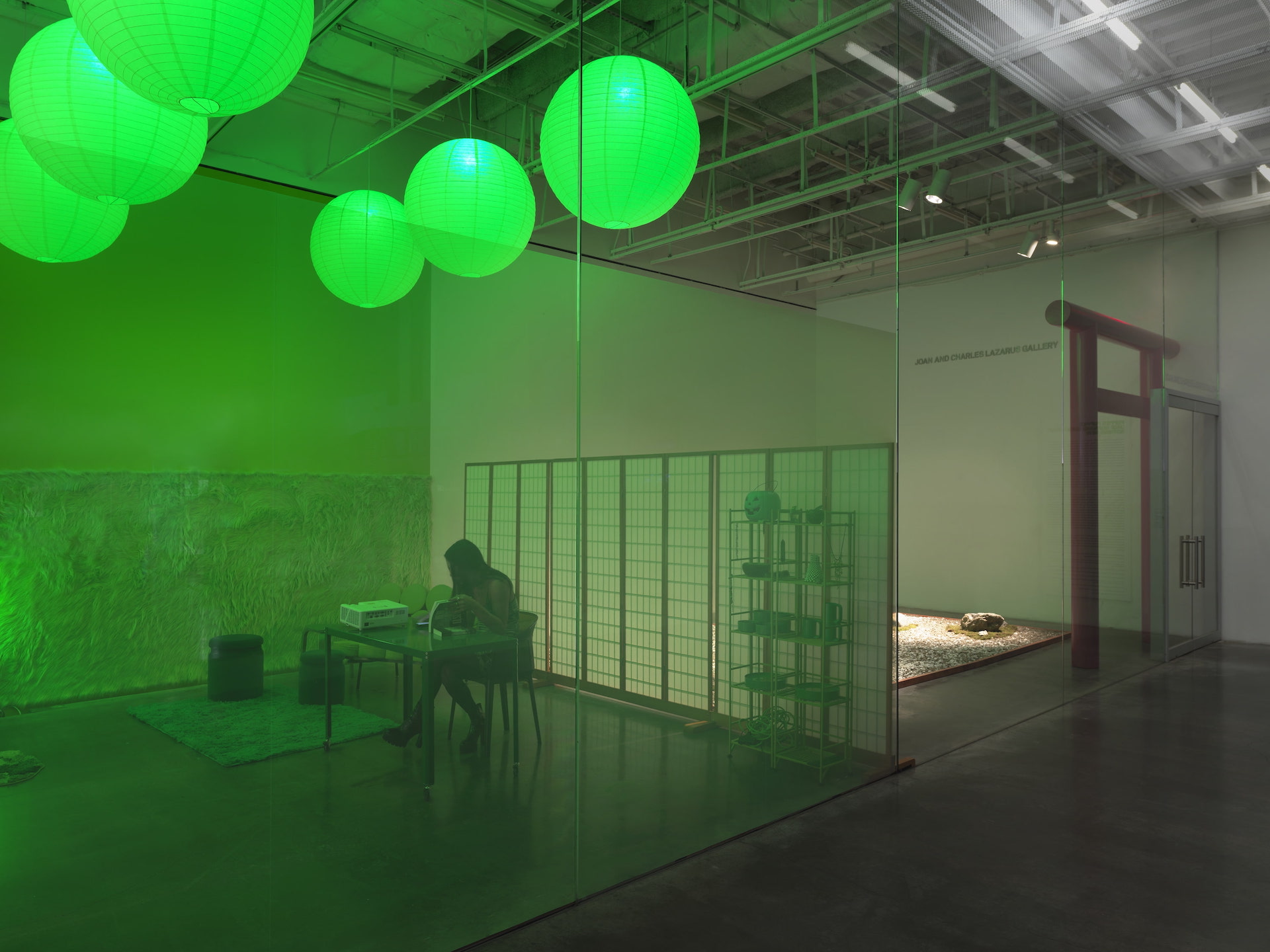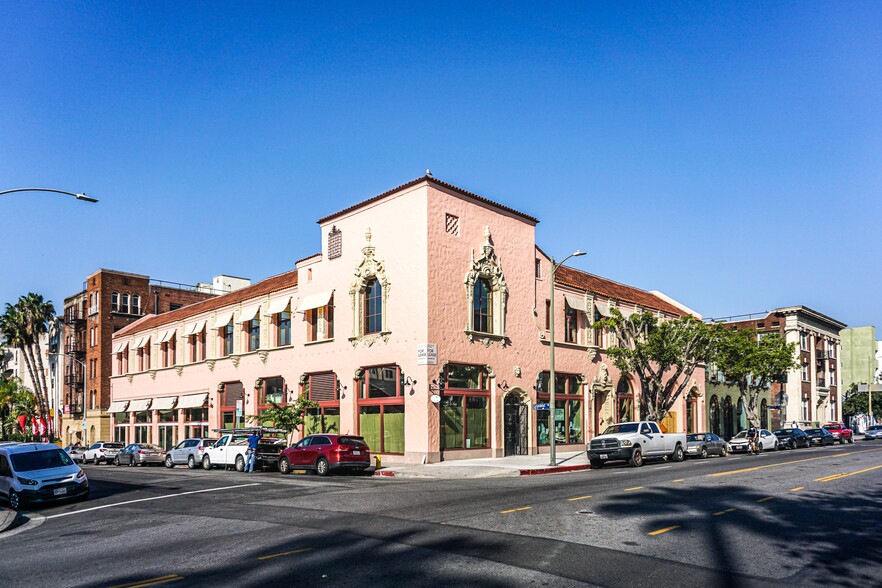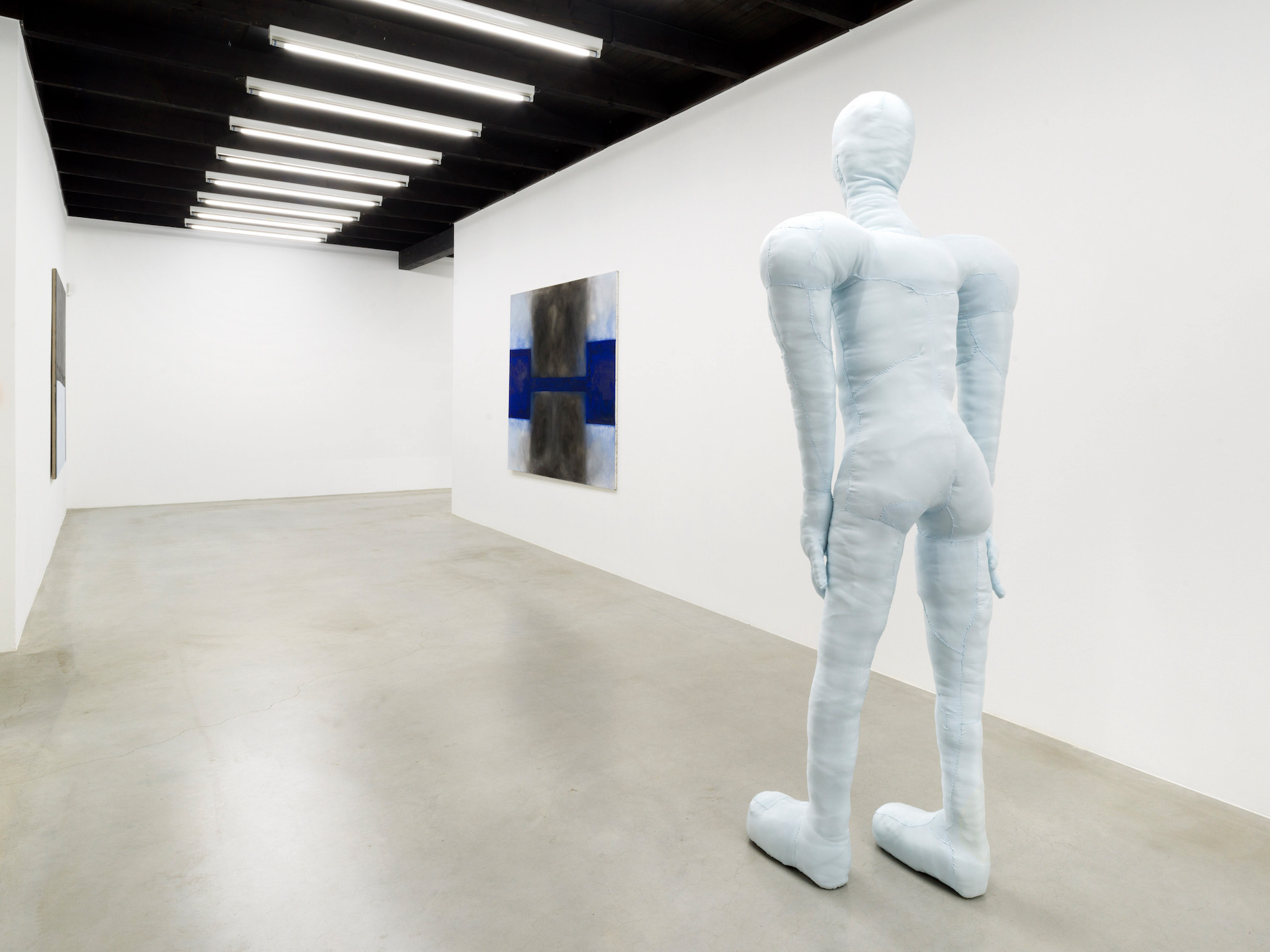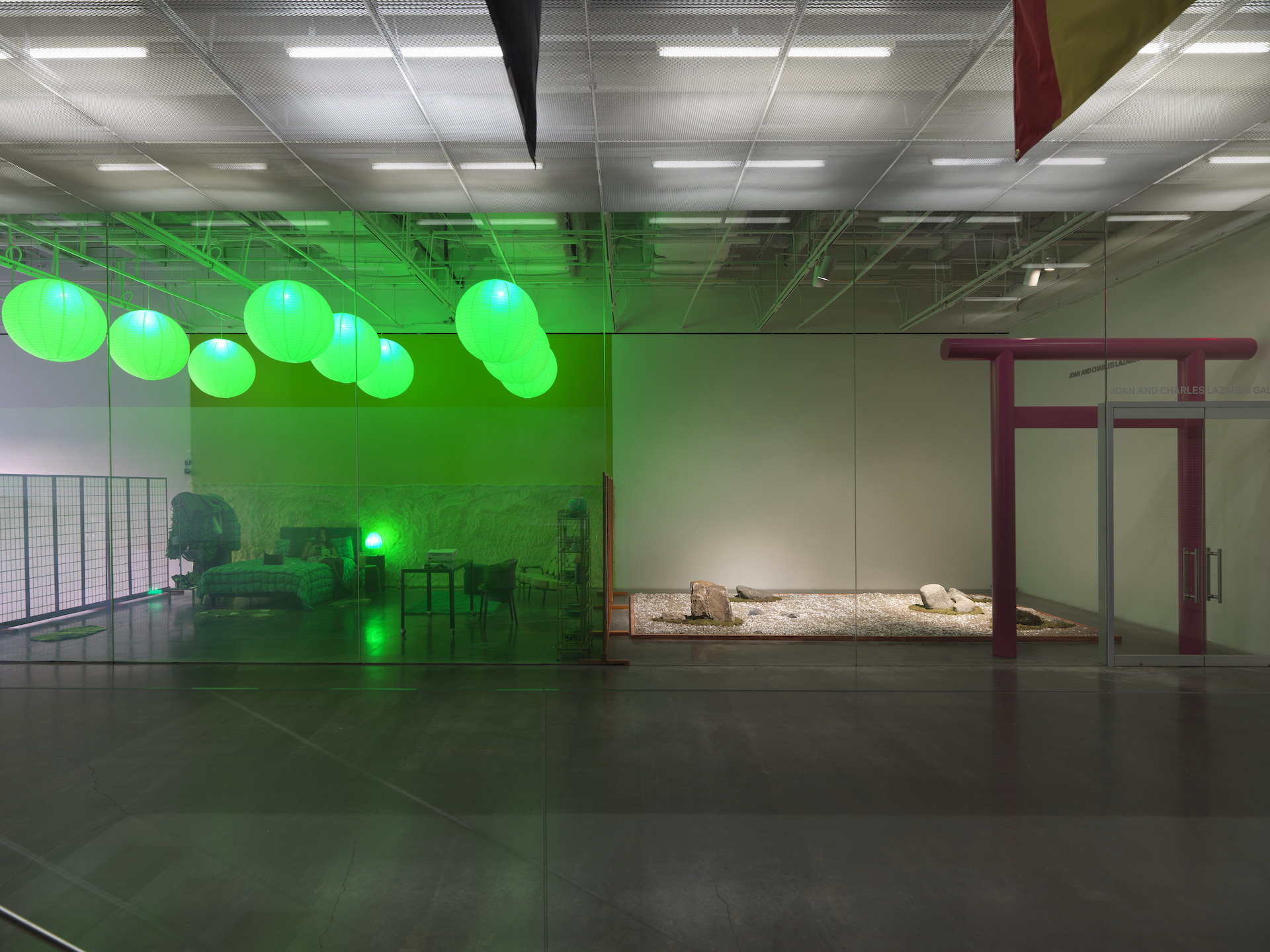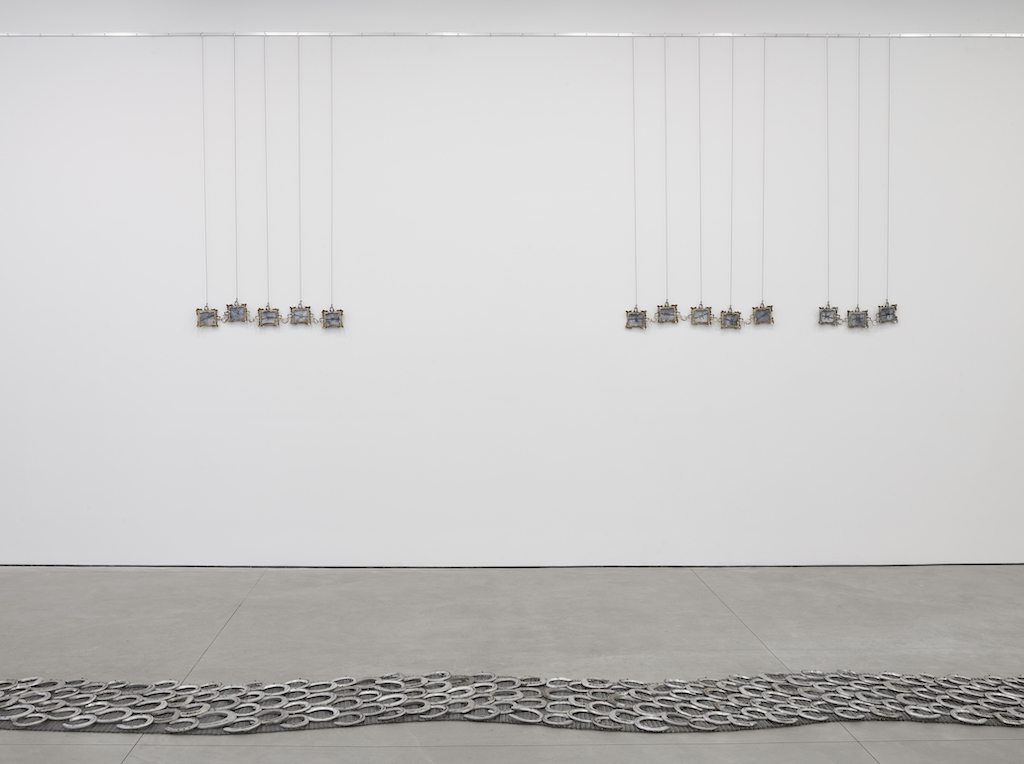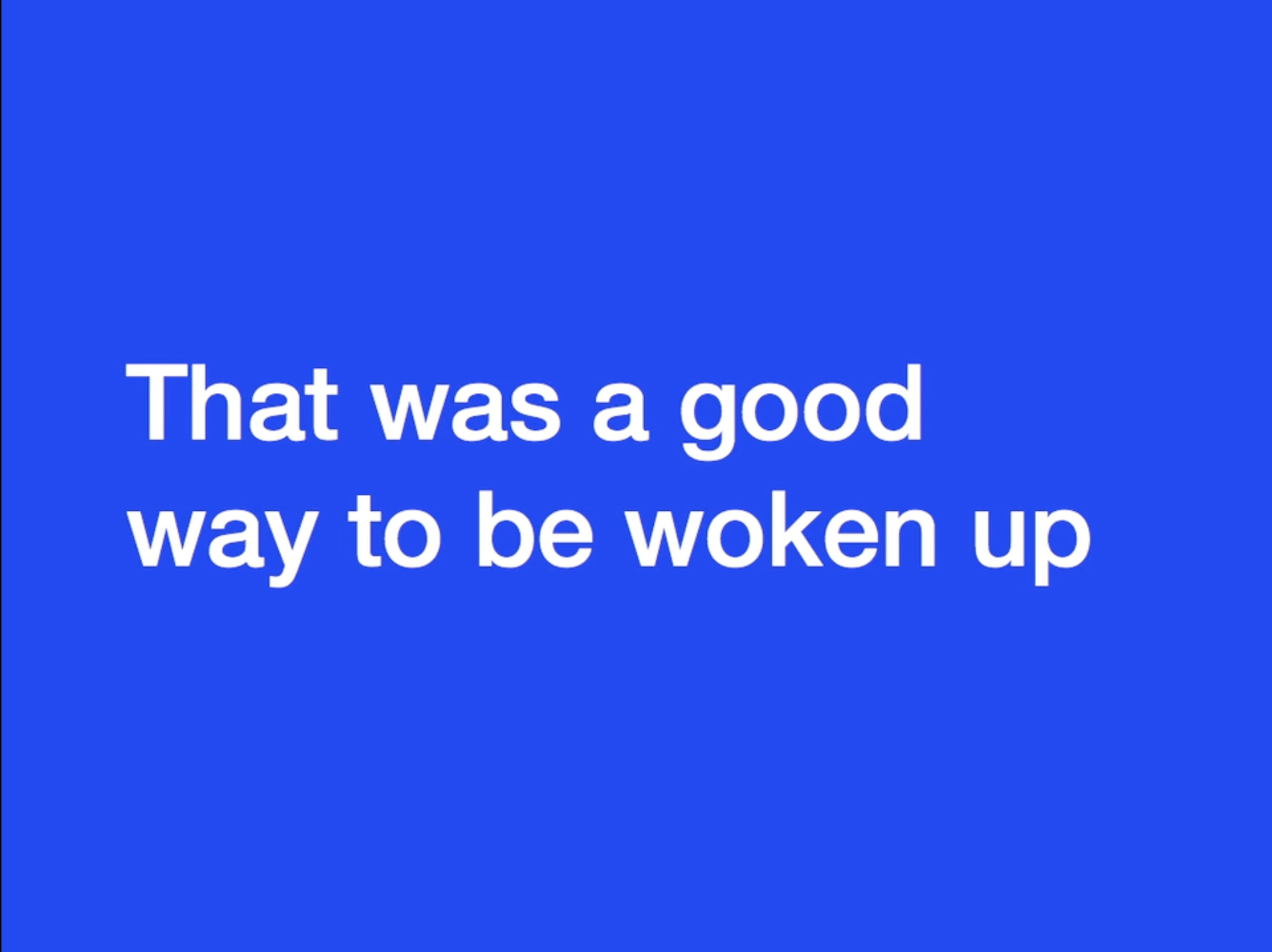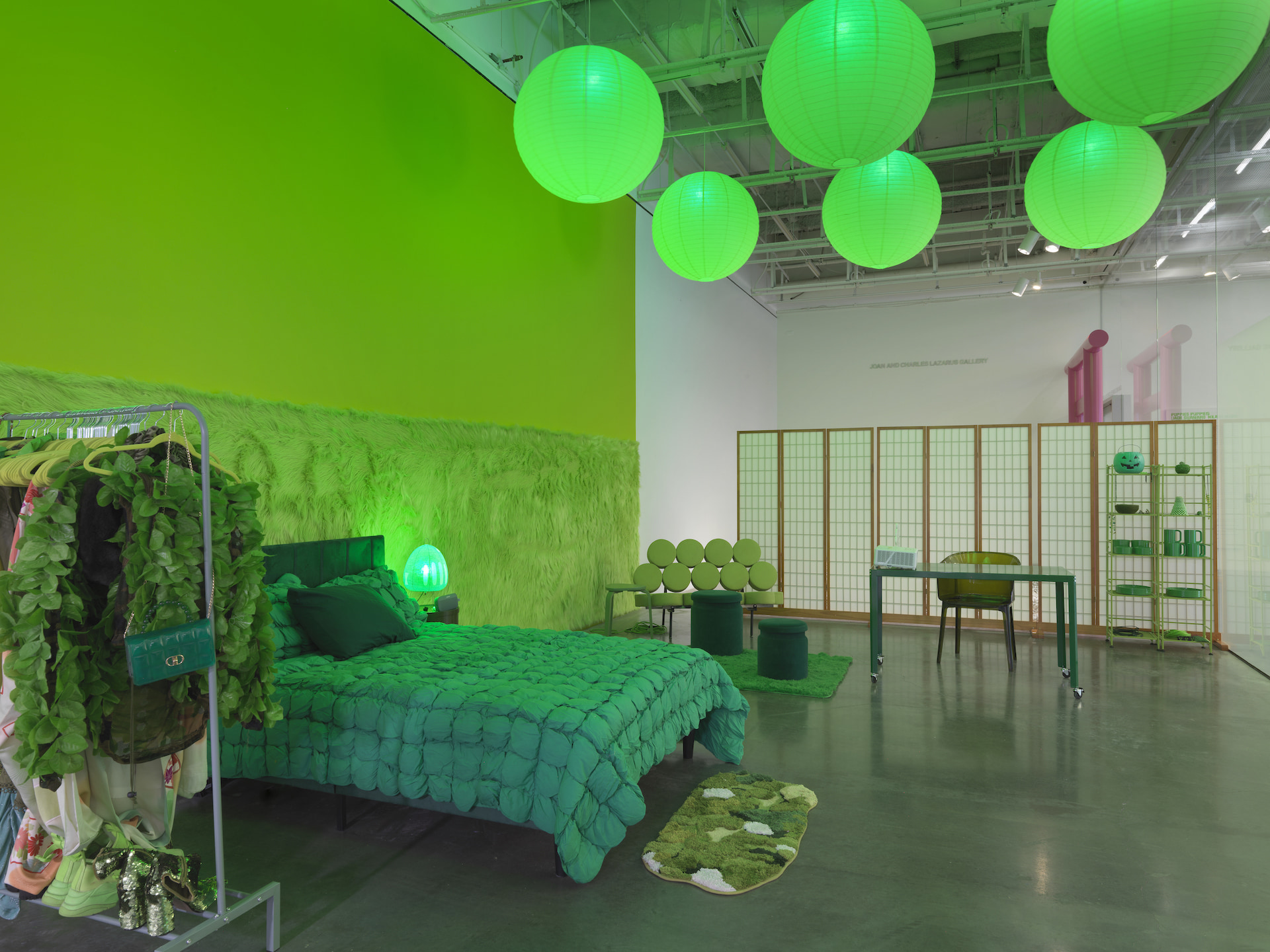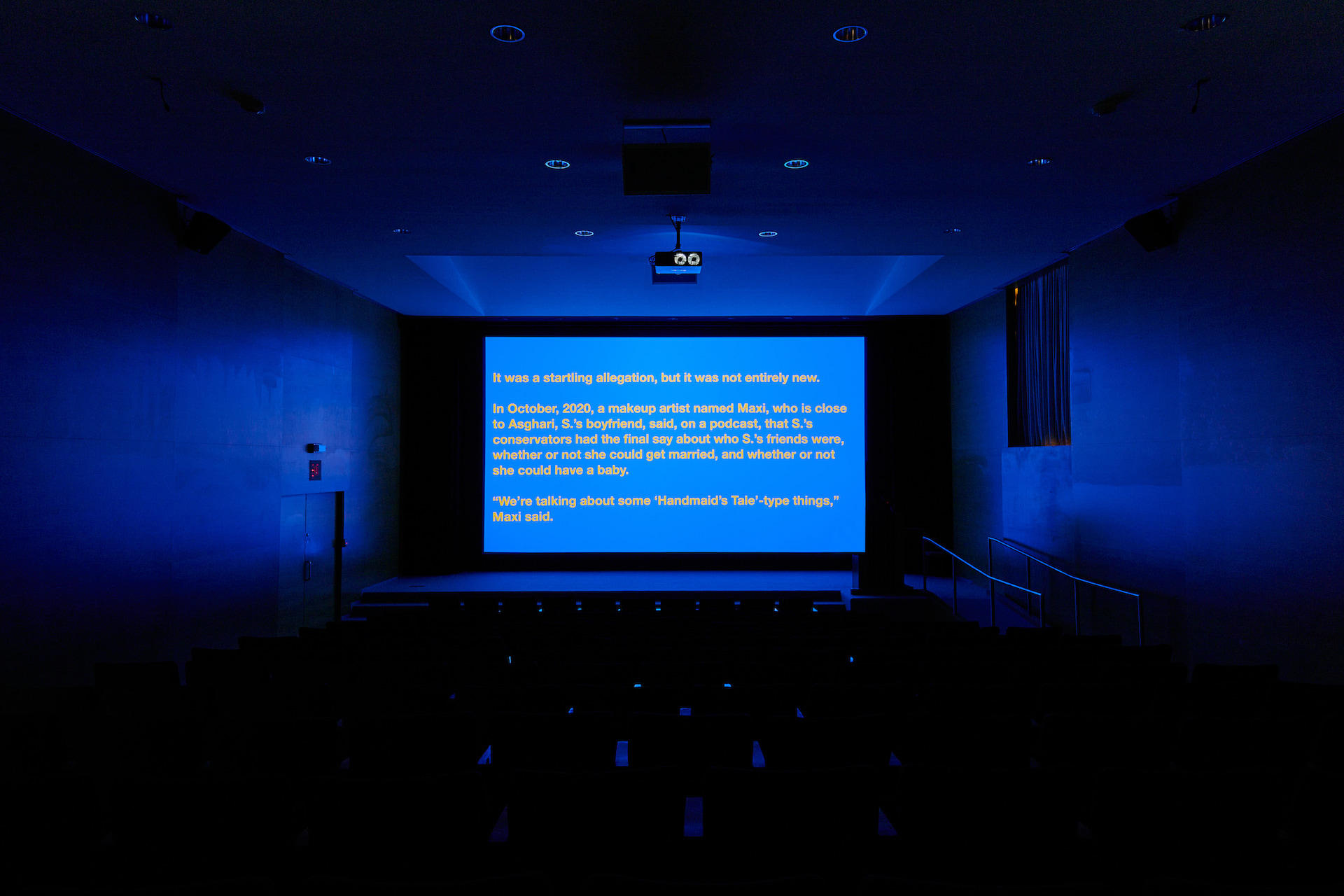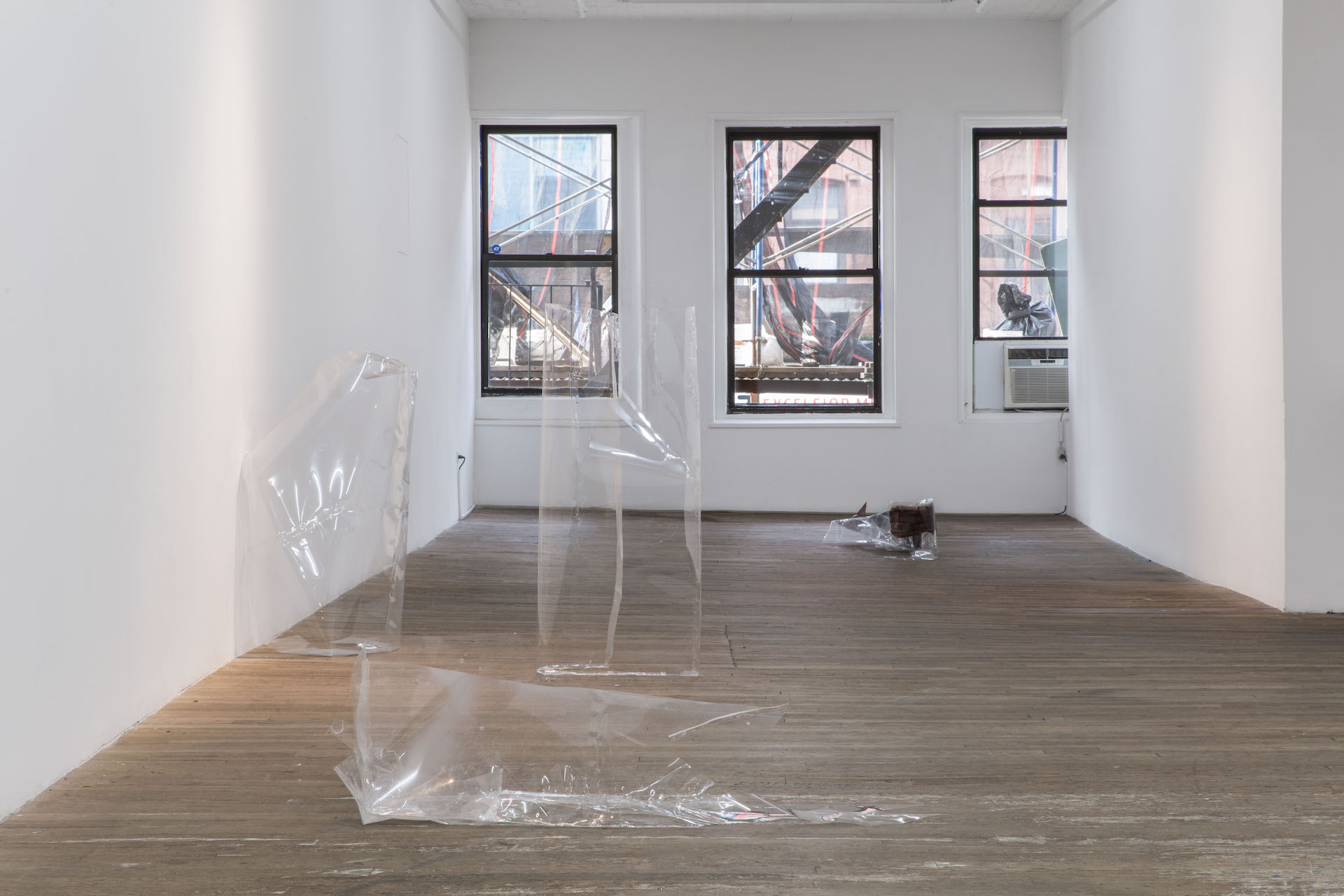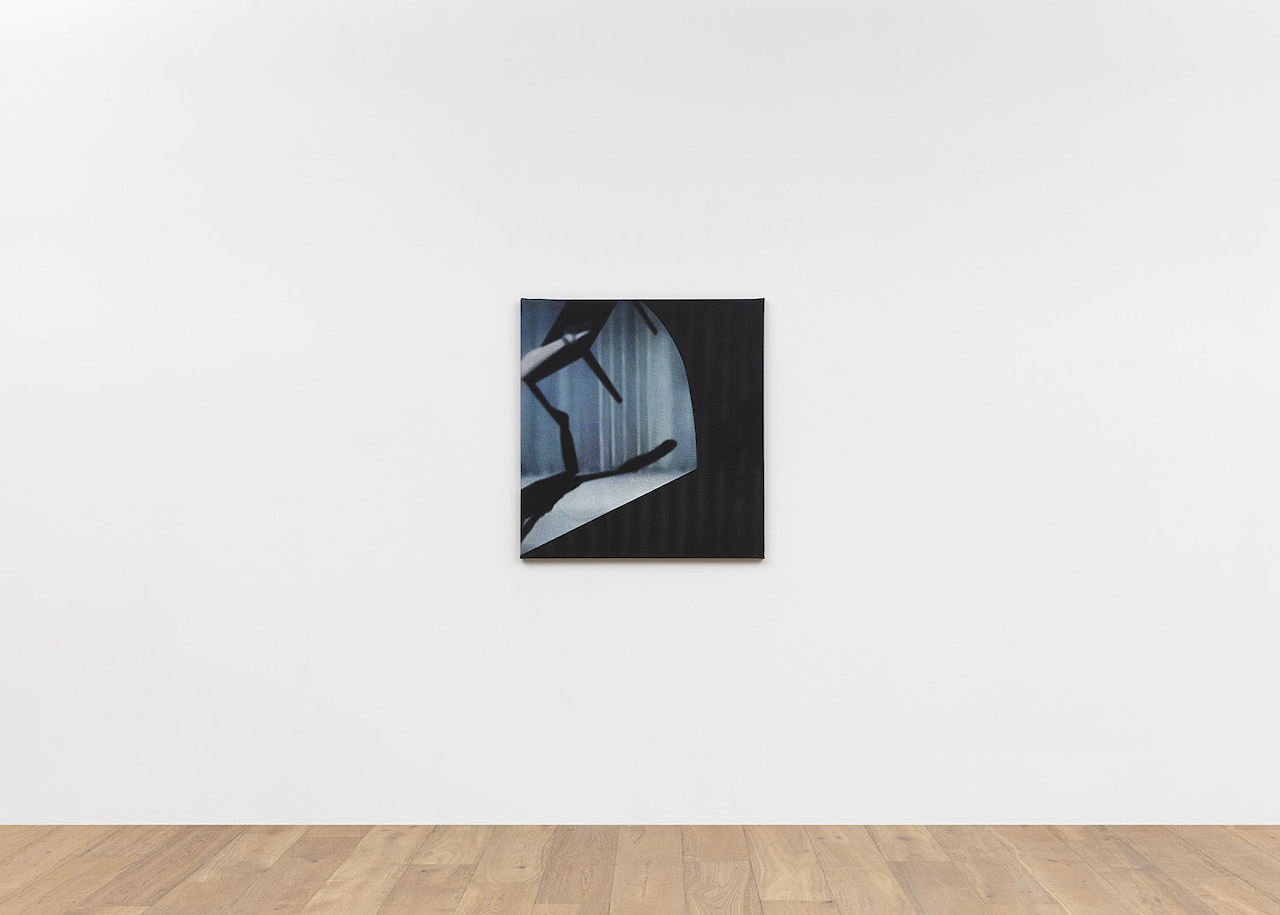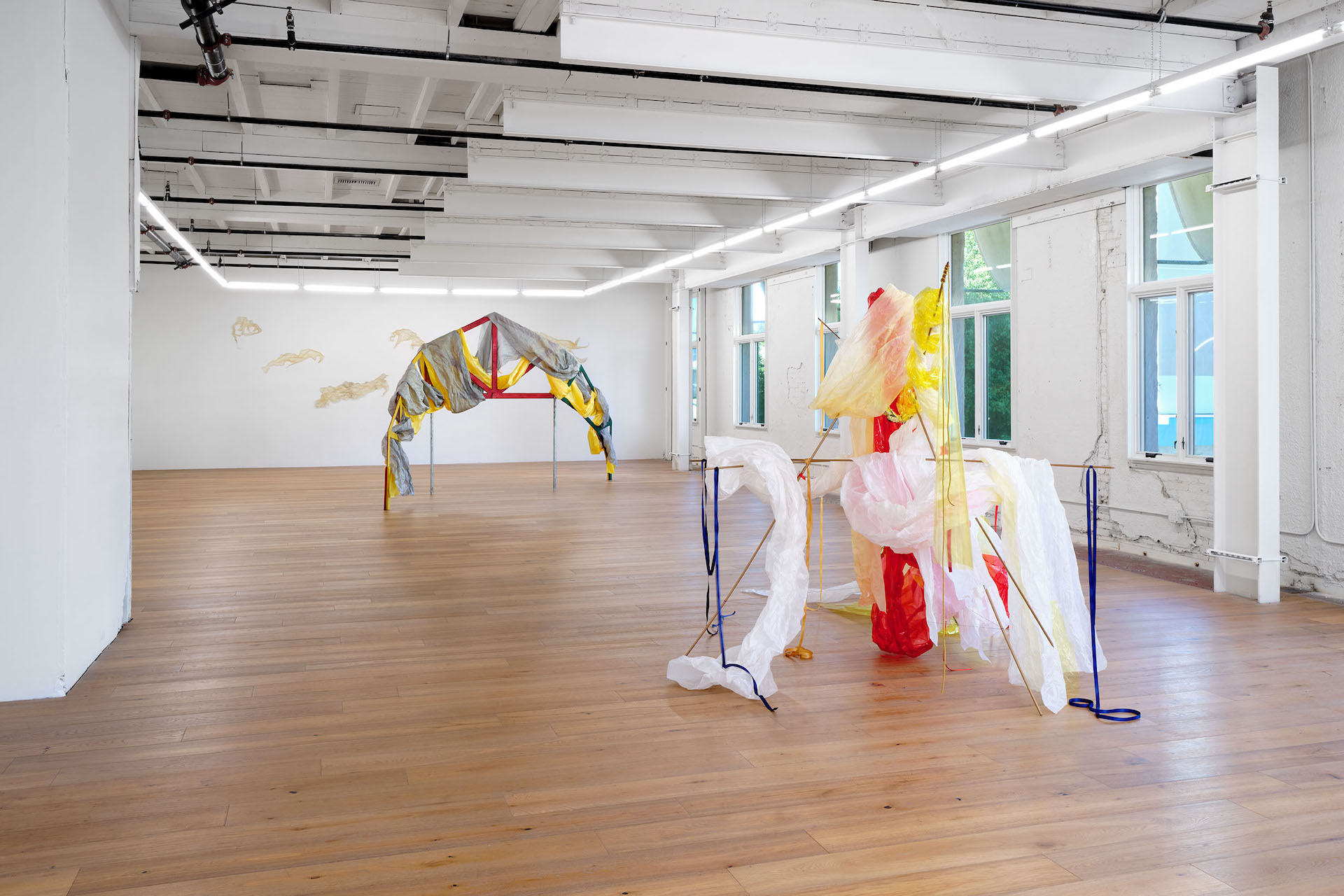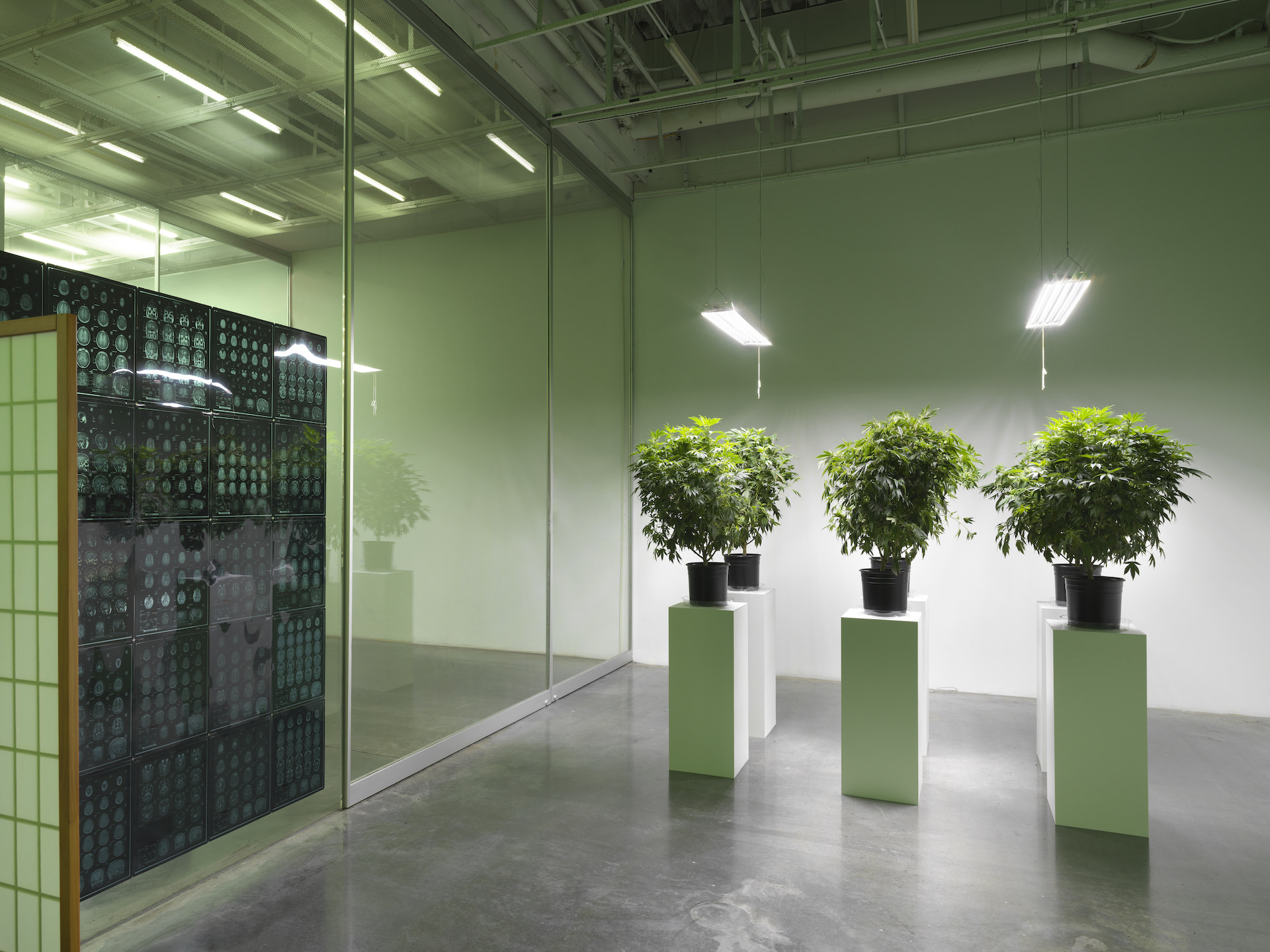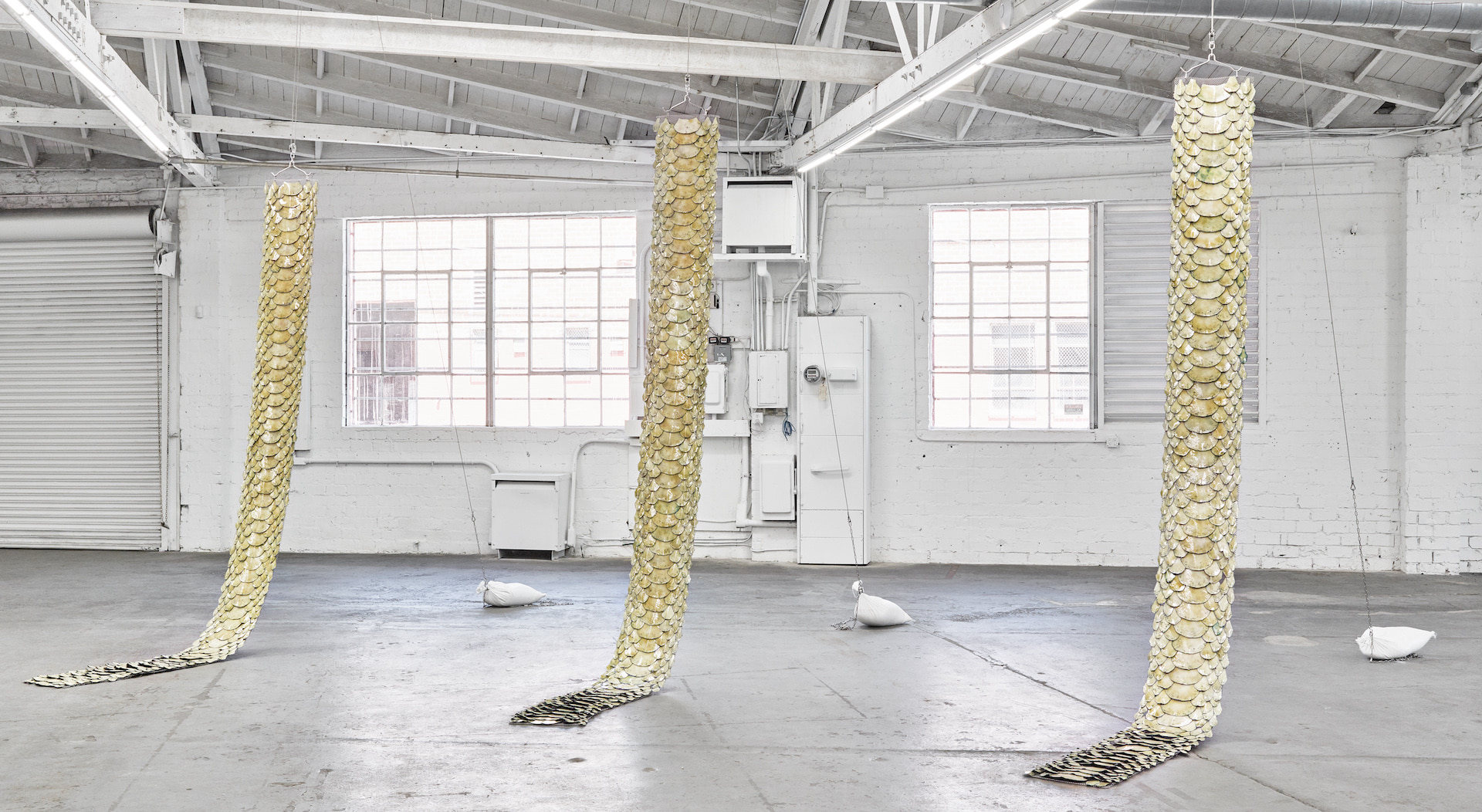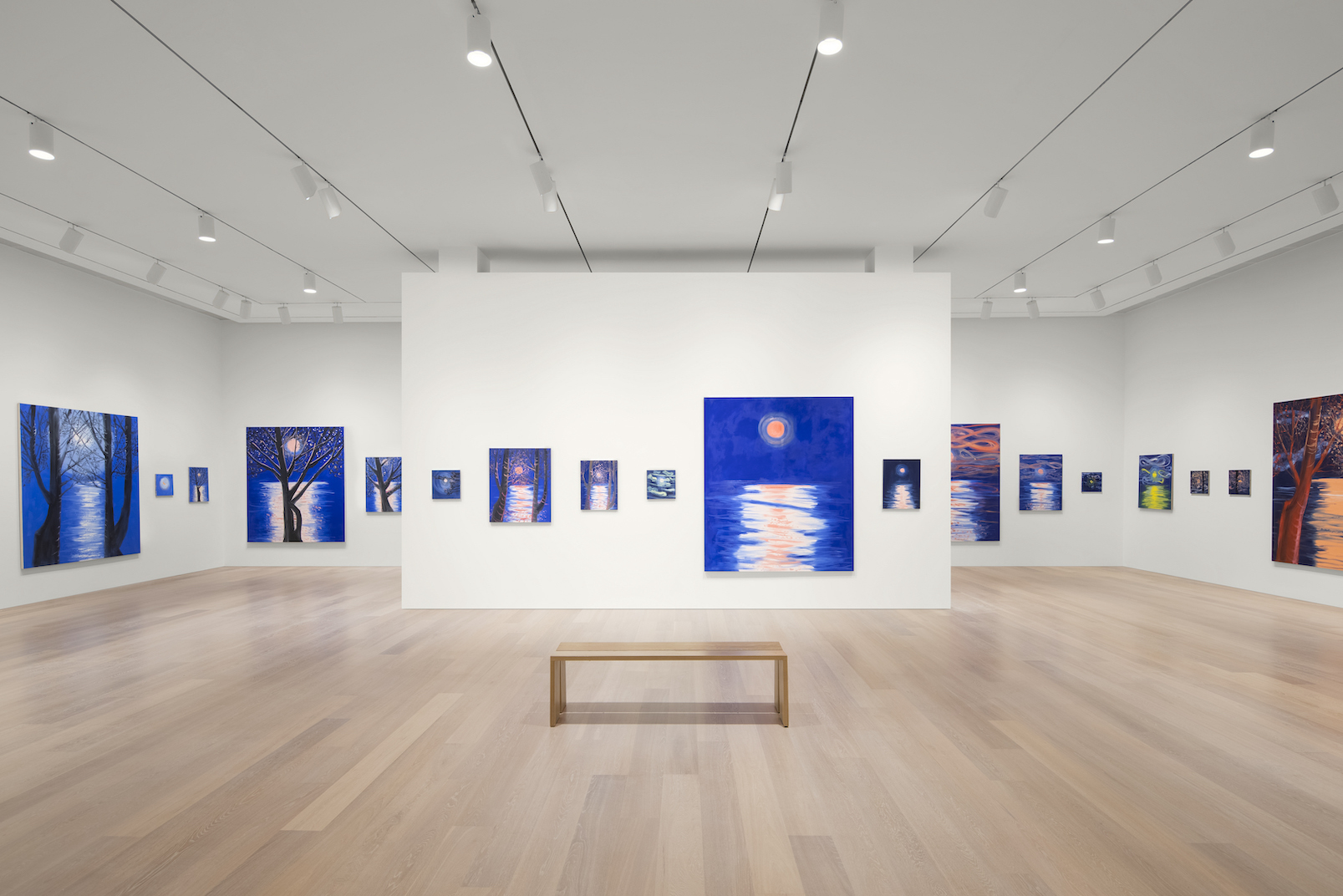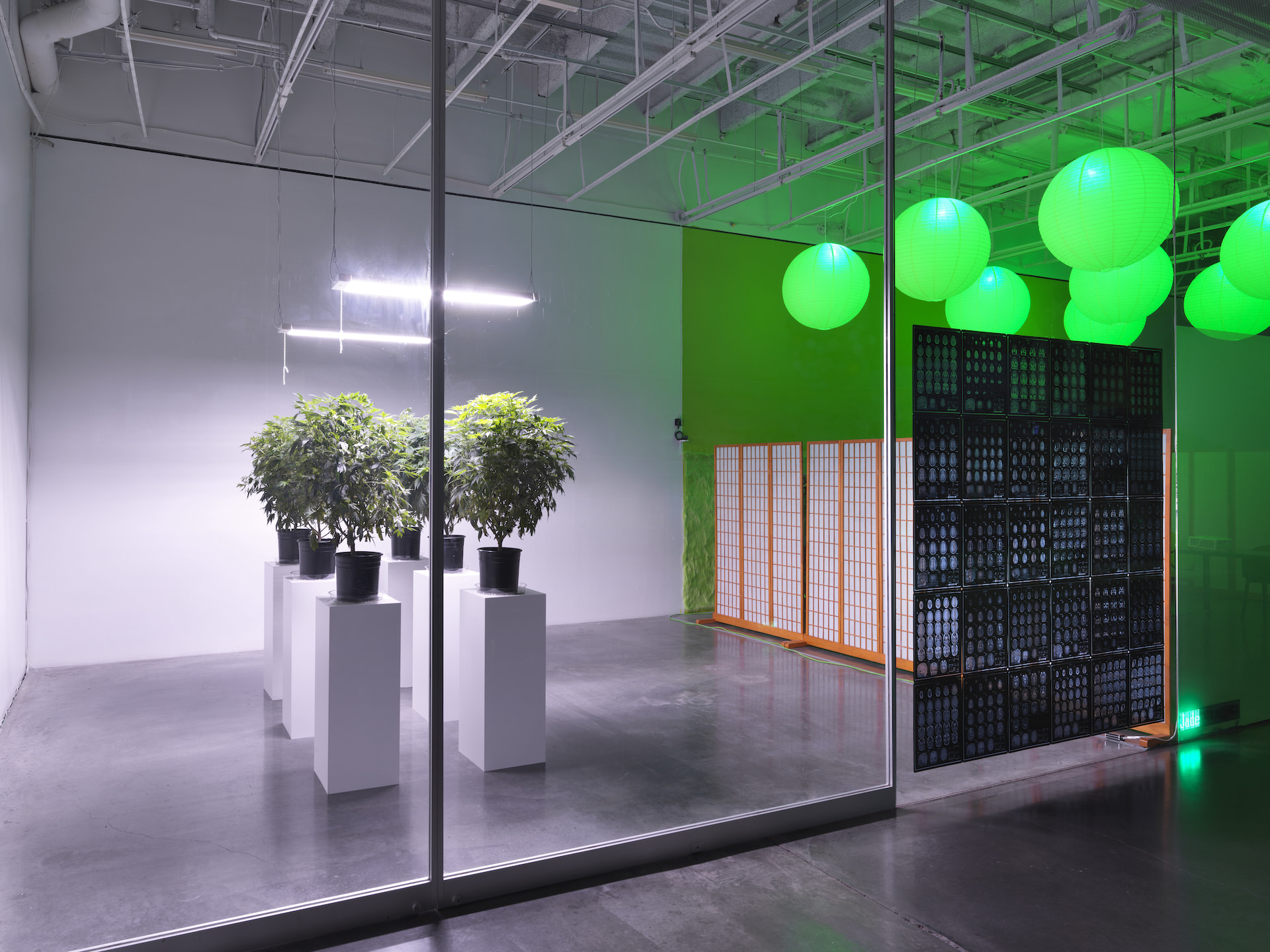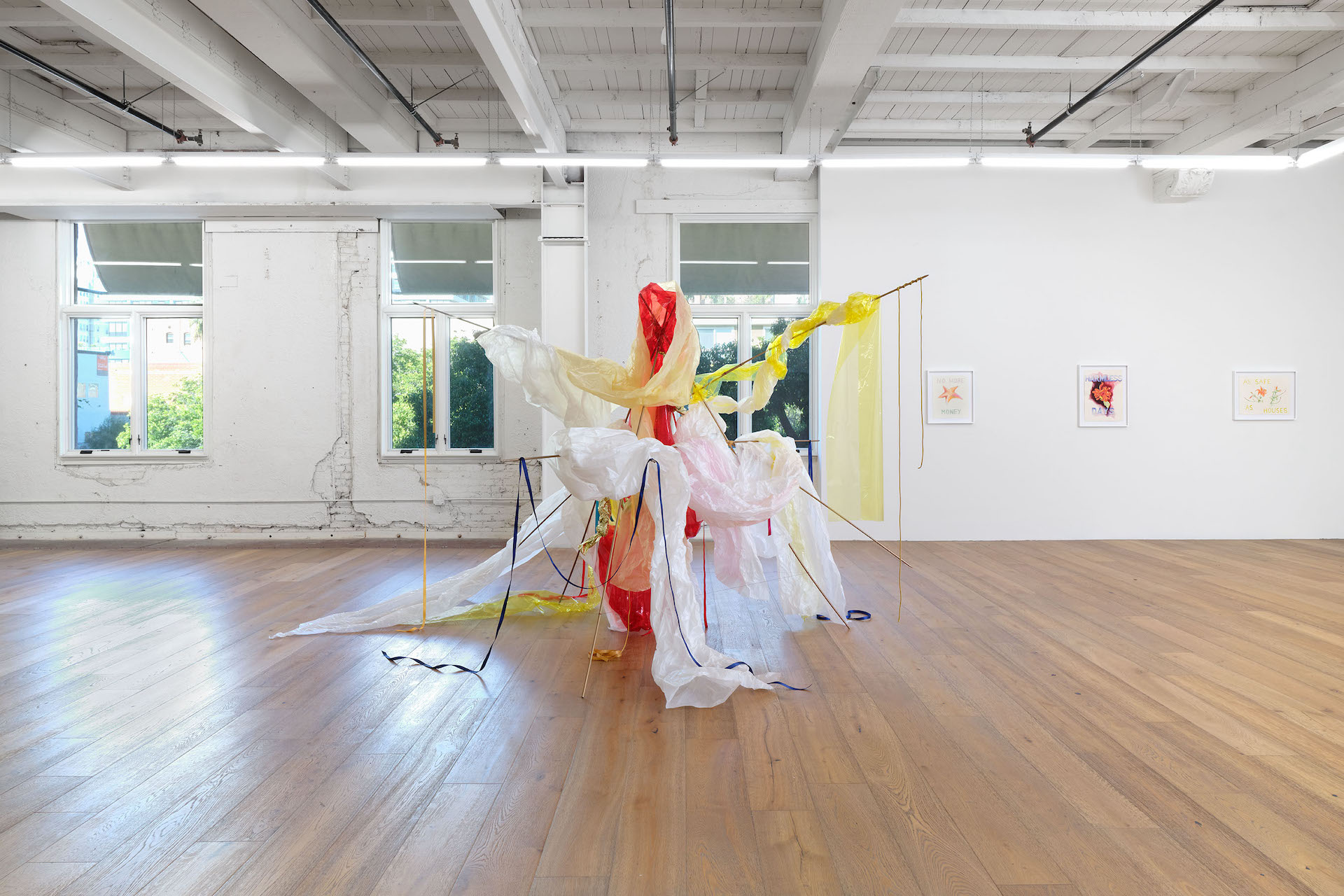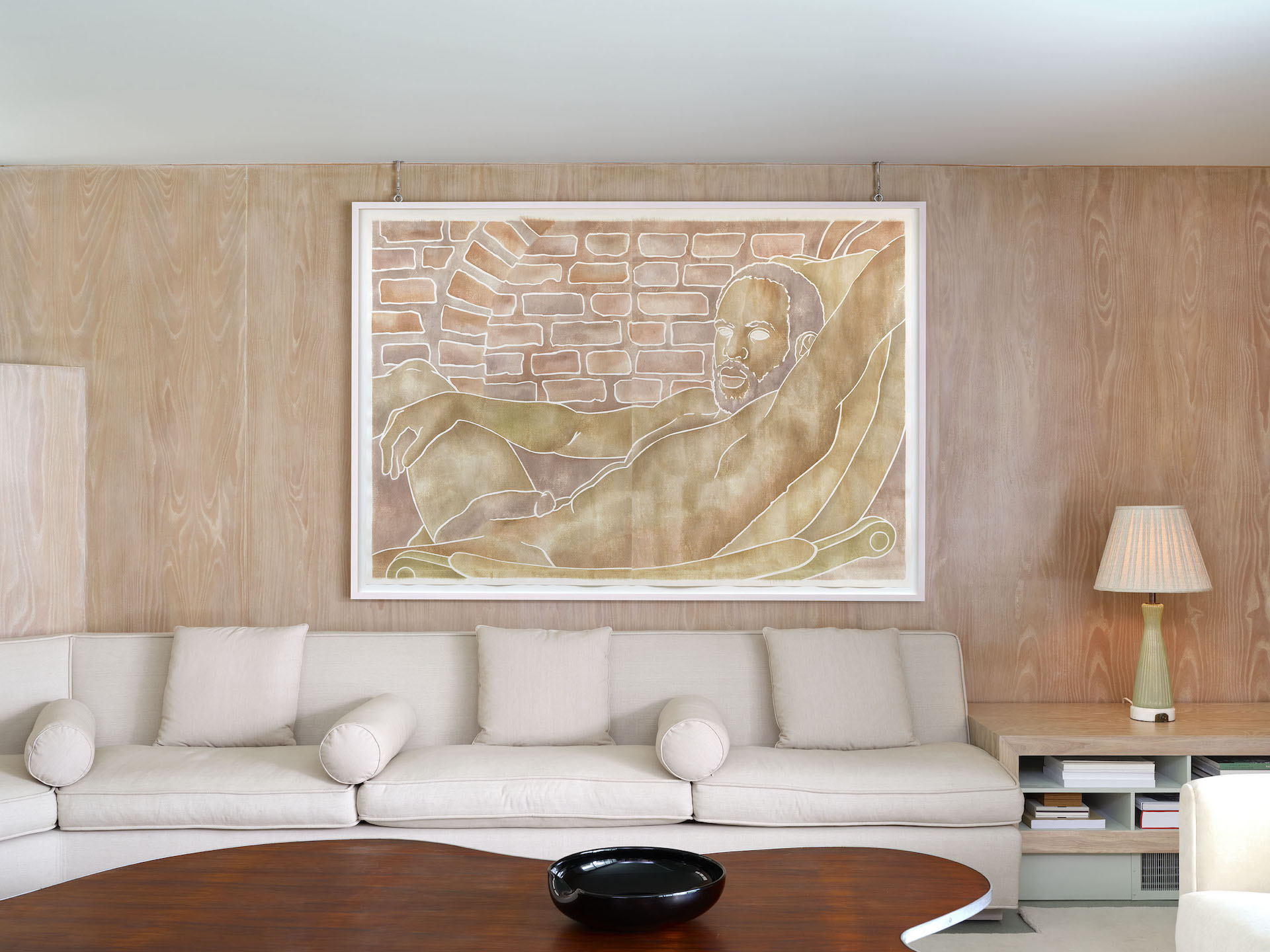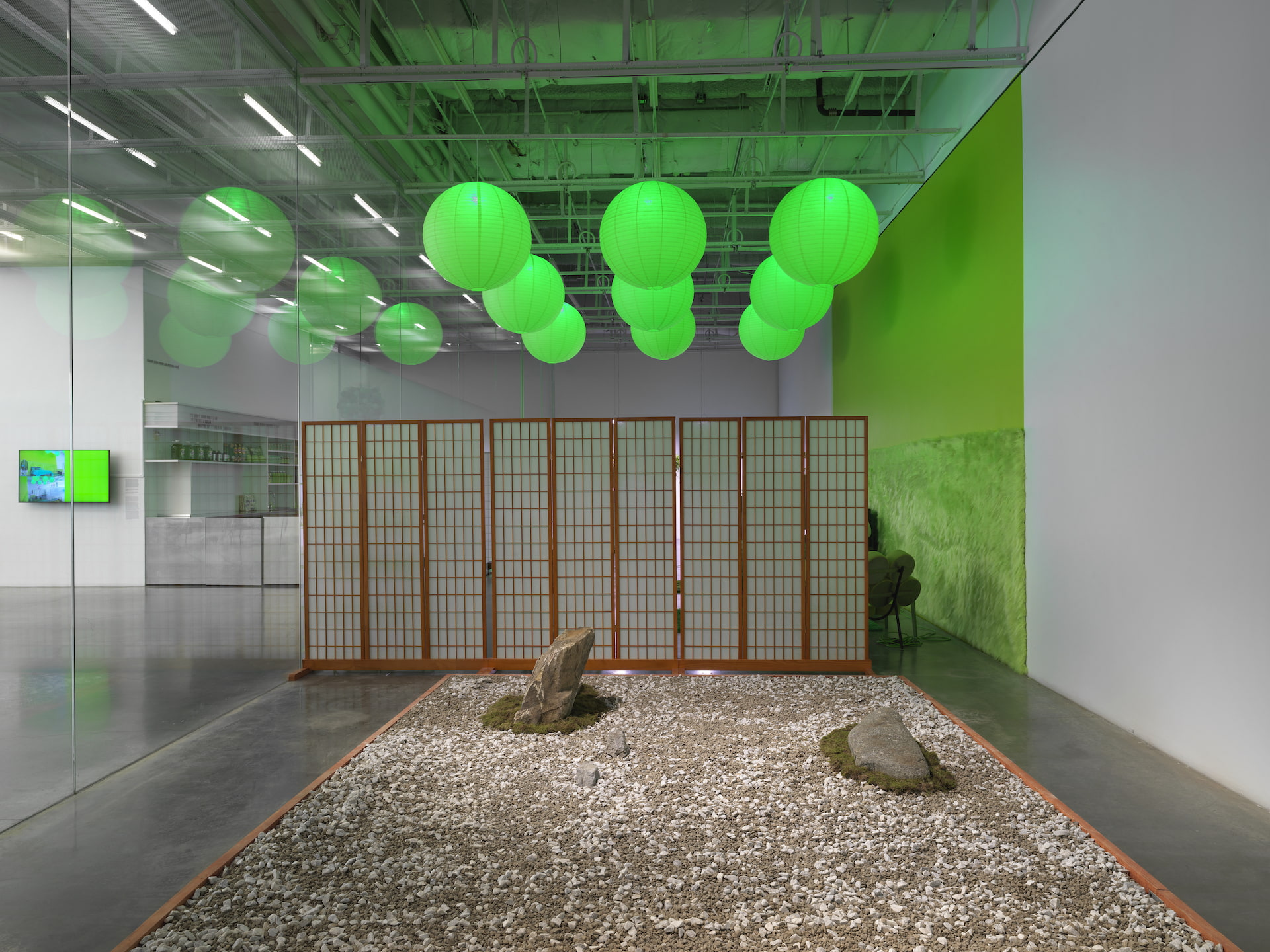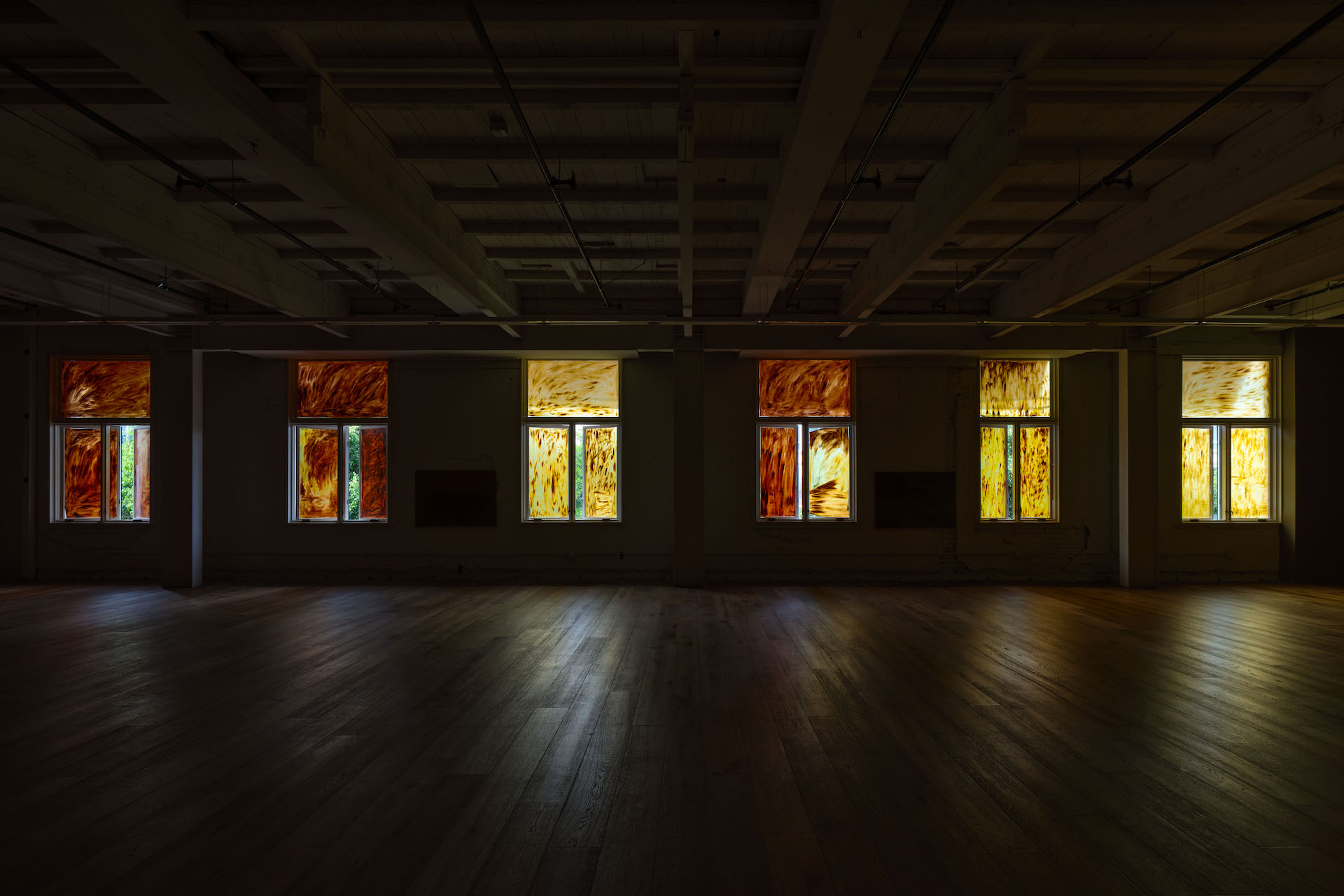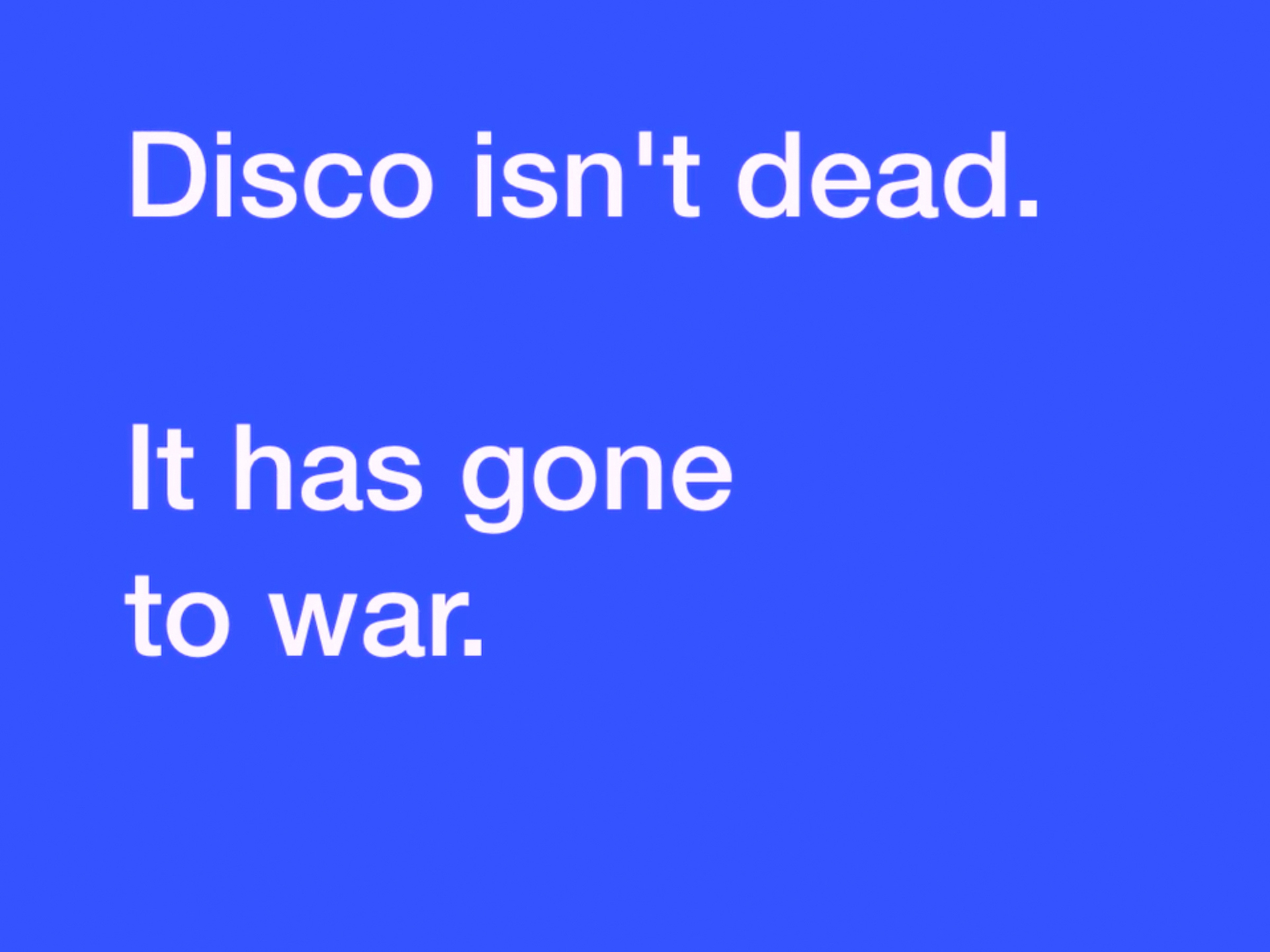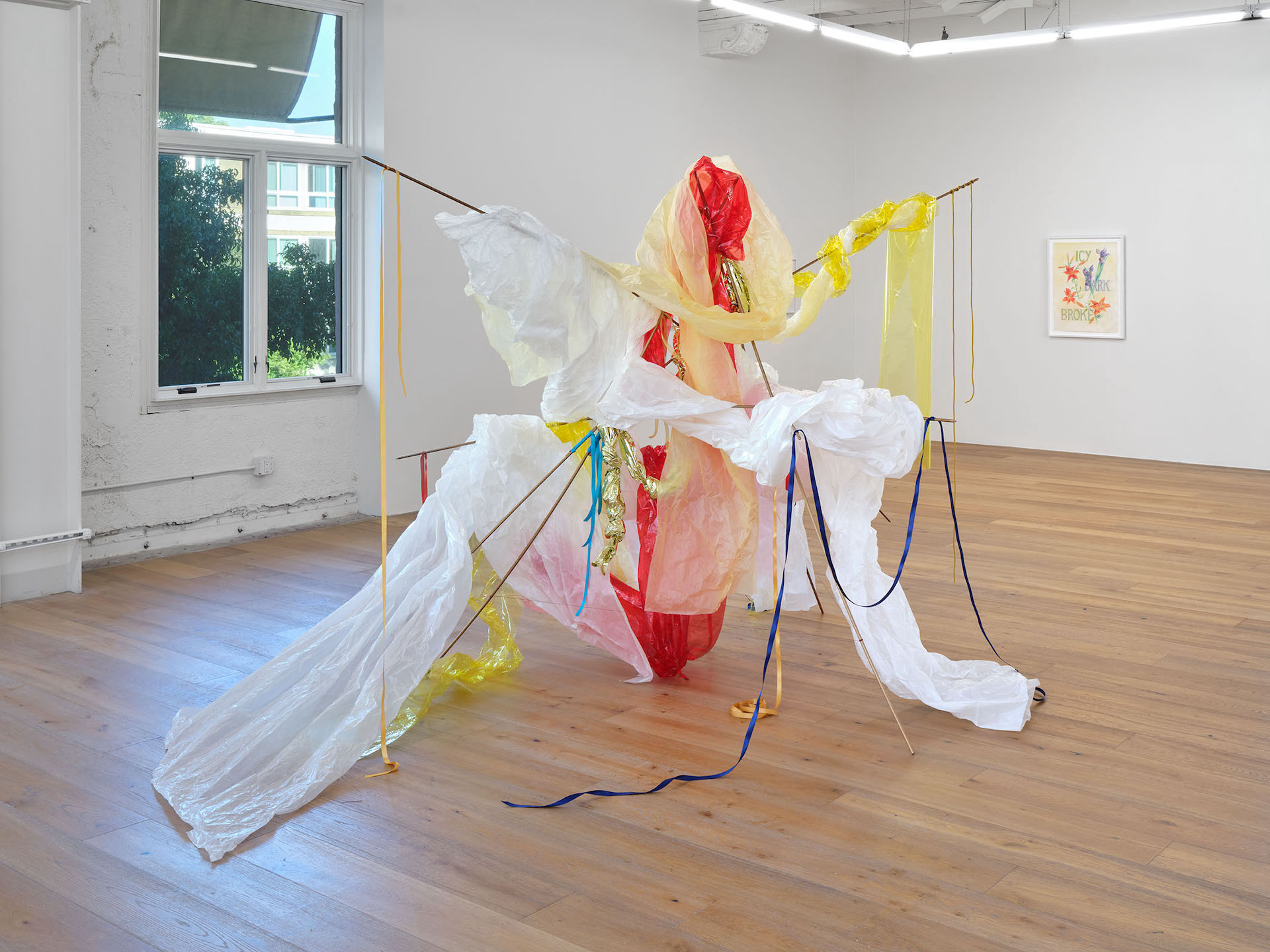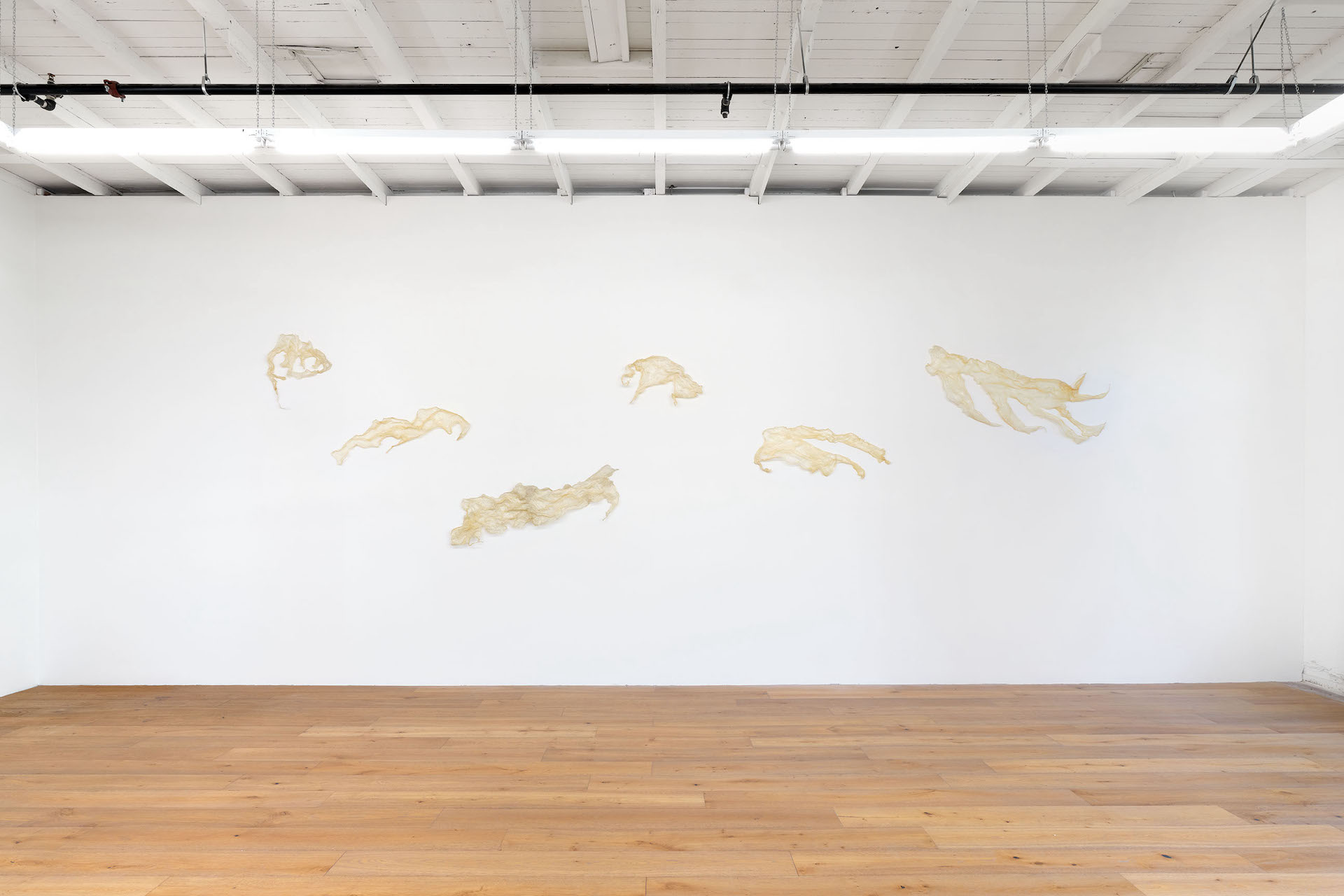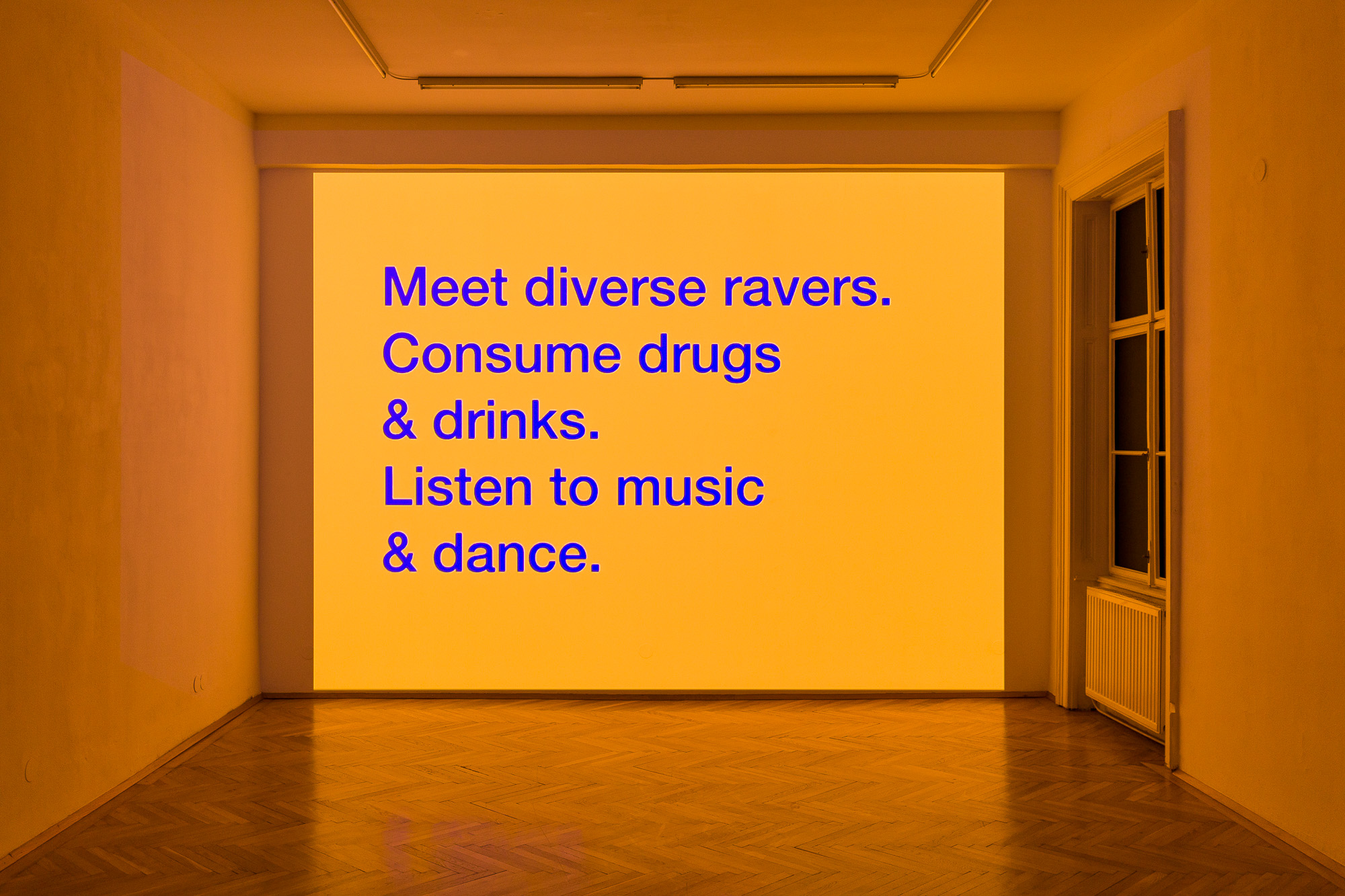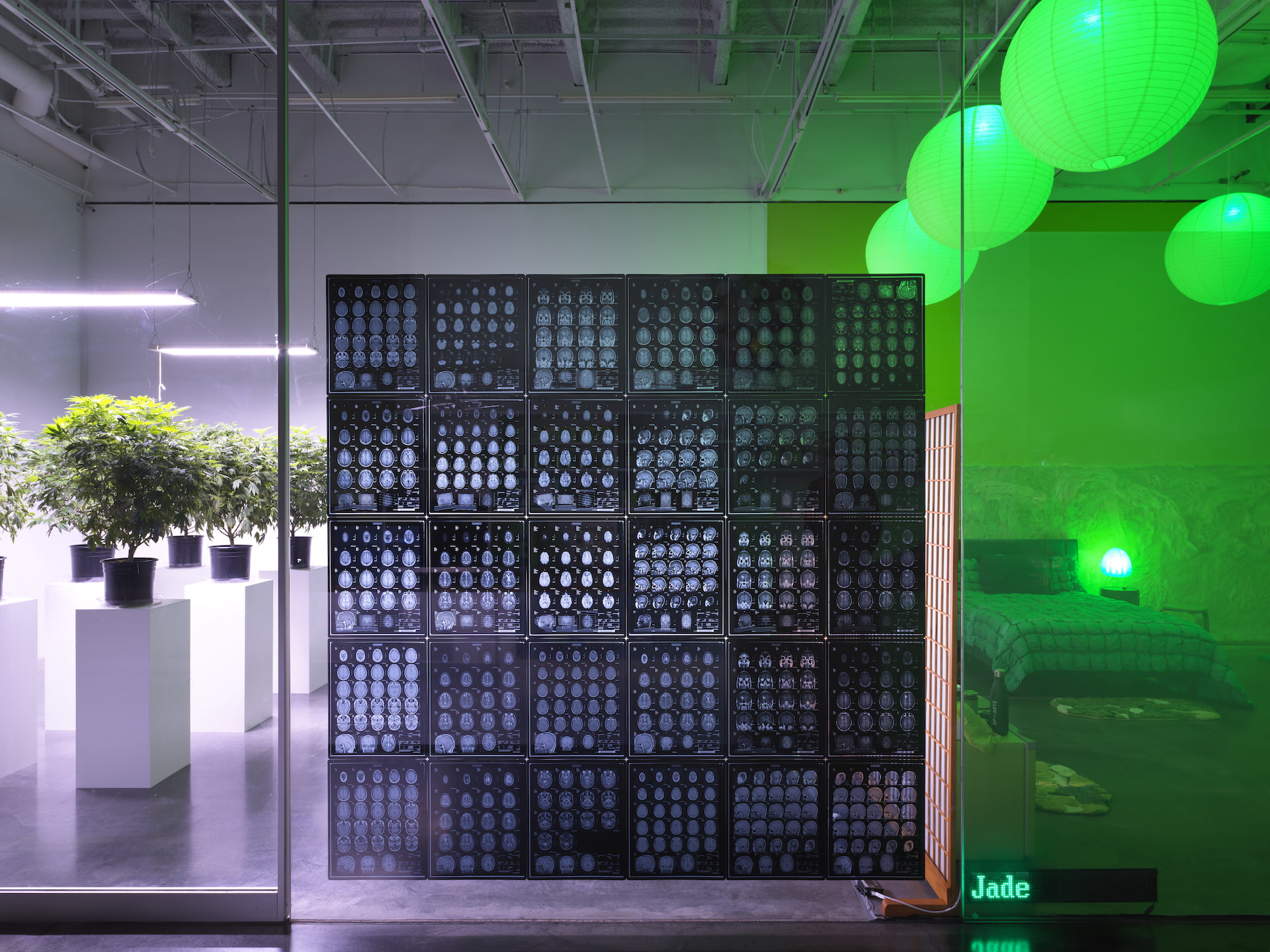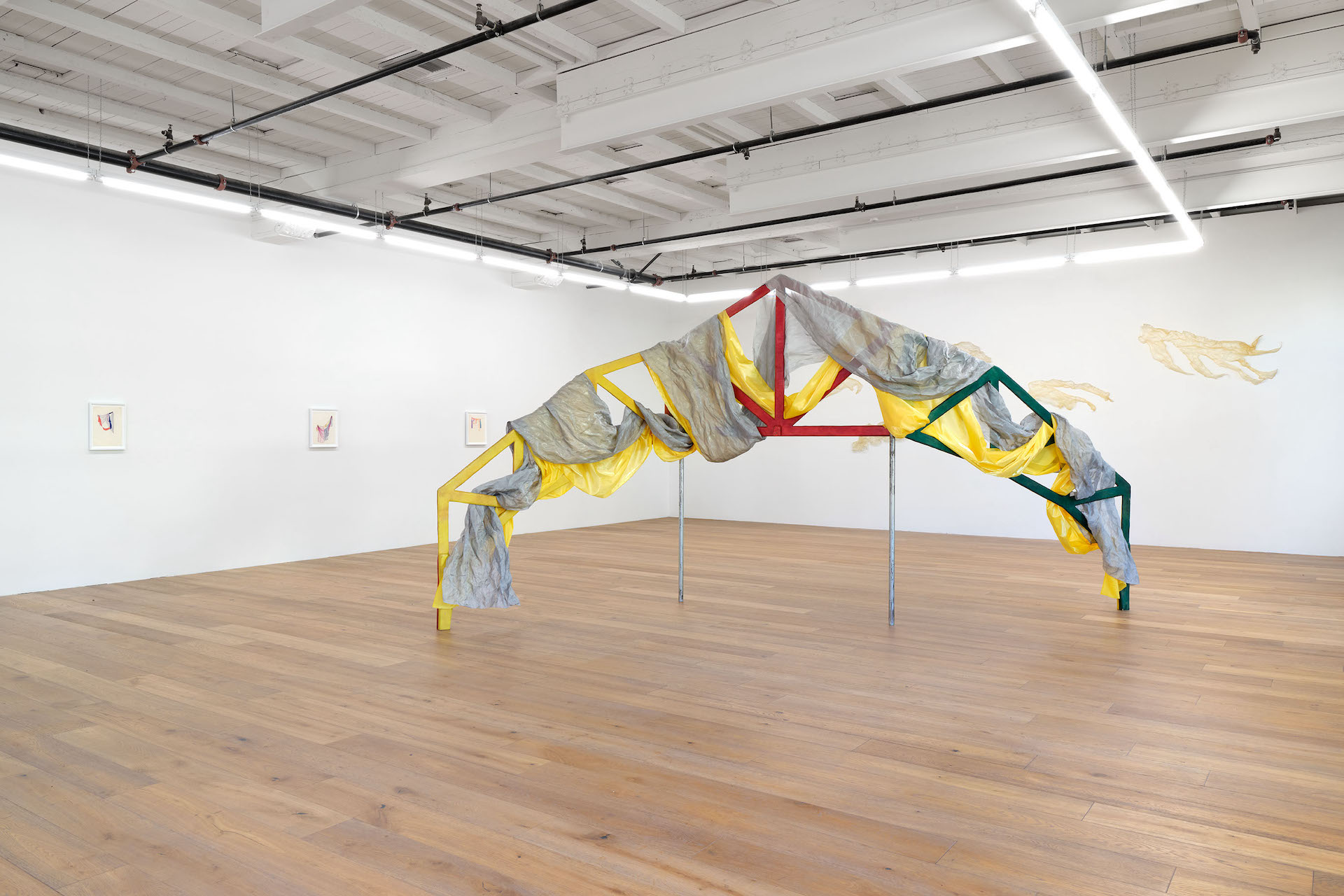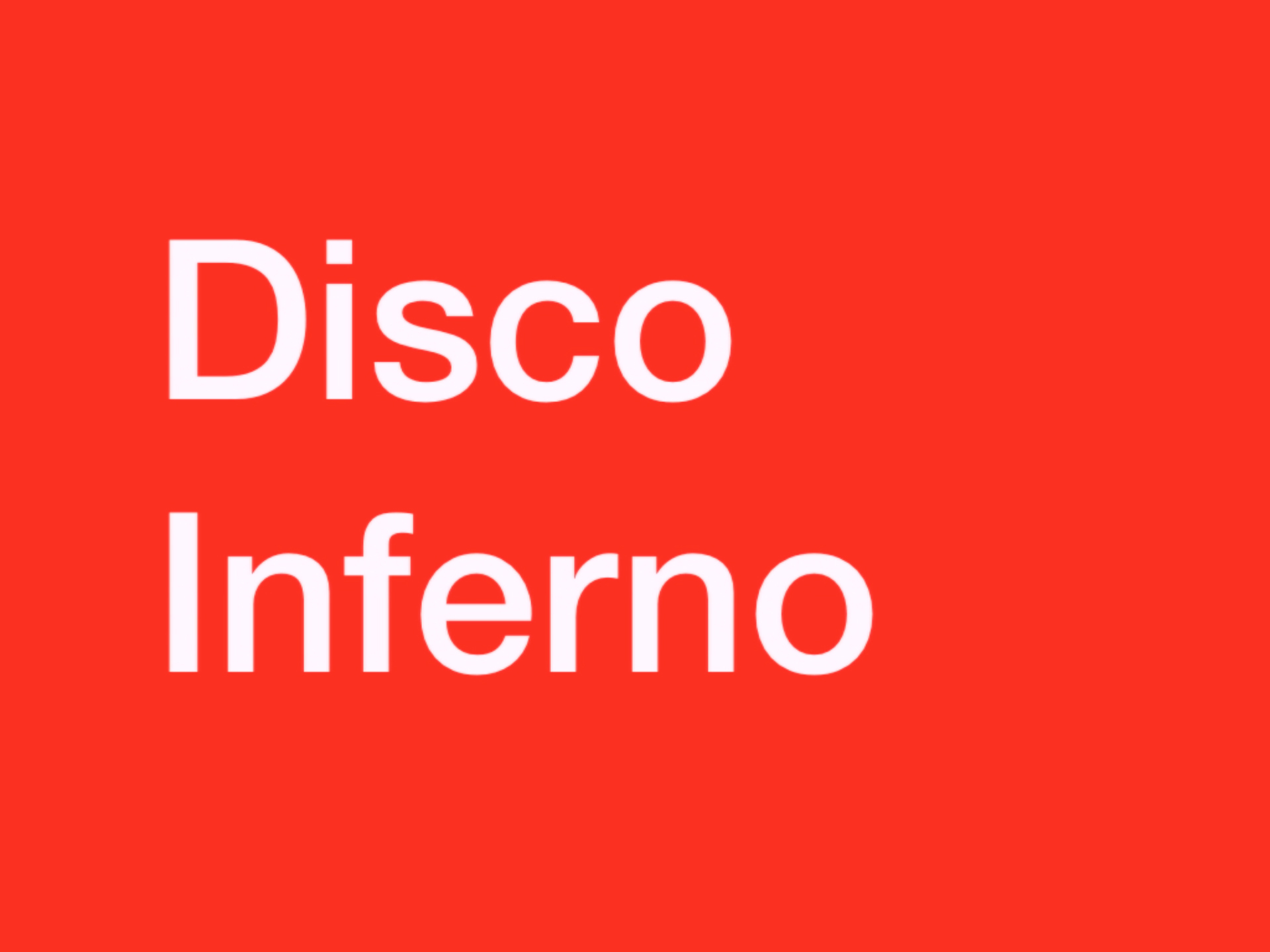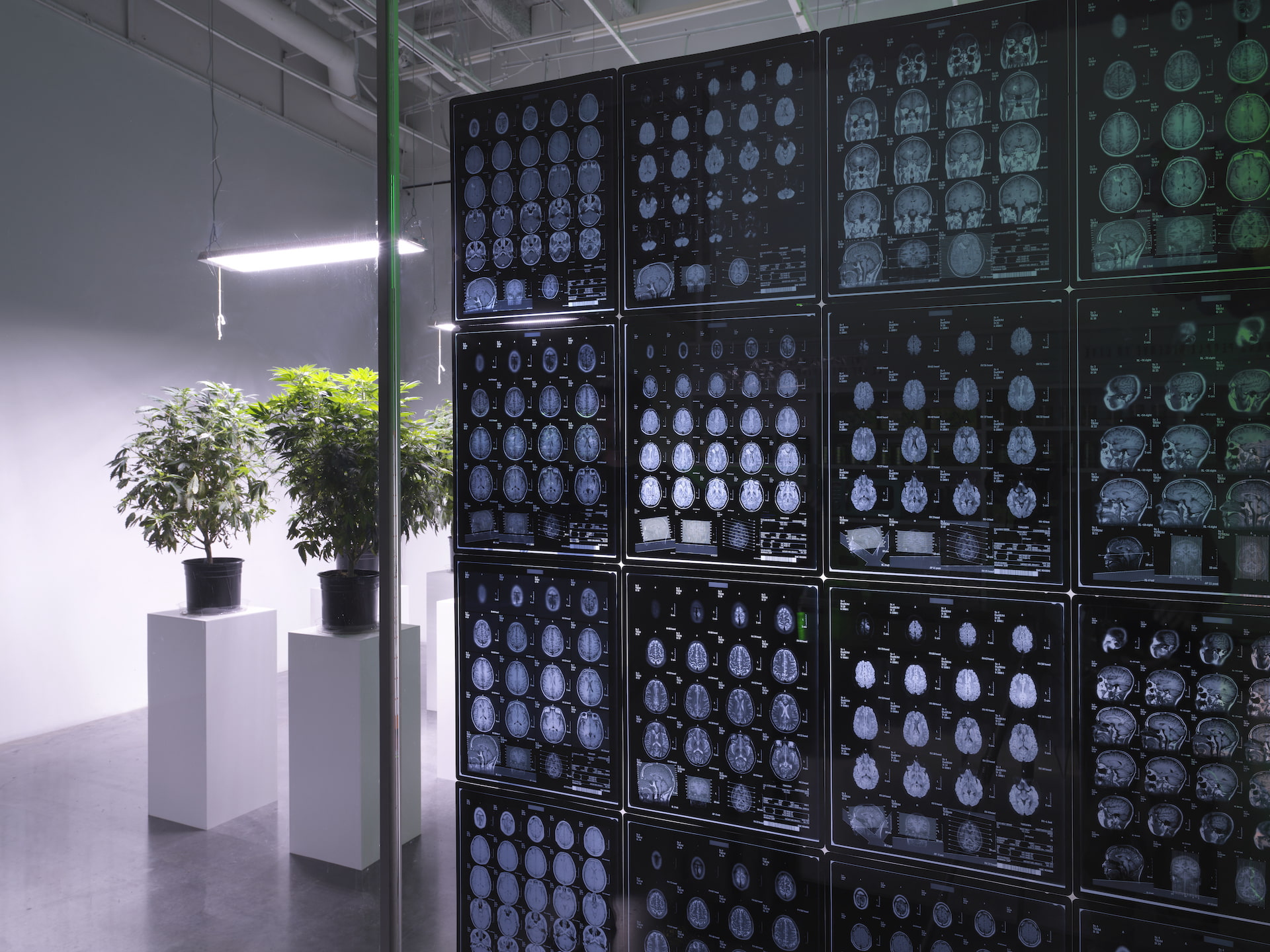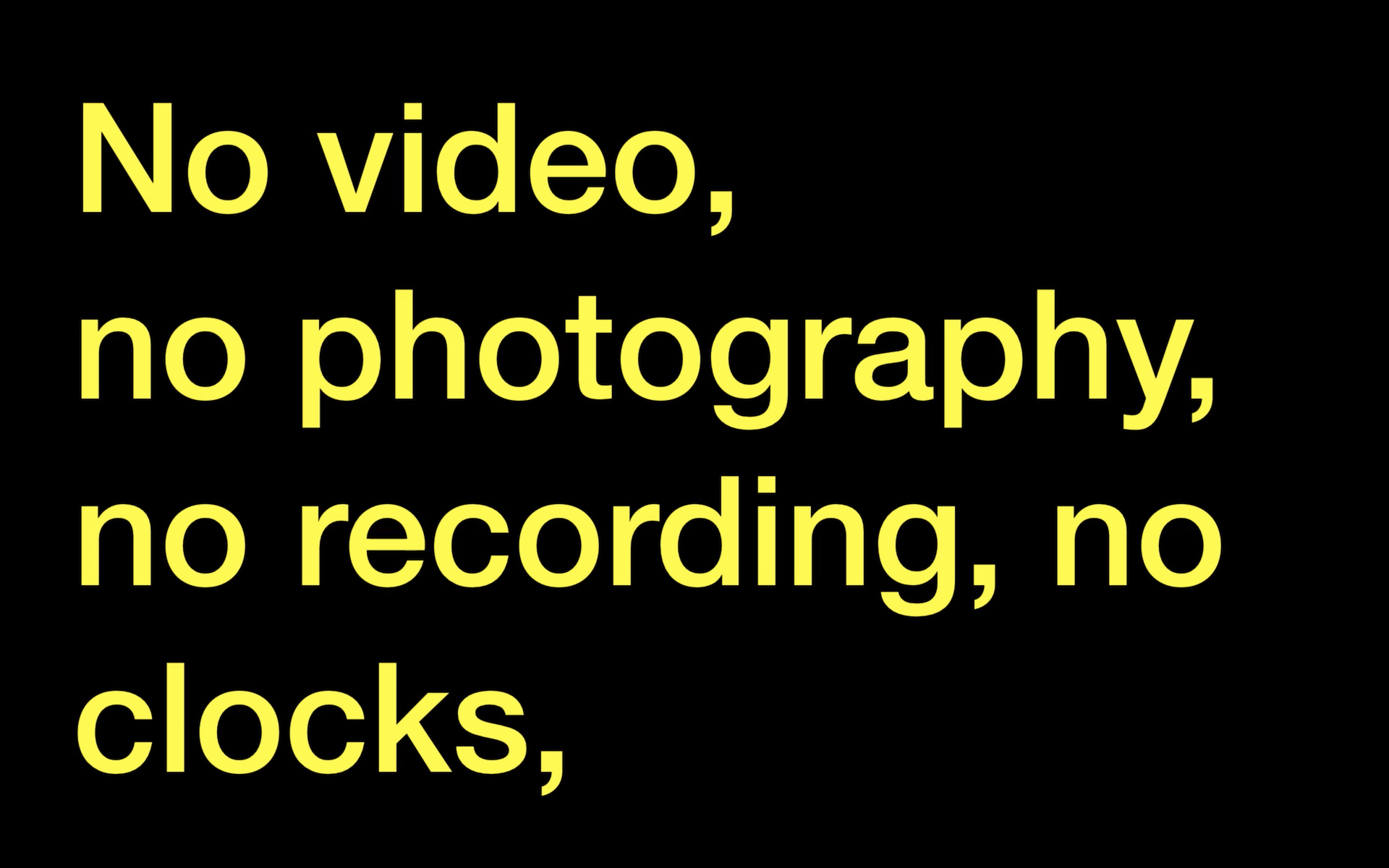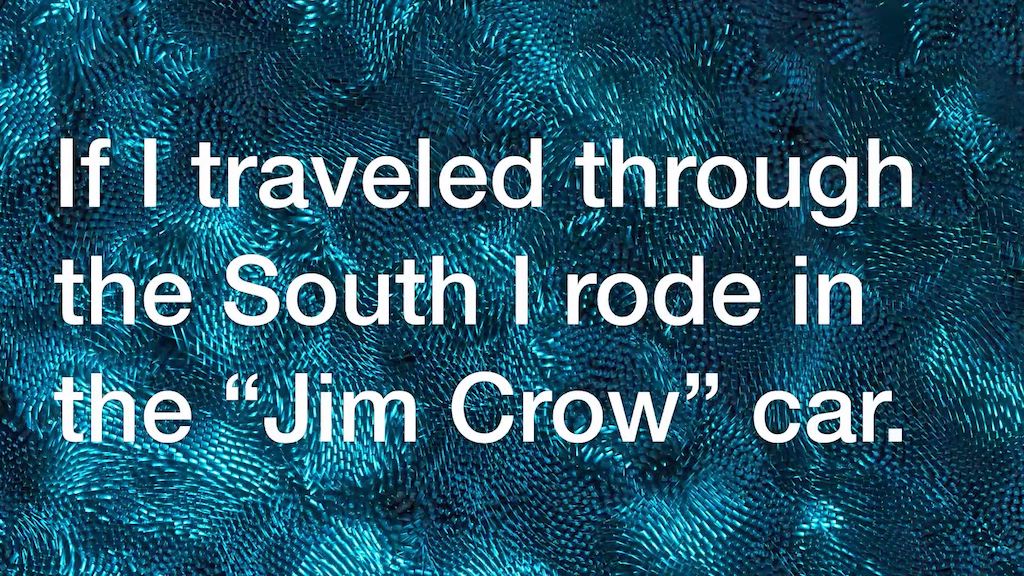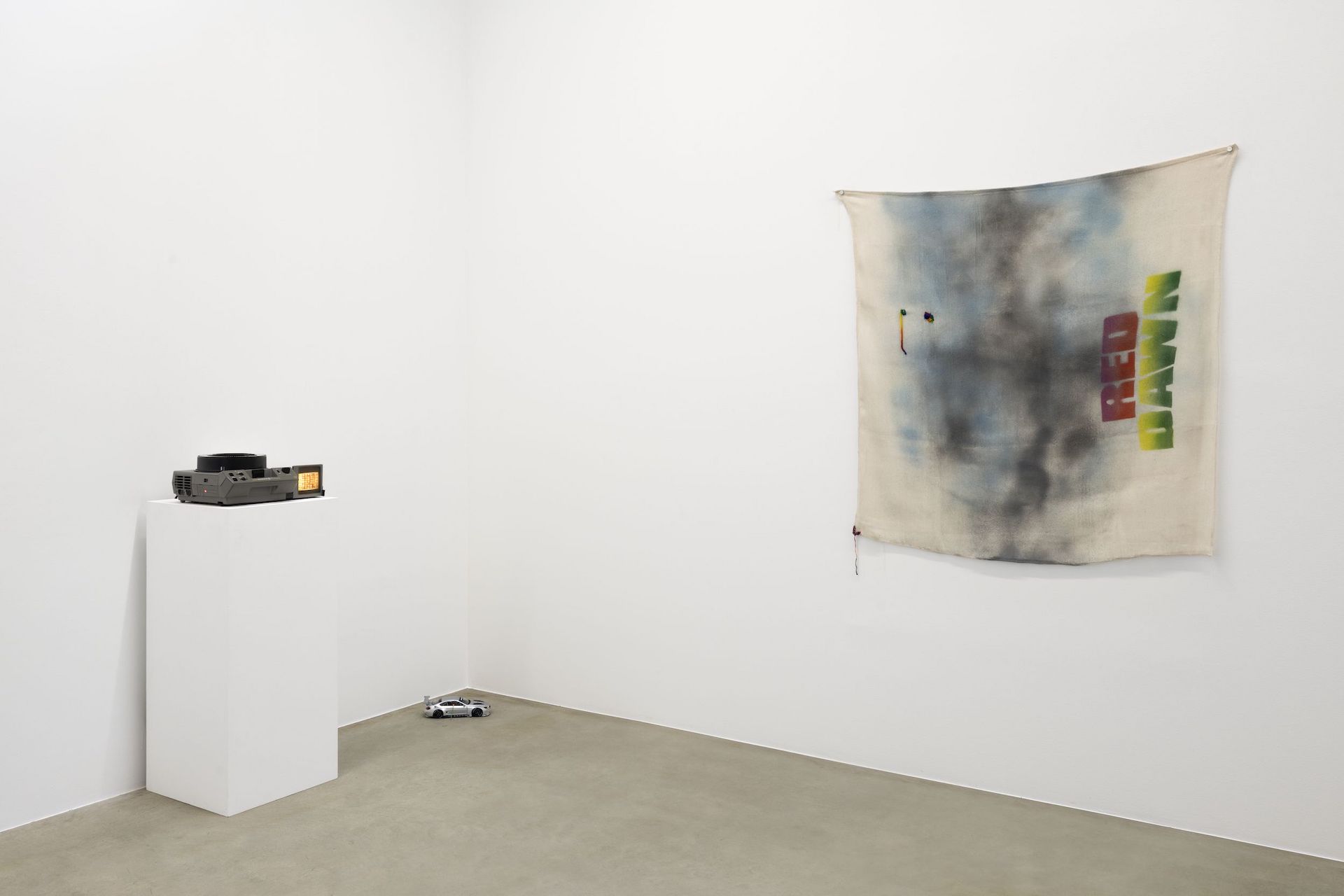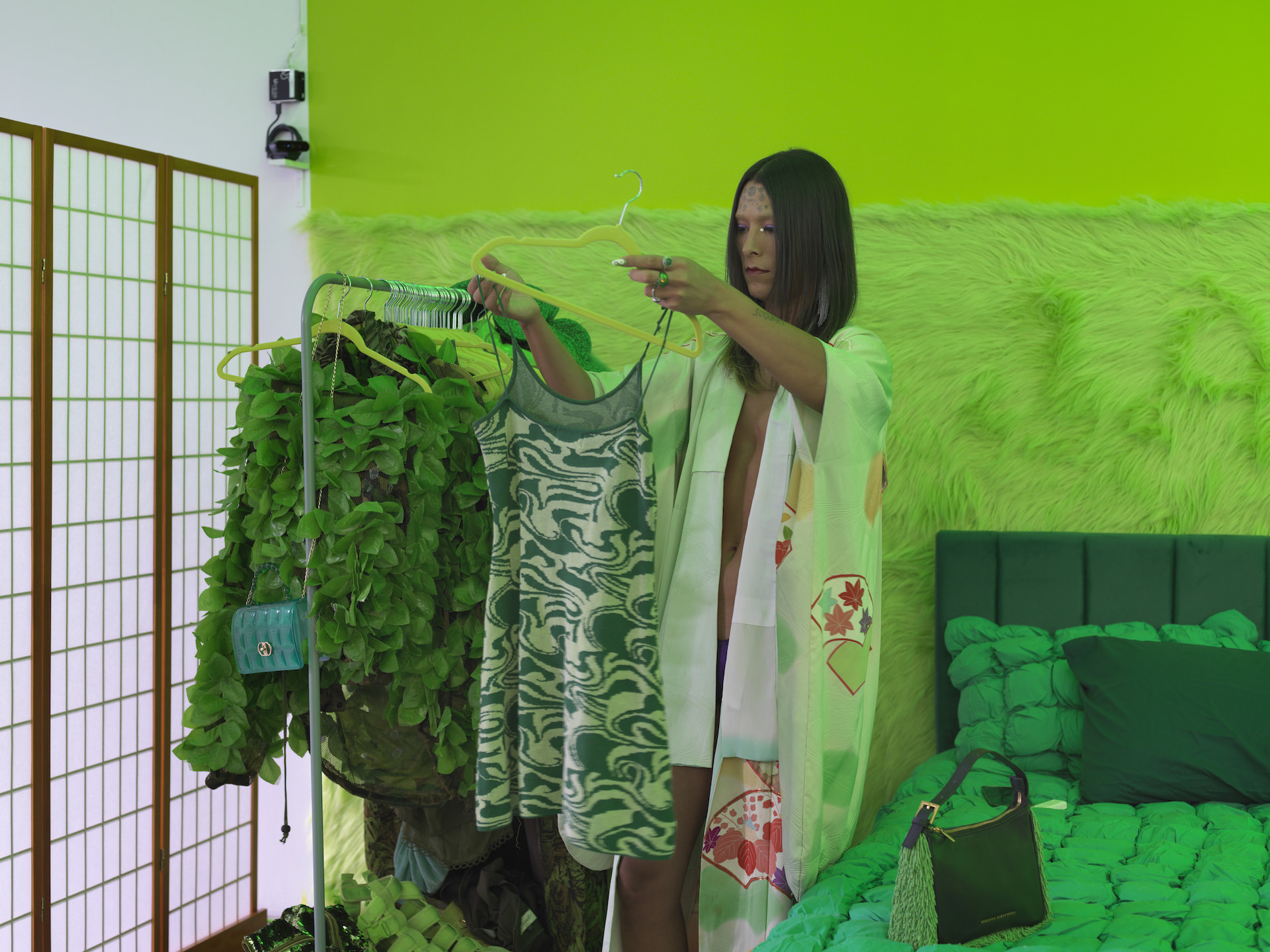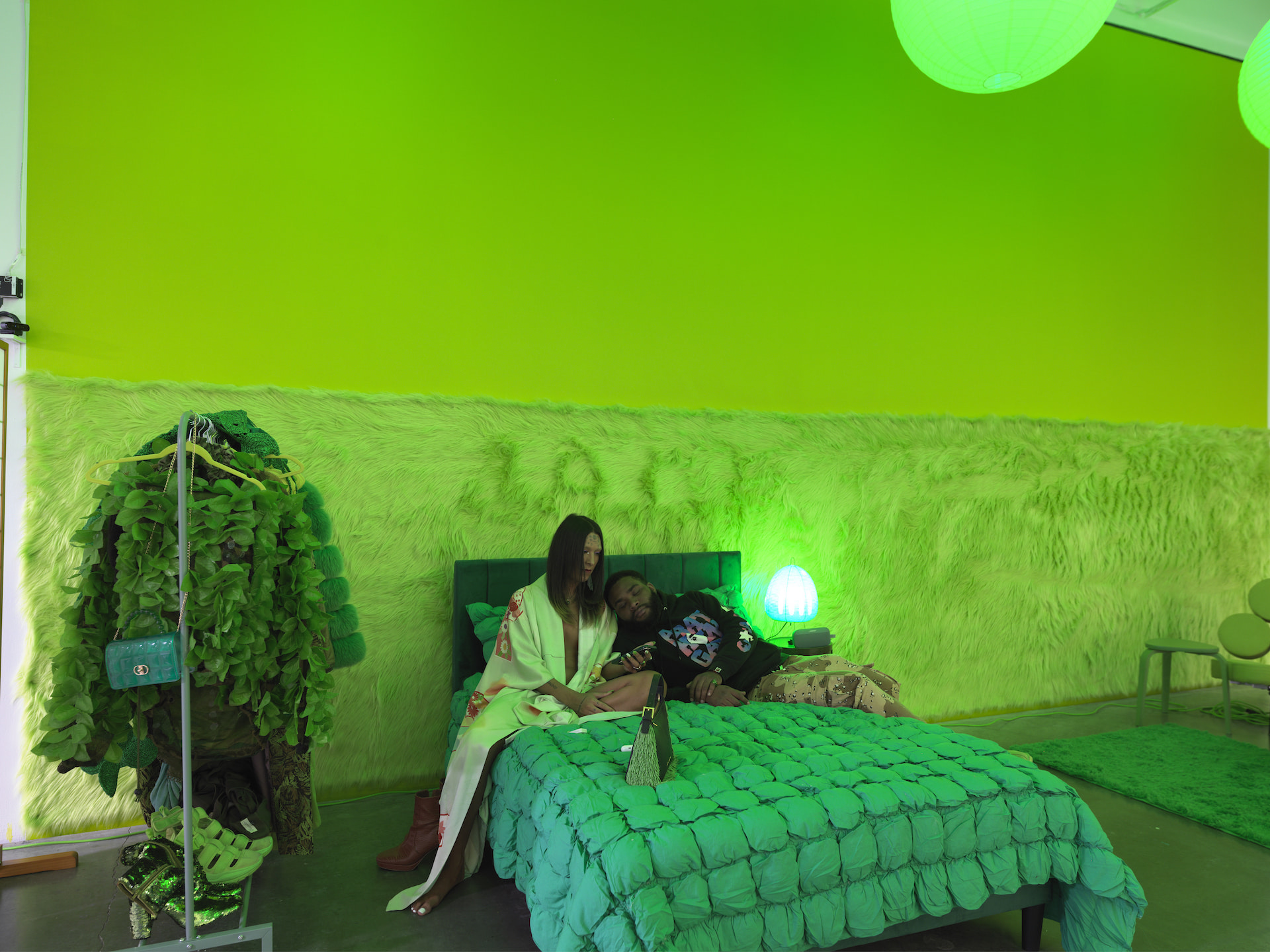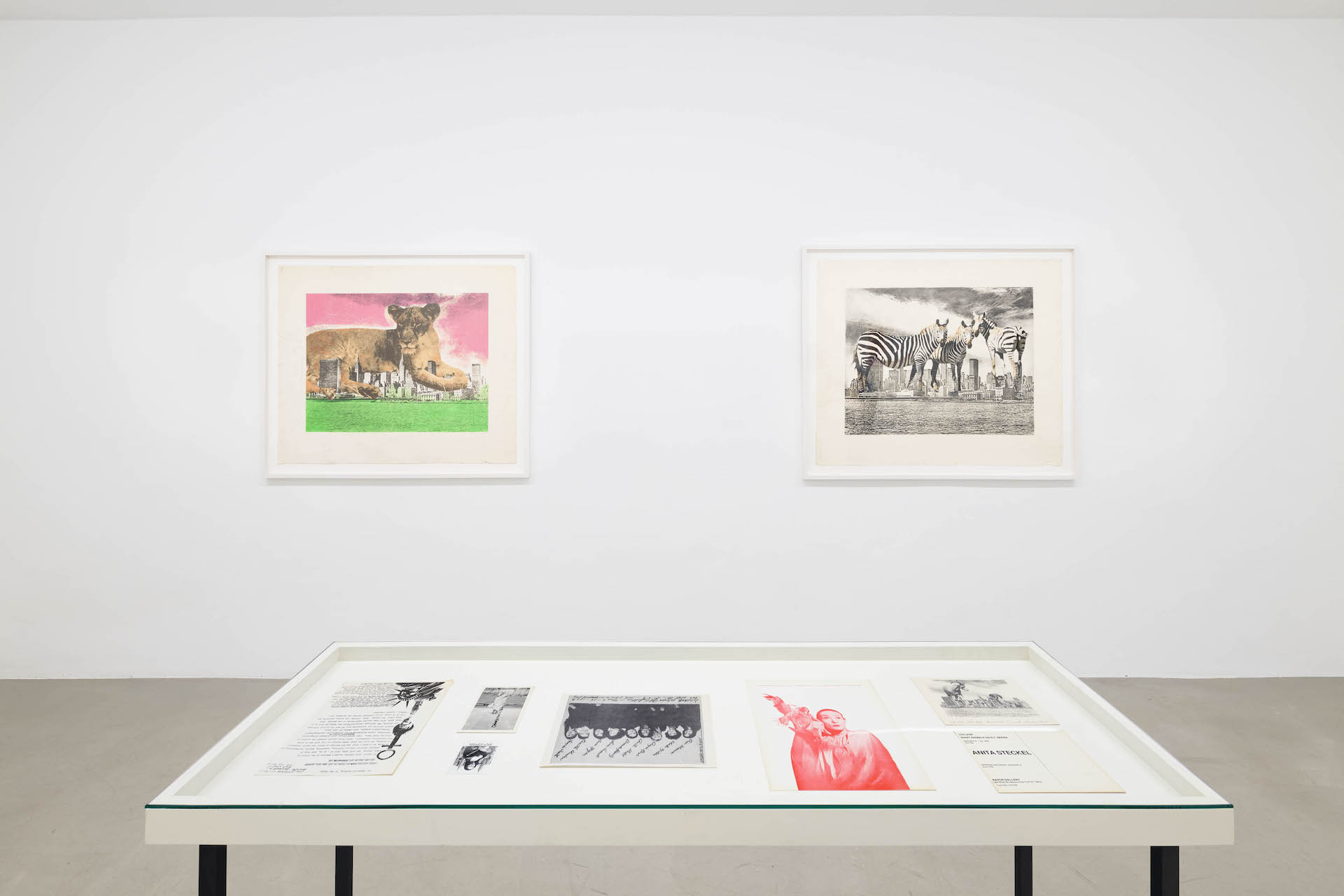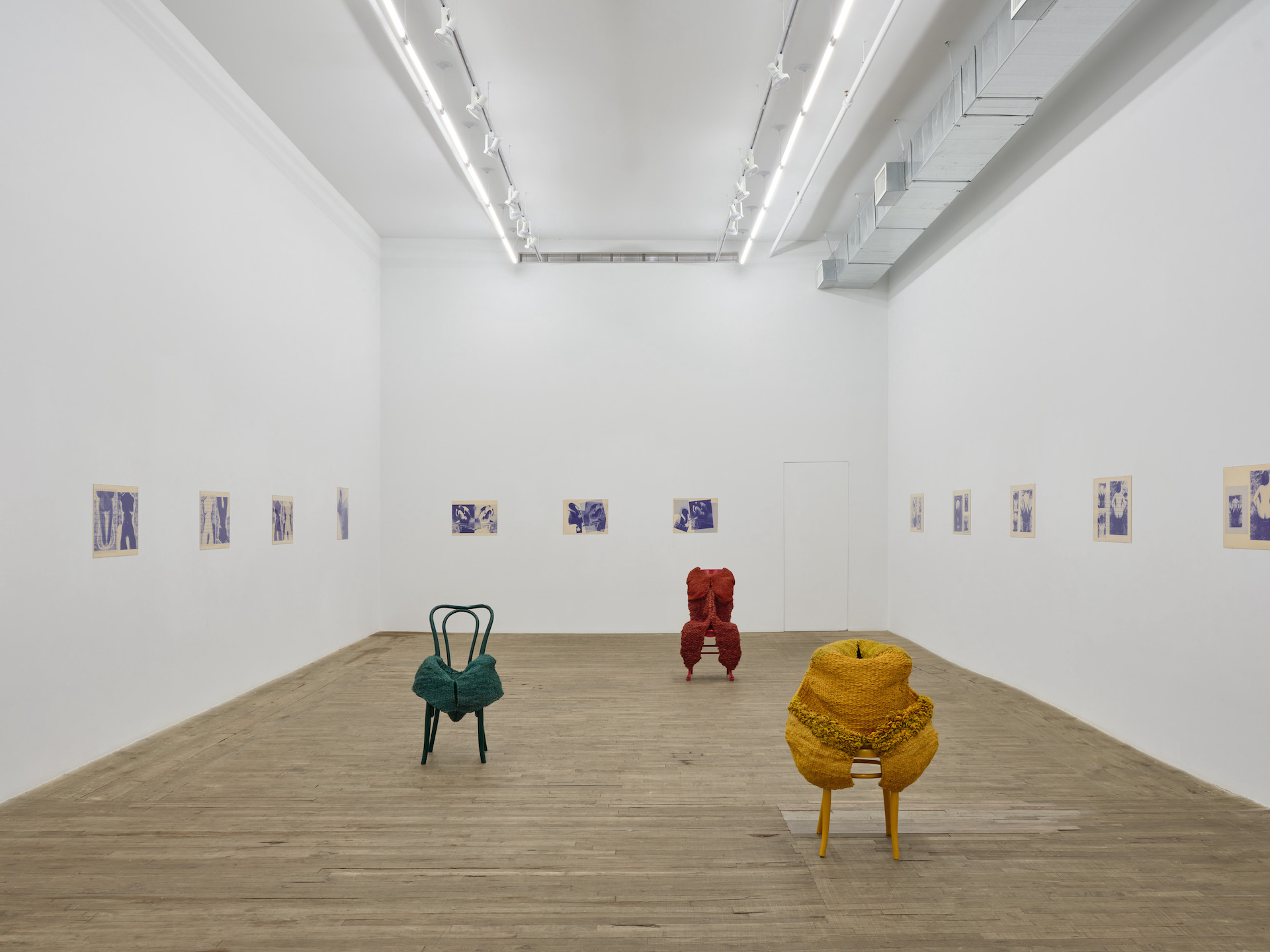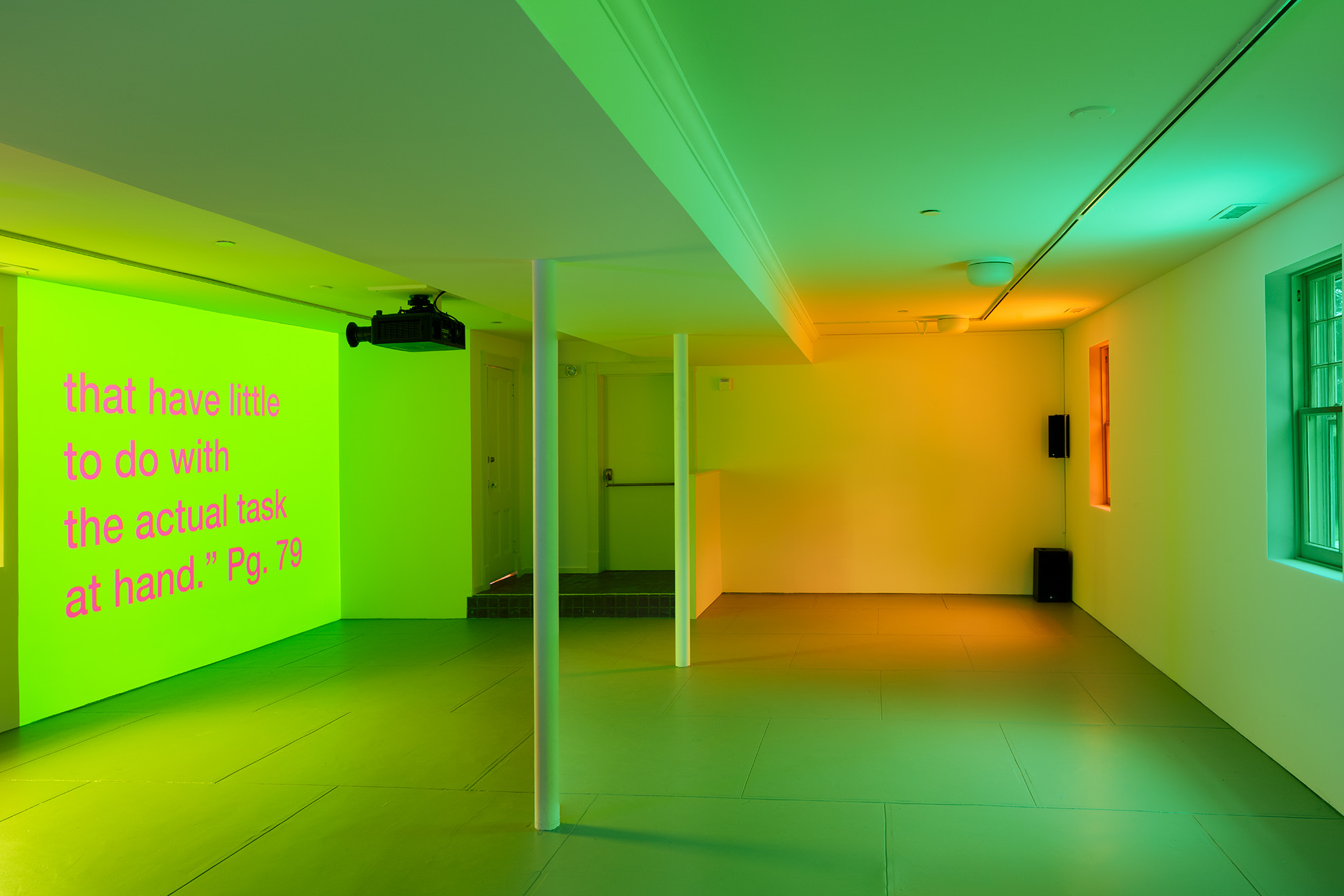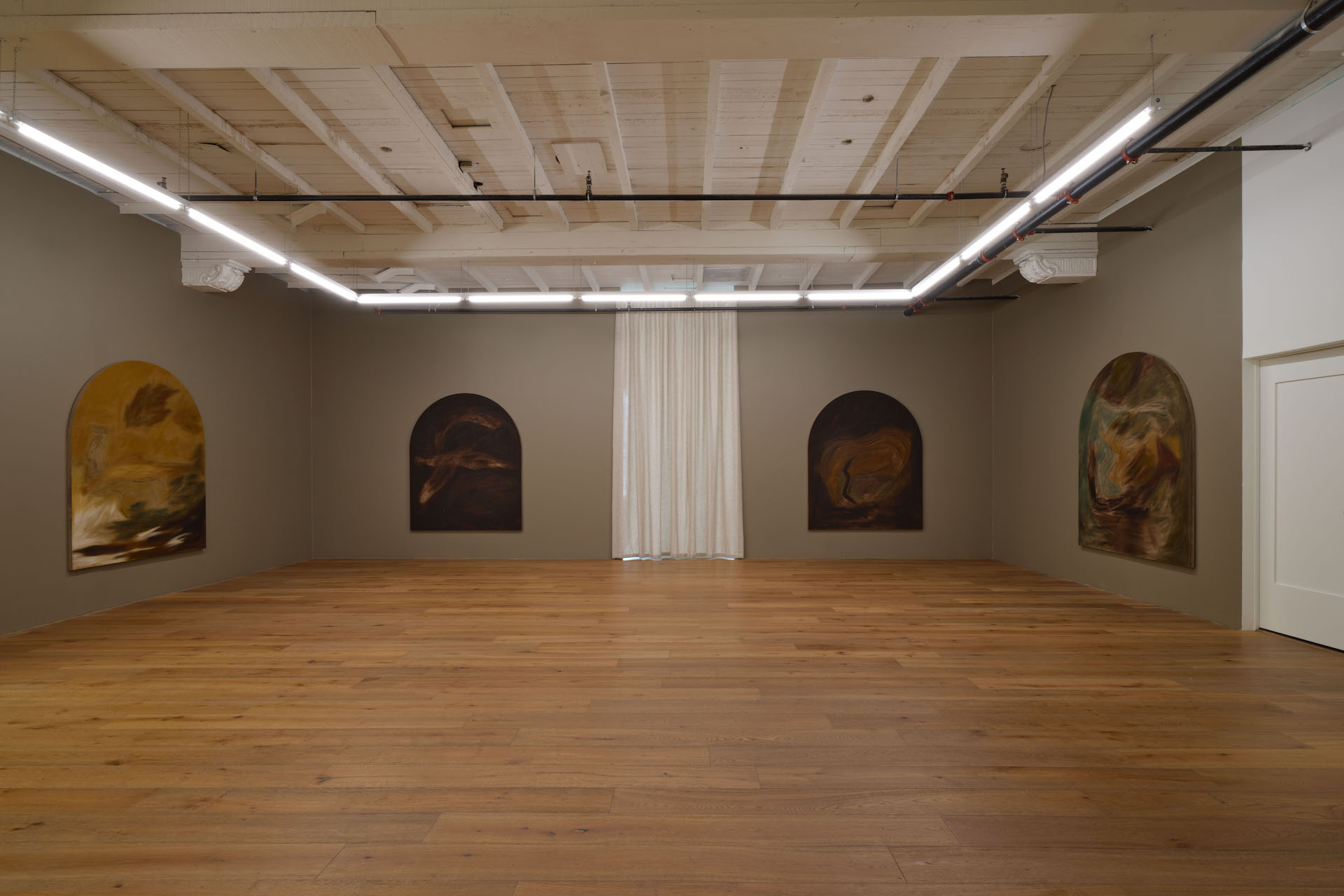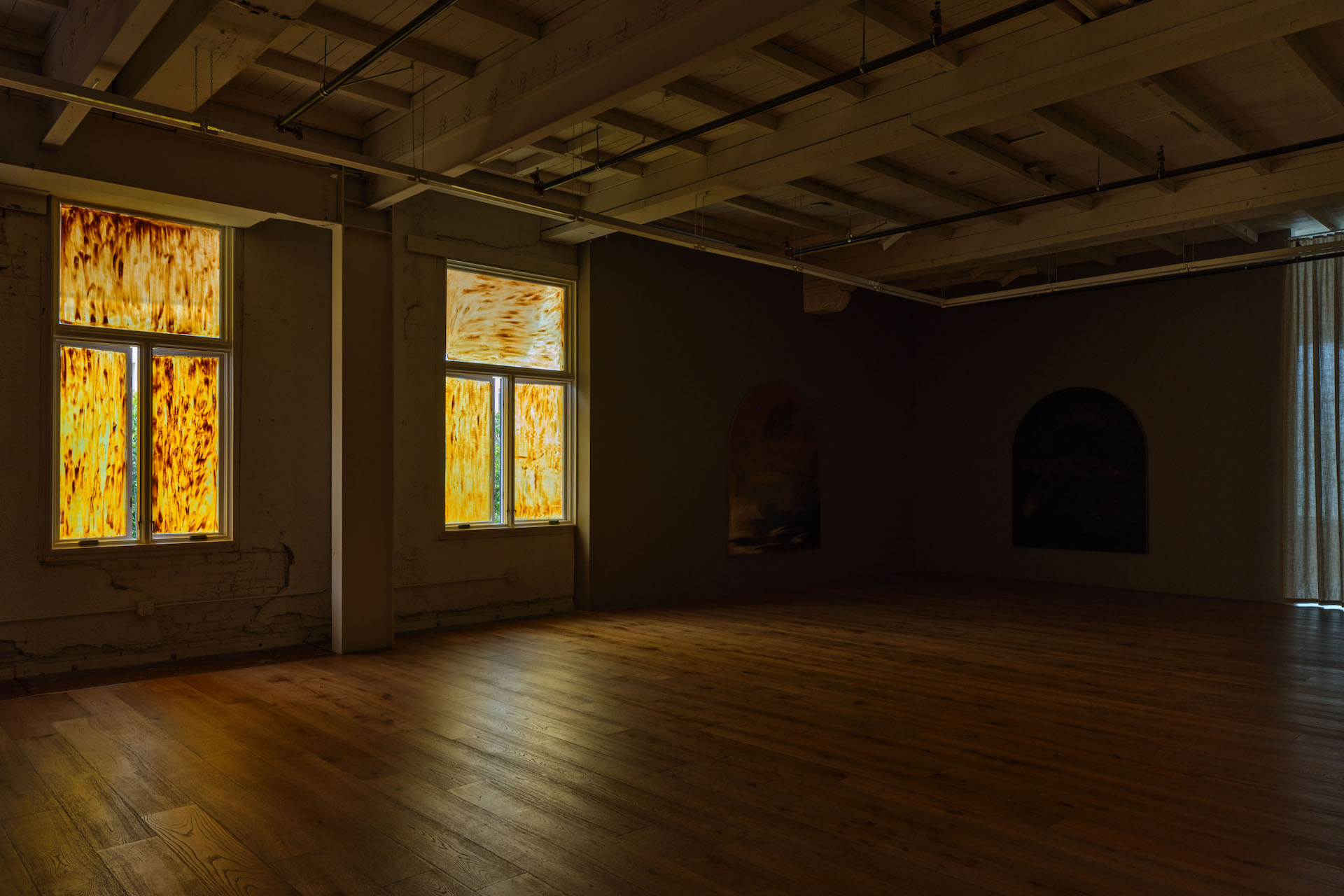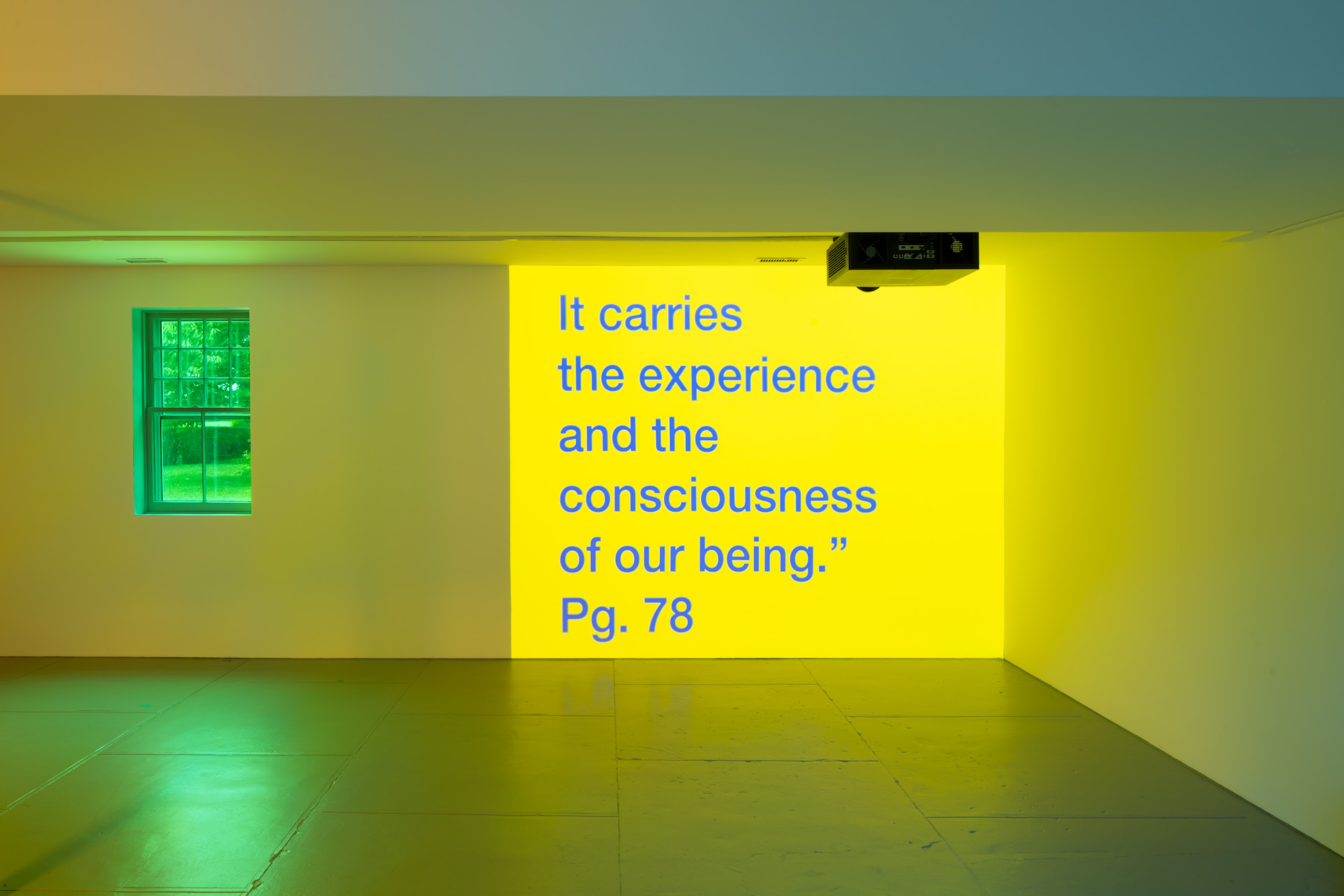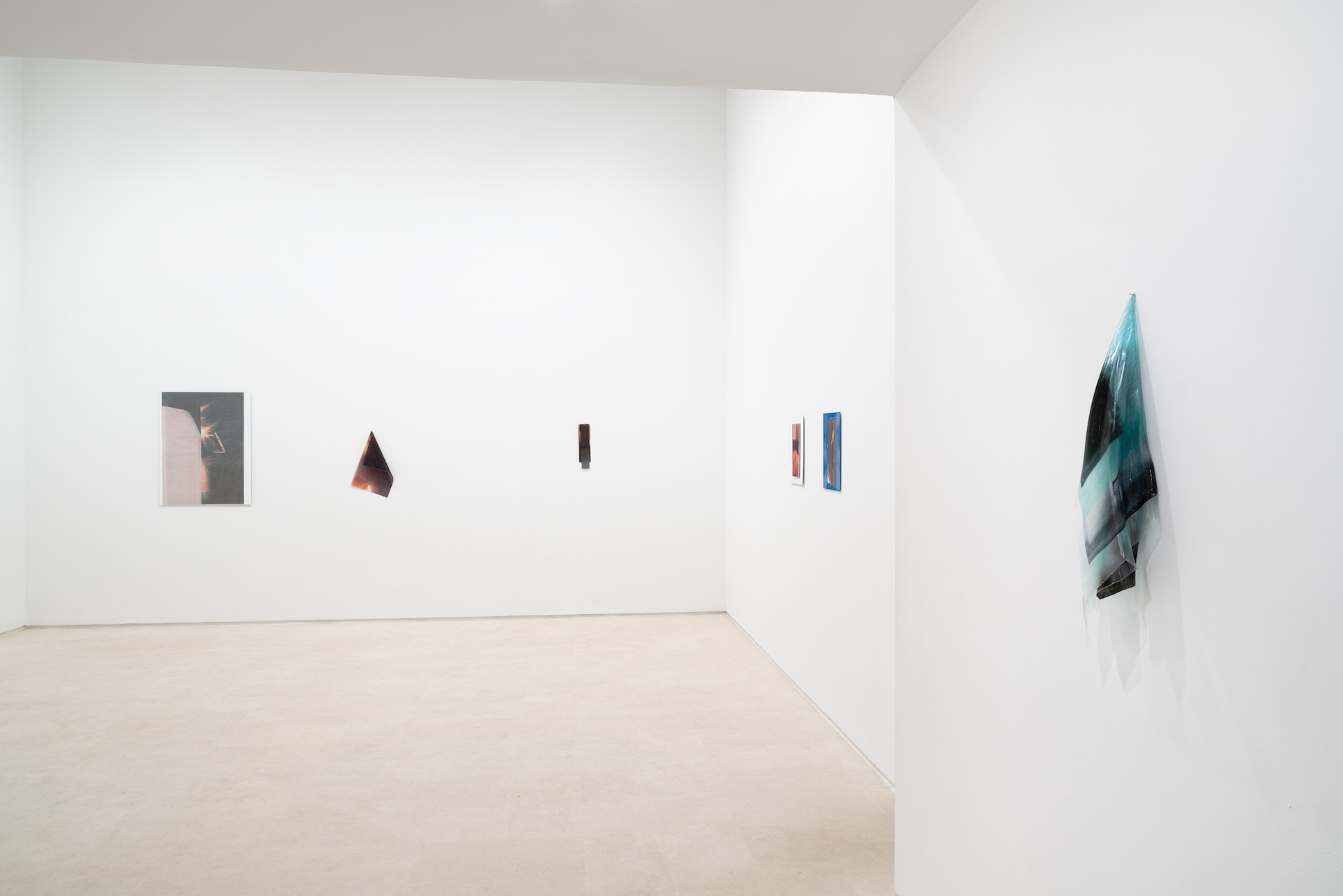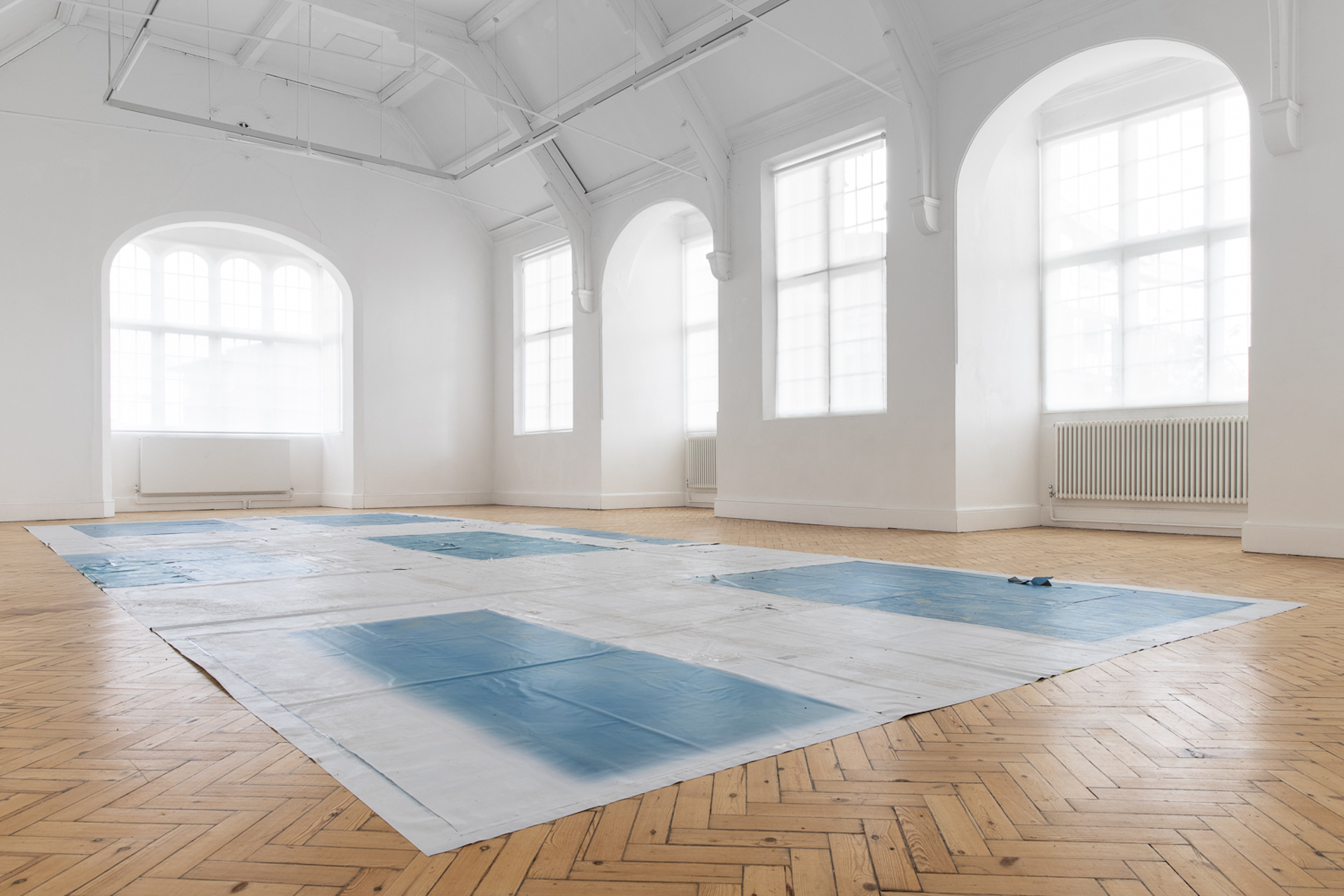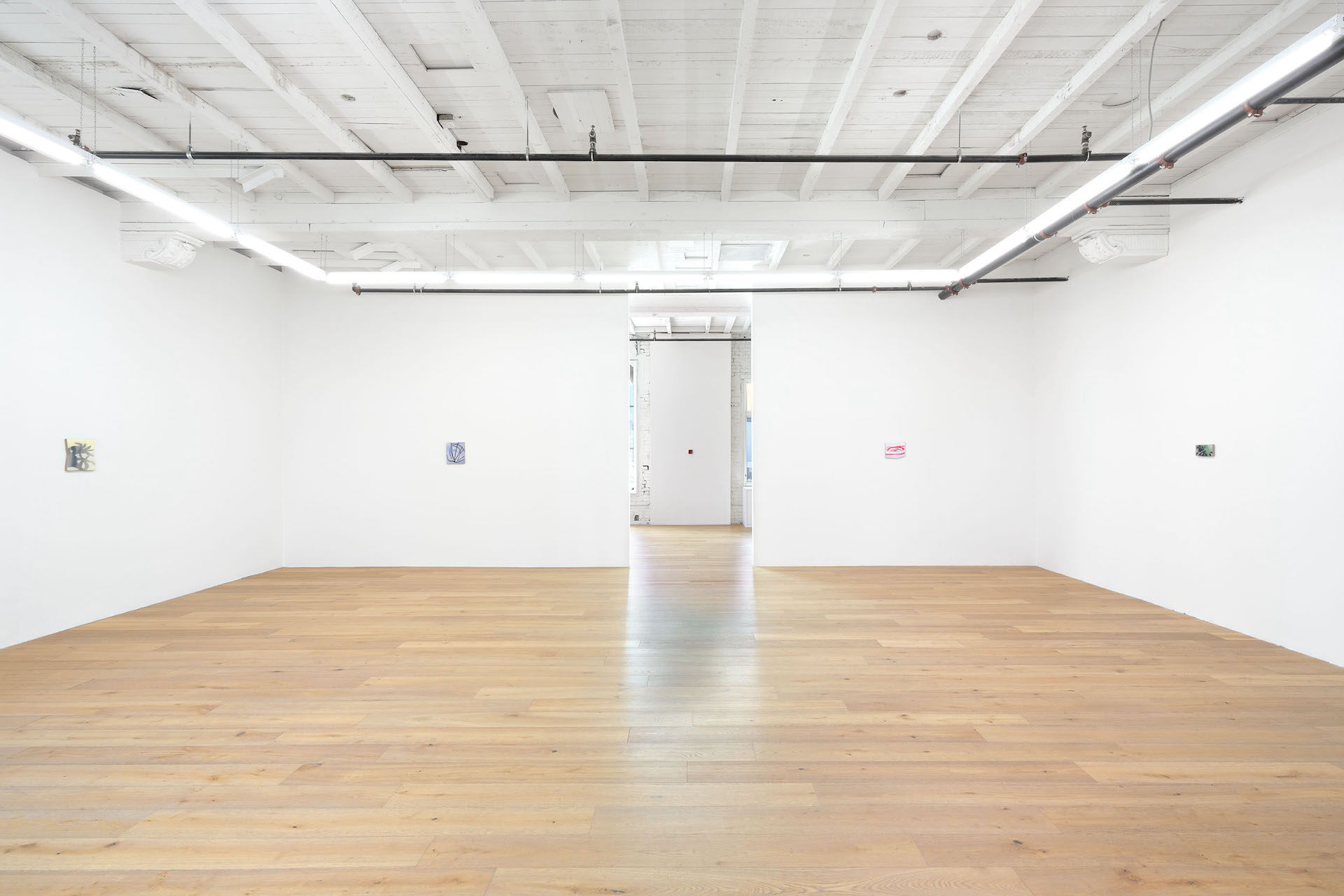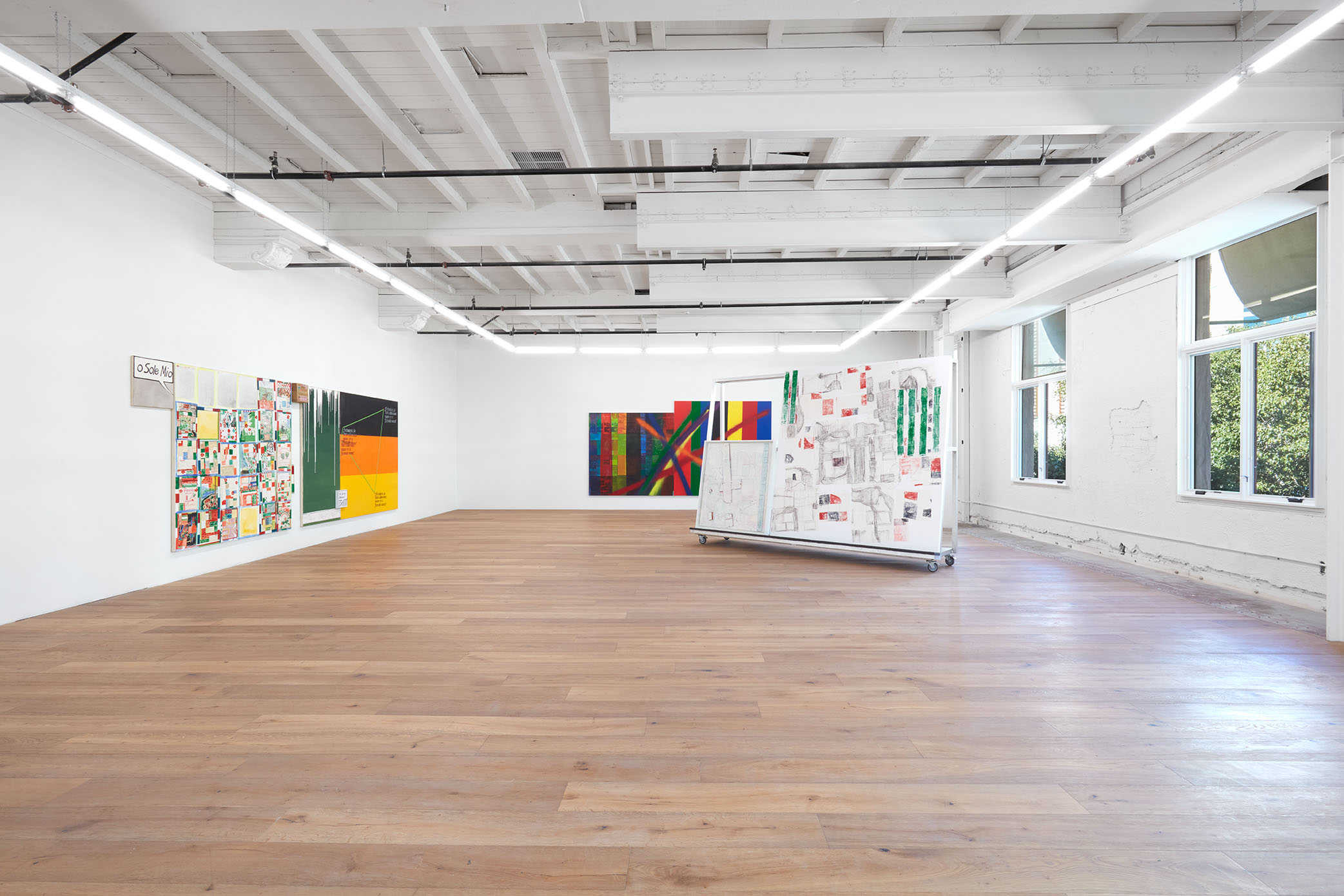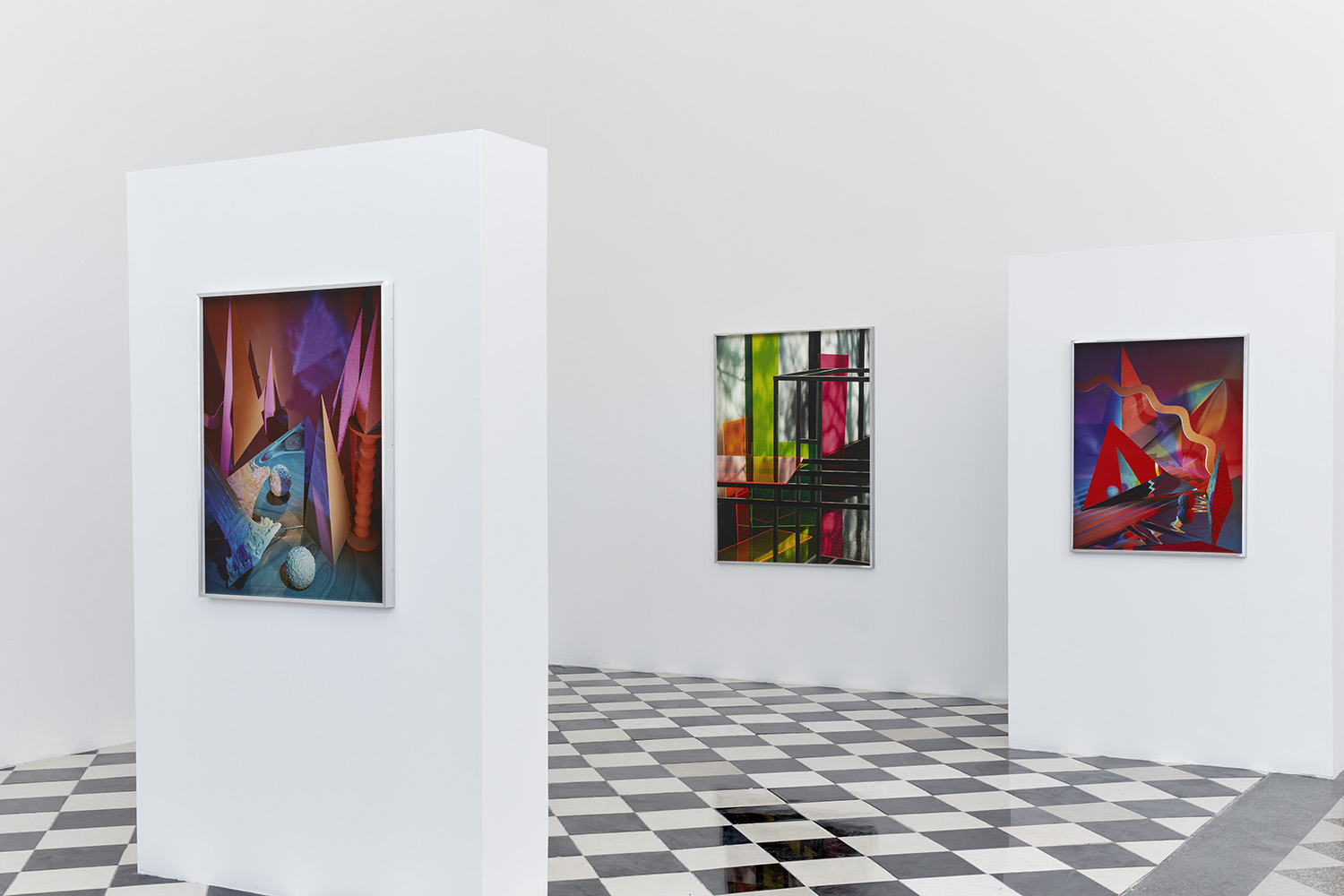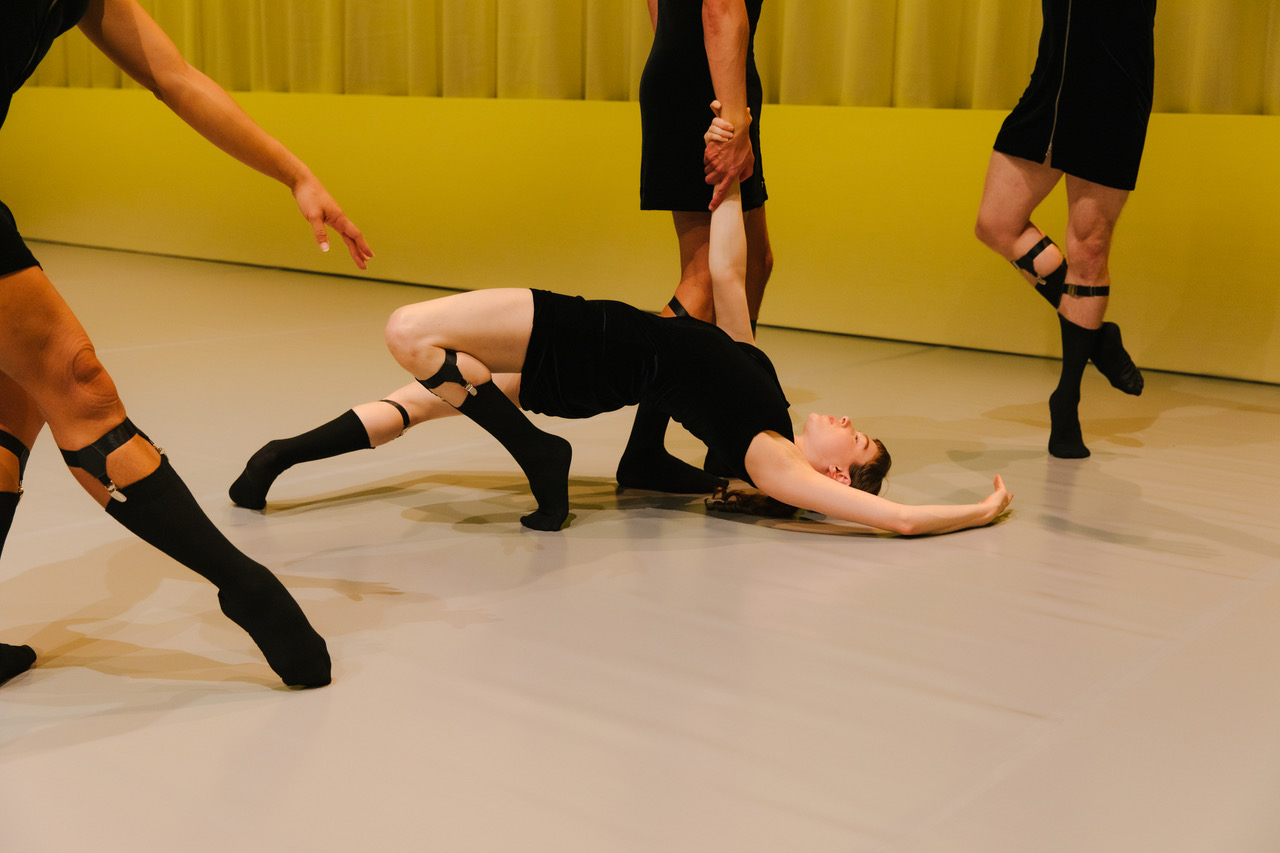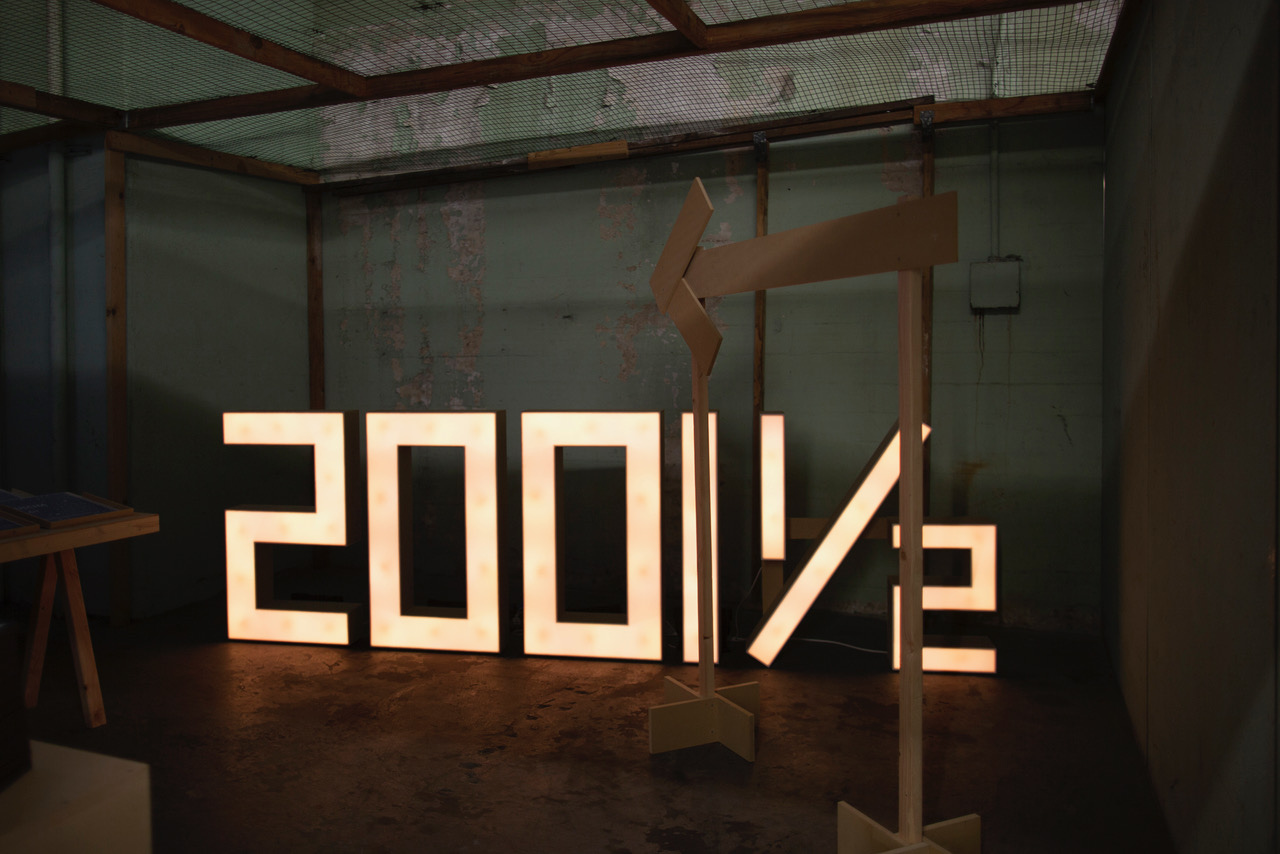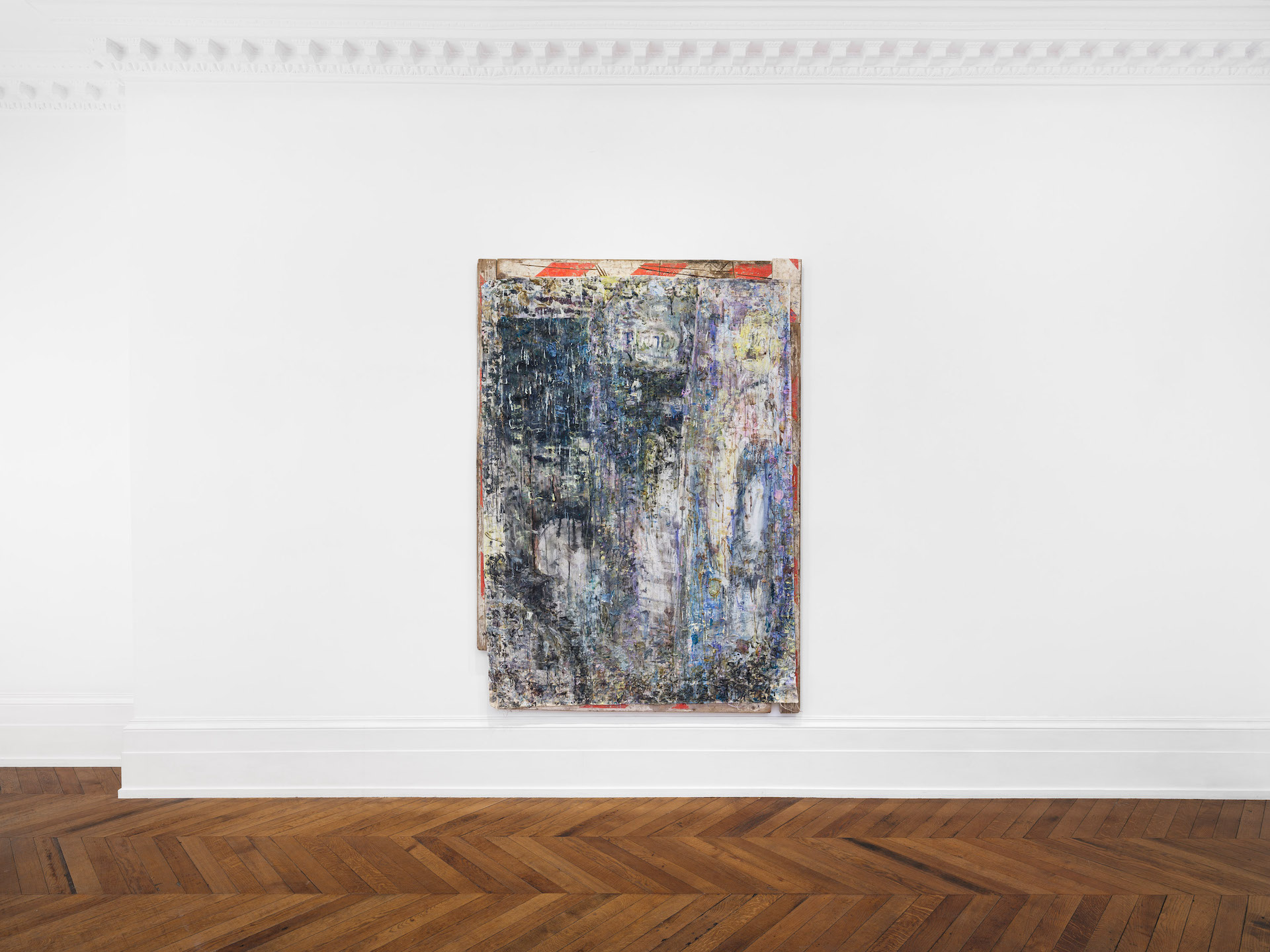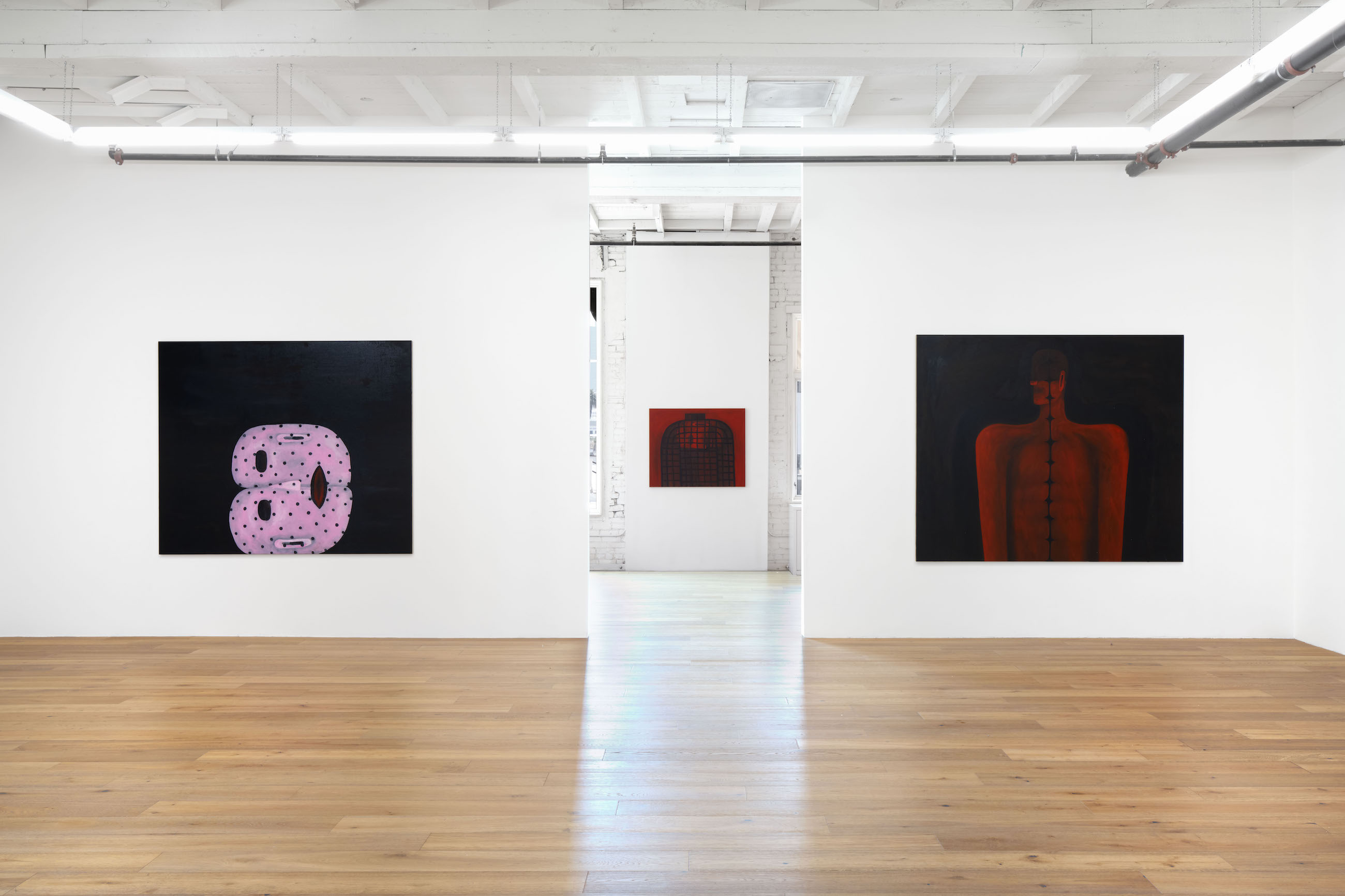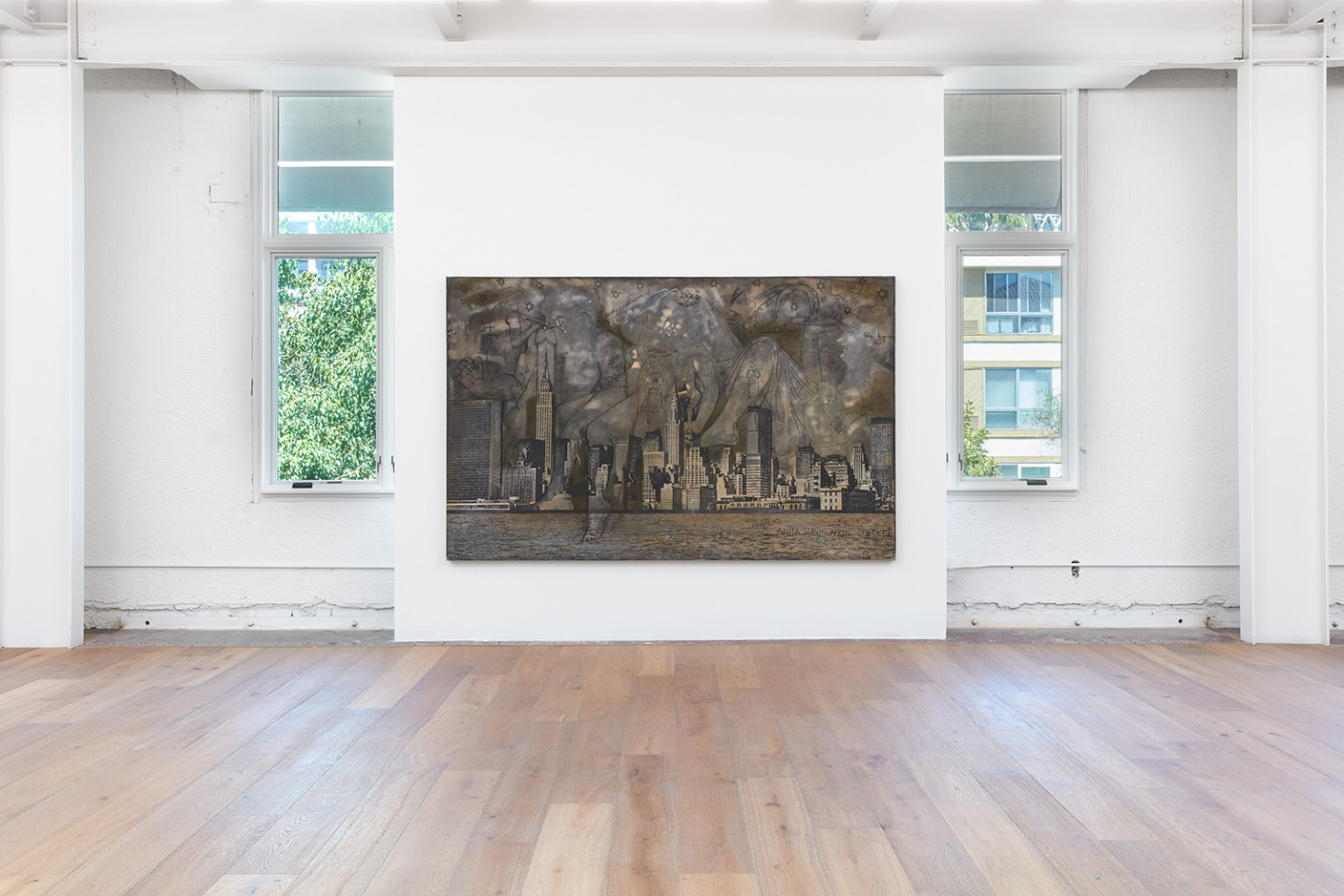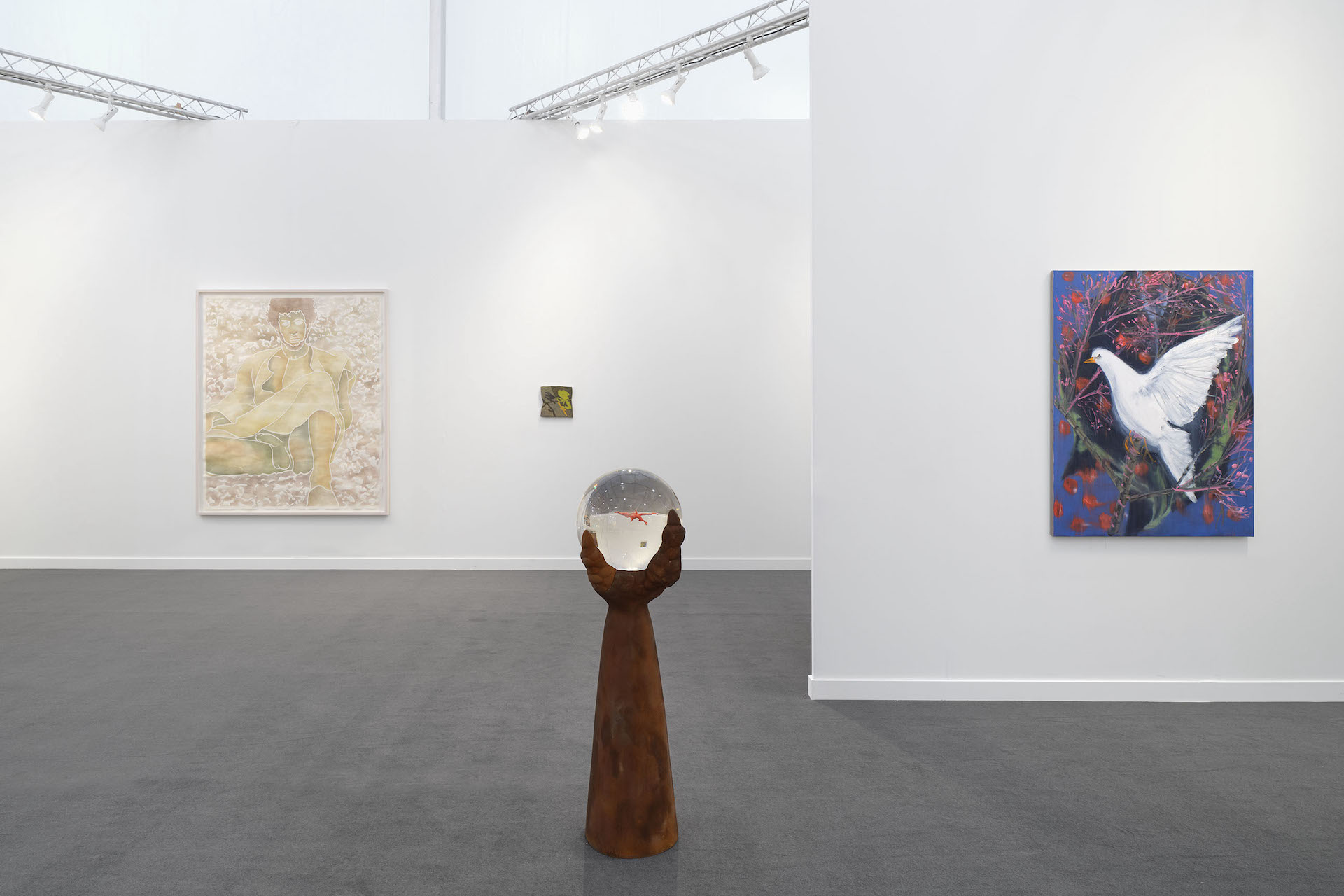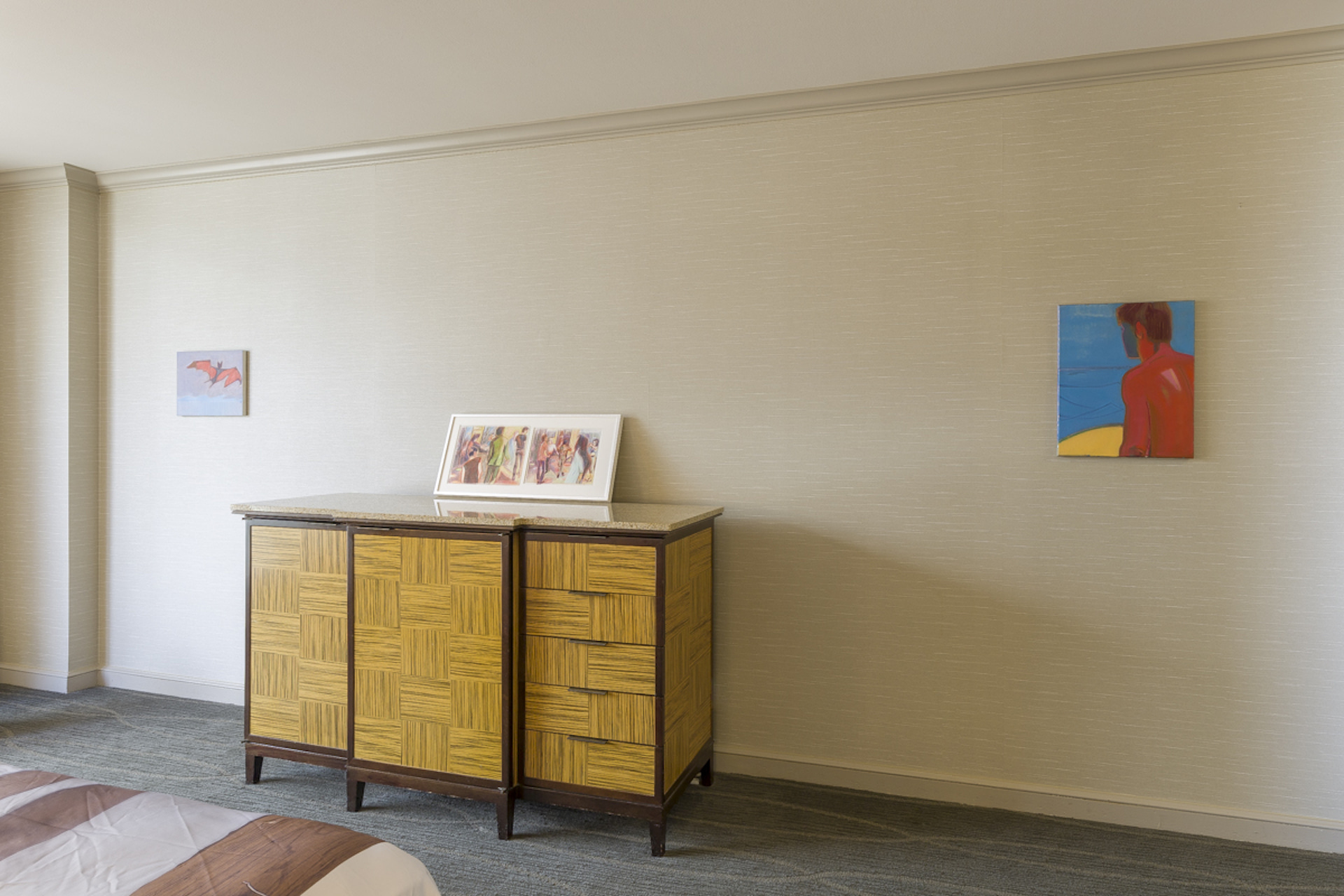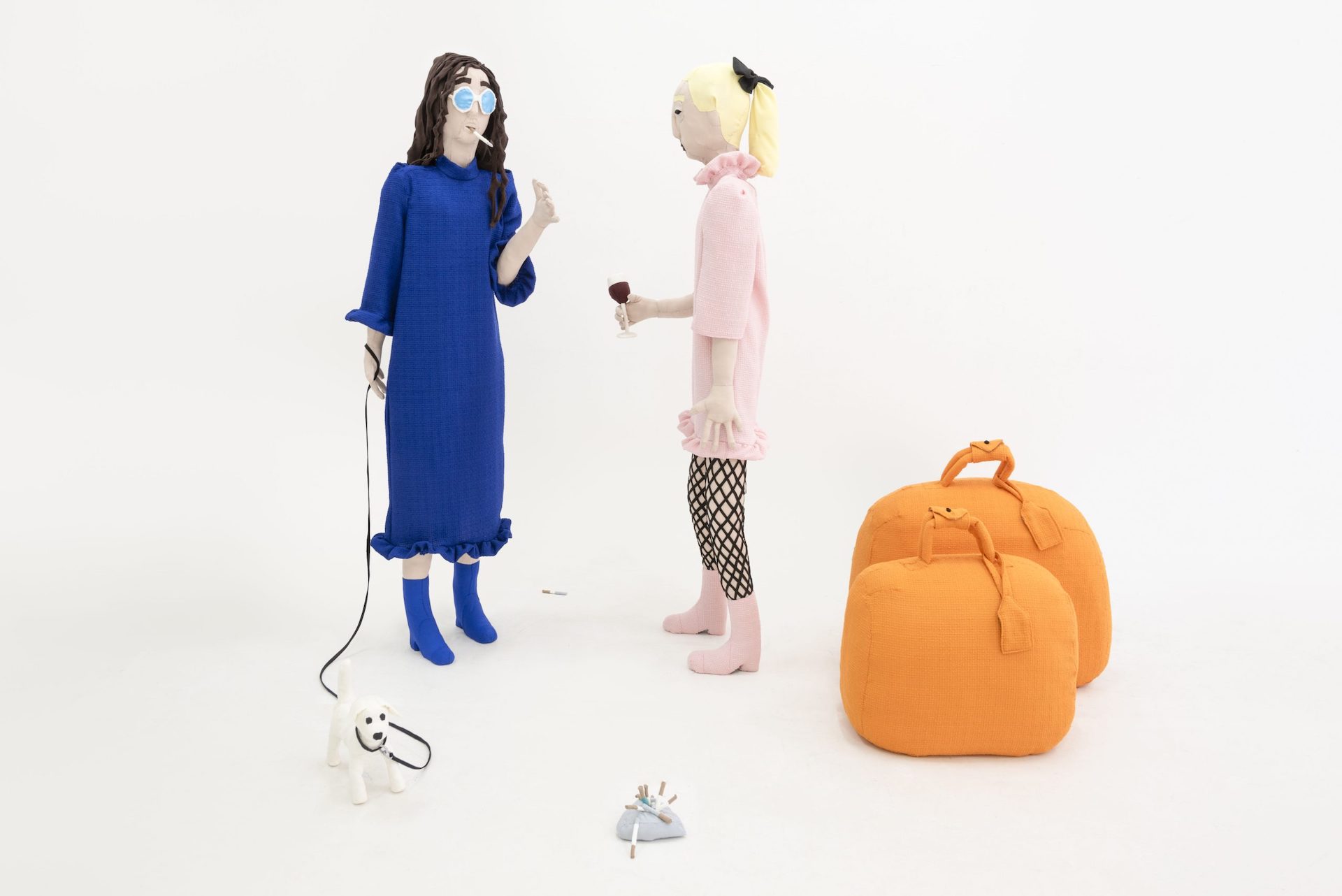Sam Falls
Sam Falls
09.05.14 – 10.25.14

Installation view: Sam Falls, Sam Falls, 09.05.14 – 10.25.14

Sam Falls, Untitled (Hudson, NY, Sumac Tree 1), 2014. Pigment on canvas. 138 x 162 1/4 inches (350.5 x 412.1 cm)

InInstallation view: Sam Falls, Sam Falls, 09.05.14 – 10.25.14

Sam Falls, Untitled (Venice, CA, Birds of Paradise 2), 2014. Pigment on canvas. 101 x 73 inches (256.5 x 185.4 cm)

Installation view: Sam Falls, Sam Falls, 09.05.14 – 10.25.14

Sam Falls, Untitled (Venice, CA, Palm 6), 2014. Pigment on canvas. 87 x 63 inches (220.9 x 160 cm)

Sam Falls, Untitled (Venice, CA, Palm 18), 2014. Pigment on canvas. 97 x 73 inches (246.4 x 185.4 cm)

Sam Falls, Untitled (Venice, CA, Palm 11), 2014. Pigment on canvas. 97 x 76 inches (246.4 x 193 cm)

Installation view: Sam Falls, Sam Falls, 09.05.14 – 10.25.14

Sam Falls, Untitled (Venice, CA, Palm 2), 2014. Pigment on canvas. 94 x 65 inches (238.8 x 165.1 cm)

Sam Falls, Untitled (Venice, CA, Palm 3), 2014. Pigment on canvas. 94 x 65 inches (238.8 x 165.1 cm)

Installation view: Sam Falls, Sam Falls, 09.05.14 – 10.25.14

Sam Falls, Untitled (Hudson, NY, 3 Baby Maple Trees), 2014. Pigment on canvas. 93 x 132 inches (236.2 x 335.3 cm)

Sam Falls, Untitled (Hudson, NY, 3 Baby Ash Trees), 2014. Pigment on canvas. 93 x 132 inches (236.2 x 335.3 cm)

Installation view: Sam Falls, Sam Falls, 09.05.14 – 10.25.14

Sam Falls, Untitled (Venice, CA, Palm 9), 2014. Pigment on canvas. 98 x 74 inches (249 x 188 cm)

Installation view: Sam Falls, Sam Falls, 09.05.14 – 10.25.14

Sam Falls, Untitled (Venice, CA, Palm drawing 9, triptych), 2014. Pigment on paper. 54 x 24 inches (137.2 x 61 cm)

Installation view: Sam Falls, Sam Falls, 09.05.14 – 10.25.14

Sam Falls, Untitled (Hartland, VT, Ferns 10V), 2013. Pigment on canvas. 132 x 93 inches (335.3 x 236.2 cm)
Exhibition information
These rain and plant works come out of my continued interest in the duality between representation and abstraction while also employing universal means to bridge the gap between artist and viewer, as well as the gaps between photography, painting, and sculpture. In a time when mechanical reproduction and technology constantly loom over visual art, I want to reinforce the natural elements as constructive tools not in opposition, but more as reciprocation, undermining the alienating means of production that technology continues to offer within art. What I mean is that the camera and darkroom, or computer and printer, when employed as an artistic tool can create a material distance between production and reception that looses both conceptual integrity and legibility. Like the sun works I’ve made, the rain can function as a descriptive artistic tool while also being a universal state of shared experience. As I move around the canvas outside, the viewer walks to work in the rain, drives home to dinner in the rain, and eventually comes in from the rain to the gallery.
These rain and plant works come out of my continued interest in the duality between representation and abstraction while also employing universal means to bridge the gap between artist and viewer, as well as the gaps between photography, painting, and sculpture. In a time when mechanical reproduction and technology constantly loom over visual art, I want to reinforce the natural elements as constructive tools not in opposition, but more as reciprocation, undermining the alienating means of production that technology continues to offer within art. What I mean is that the camera and darkroom, or computer and printer, when employed as an artistic tool can create a material distance between production and reception that looses both conceptual integrity and legibility. Like the sun works I’ve made, the rain can function as a descriptive artistic tool while also being a universal state of shared experience. As I move around the canvas outside, the viewer walks to work in the rain, drives home to dinner in the rain, and eventually comes in from the rain to the gallery.
I took plants as the common subject matter for this body of work not only for their legacy in art history, but their reference to place. The works here were made in three specific and personal climates: the ferns surrounding my childhood home in Hartland, Vermont, the palm fronds in my backyard in Venice, California, and the flowers around our garden and trees in the woods surrounding our house in upstate New York. Beyond the native vegetation delineating geography, these “paintings” represent duration and environment, visible in the scattered heavy rains of Southern California, to the light spring mist in Vermont, and the humid summer showers of New York State. Representation and abstraction are the fundamental elements of western art history and contemporary art, respectively, and the conceptual goal of these works is to address the present relevance of both forms in one work. The works are essentially landscape paintings, where there is a discrete image of the plant, as well as a pure abstraction unique to the precipitation that created it. Like a photogram, the image is a negative of the actual subject, and like an icon, the subject surpasses its image to reference a world outside of the painting. And like the paintings of Pollock or Frankenthaler, they’re made flat, but now on the ground outside by the hand of nature rather than the hand of the artist. And that’s what I think is relevant today, an image that speaks to an empirical place outside the frame, and pure abstraction that returns the viewer to their own references and understanding of process, not the ghost of the artist in the studio with an idiosyncratic impulse and method. Furthermore, the colors function as a serial descriptive agent, they’re chosen at random and used only as an illustrative tool – their mixture and color combinations a virtue of the material and process, not creative or emotional decisions.
As Sol Lewitt said, “When an artist uses a conceptual form of art, it means that all of the planning and decisions are made beforehand and the execution is a perfunctory affair” (Sol Lewitt, Paragraphs on Conceptual Art). The palm fronds were harvested from the various palm species in my back yard in Venice and placed on the raw canvas, cut to fit the respective palms, then a dry pigment is scattered over the entire piece and left for the rain. It rains short and hard, the canvas is heavily speckled in a short rain and in a longer storm it really blends and runs. As it dries sometimes water from an overhanging palm tree will drop and leave a large heavy drop, or an alley cat will even walk over the painting, further describing the surroundings.
After working on the ferns and palms over the course of the year, I was interested in attaining a working structure for experimentation in the rain. Like Los Angeles where we moved to have unrestricted access to sunlight throughout the year for outdoor light works, we moved to upstate New York for the summer where it rains off and on every week. Unlike the temporary visit to my mom’s house or the sporadic and fugitive rainfalls in California, I could use the outdoors here like a studio, working almost everyday with the rain as an available tool. The result was more varied, one day the black eyed susans were in bloom around the garden so I harvested these for a painting, the next I spent time in the woods cutting down trees to begin clearing paths for walking and sitting. The result describes not only a geography with specific species like the ferns and palms, but a domestic space as well as wild surroundings; the paintings from New York illustrate not only a place but a home.
The scale of these works is an environmental size, they inhabited the outdoors before the indoors. Influenced both by the traditional scale of the studio and massive projects of Land Art, these pieces reside somewhere in between. The relational essence of the artworks also falls between these histories, where the studio could be the equivalent of renting a private apartment and Land Art the assertive erection of a public building, while this method is “leave no trace” camping; going out into nature with only what you can carry, spending time alone and interacting with a shared space, then taking away with you everything you came with, along with an enriched connection to the work. The ideal translation of this is that it mimics the viewer’s interaction with the art in the gallery. I can faithfully say these works not only serve as a conceptual testament to the tools of nature amidst technology, but the value of our mutual experience of the world in which we live.
– Sam Falls, August 2014
Sam Falls currently has an exhibition at the Public Art Fund in New York, NY, USA. He will also have a solo exhibition at Pomona College, CA, USA, and at the Ballroom Marfa in 2015. Solo and group exhibitions of his work have been held at LAXART, Los Angeles, CA, USA, 2013, Madre Museum, Naples, Italy, 2014.
